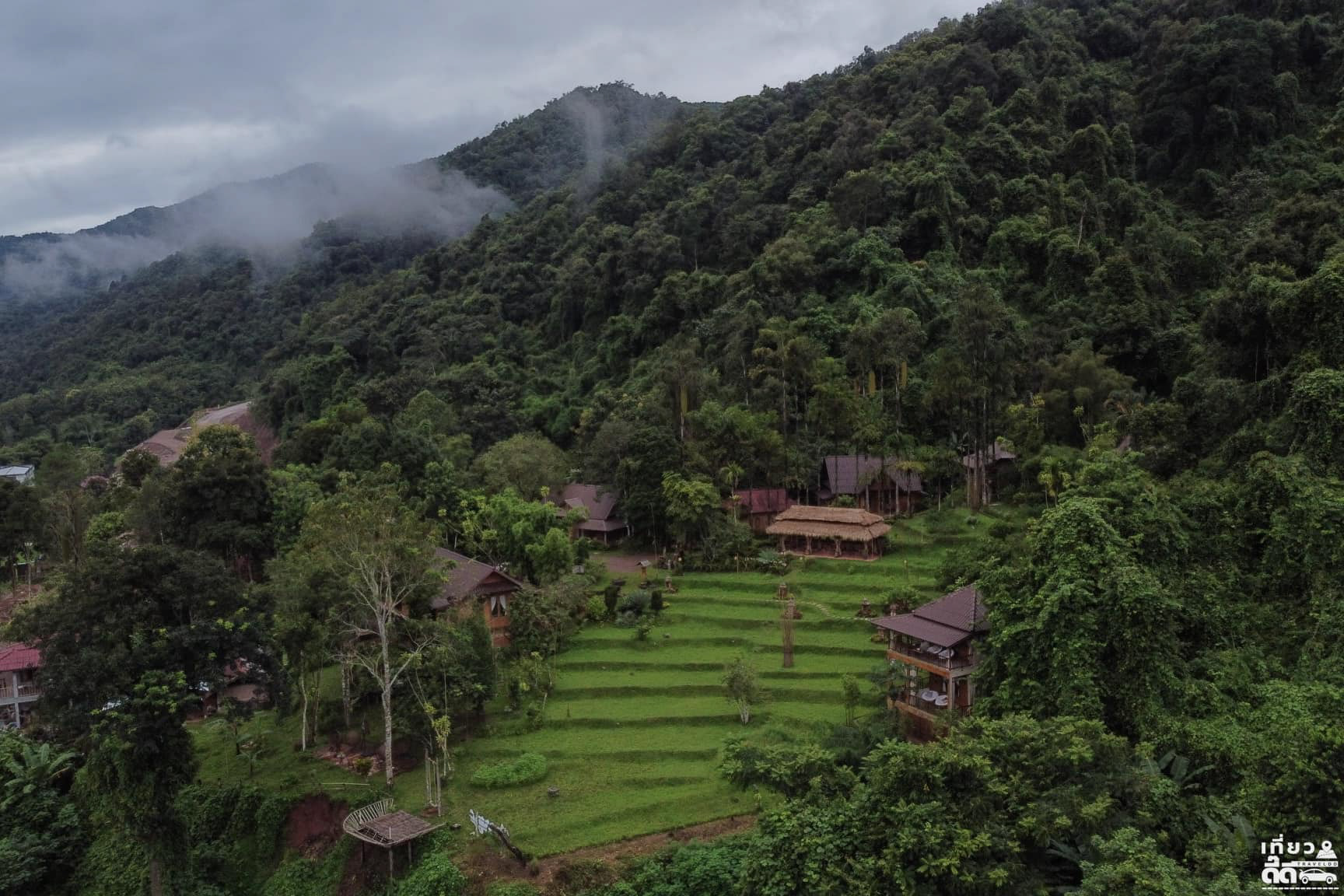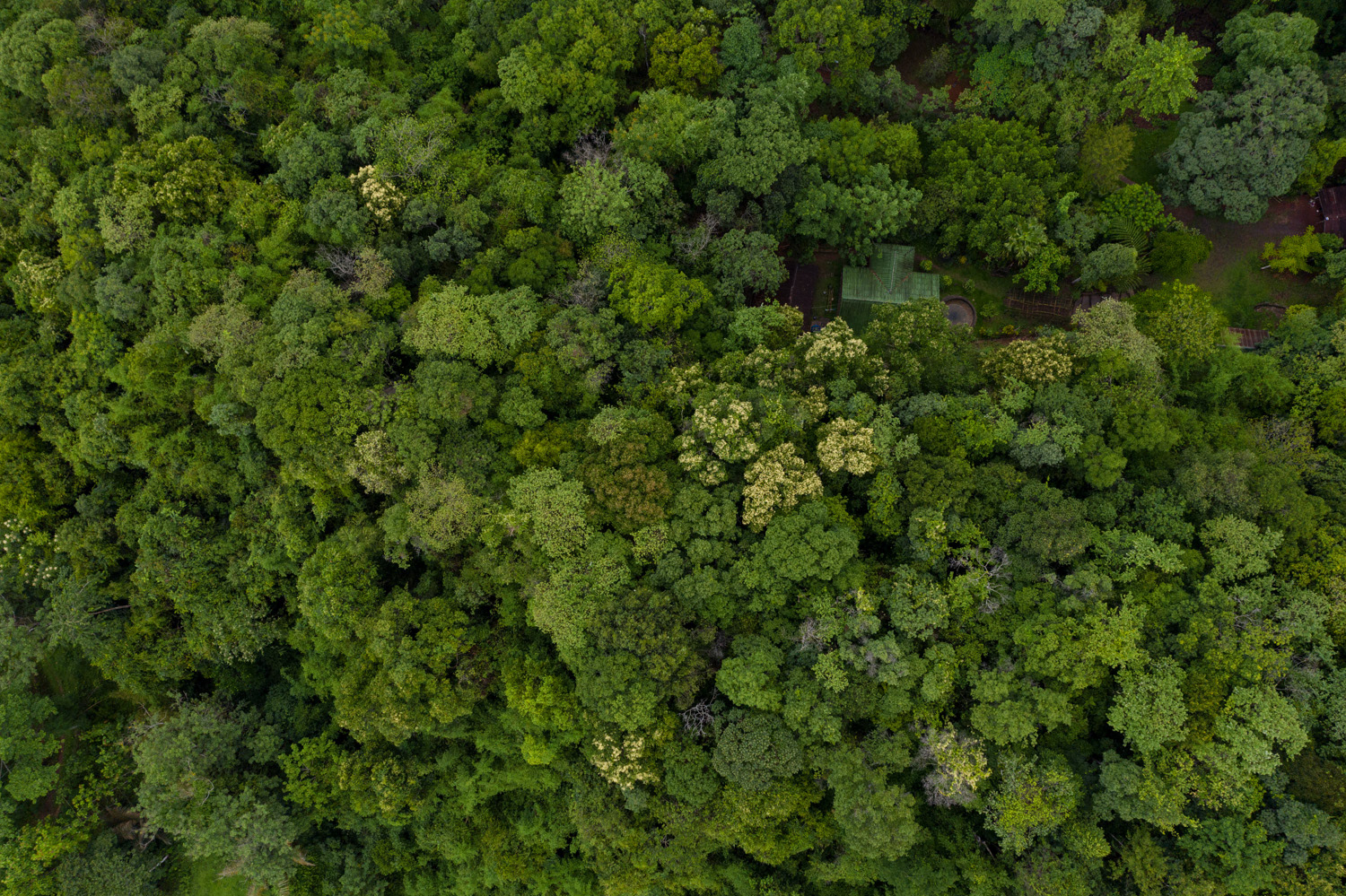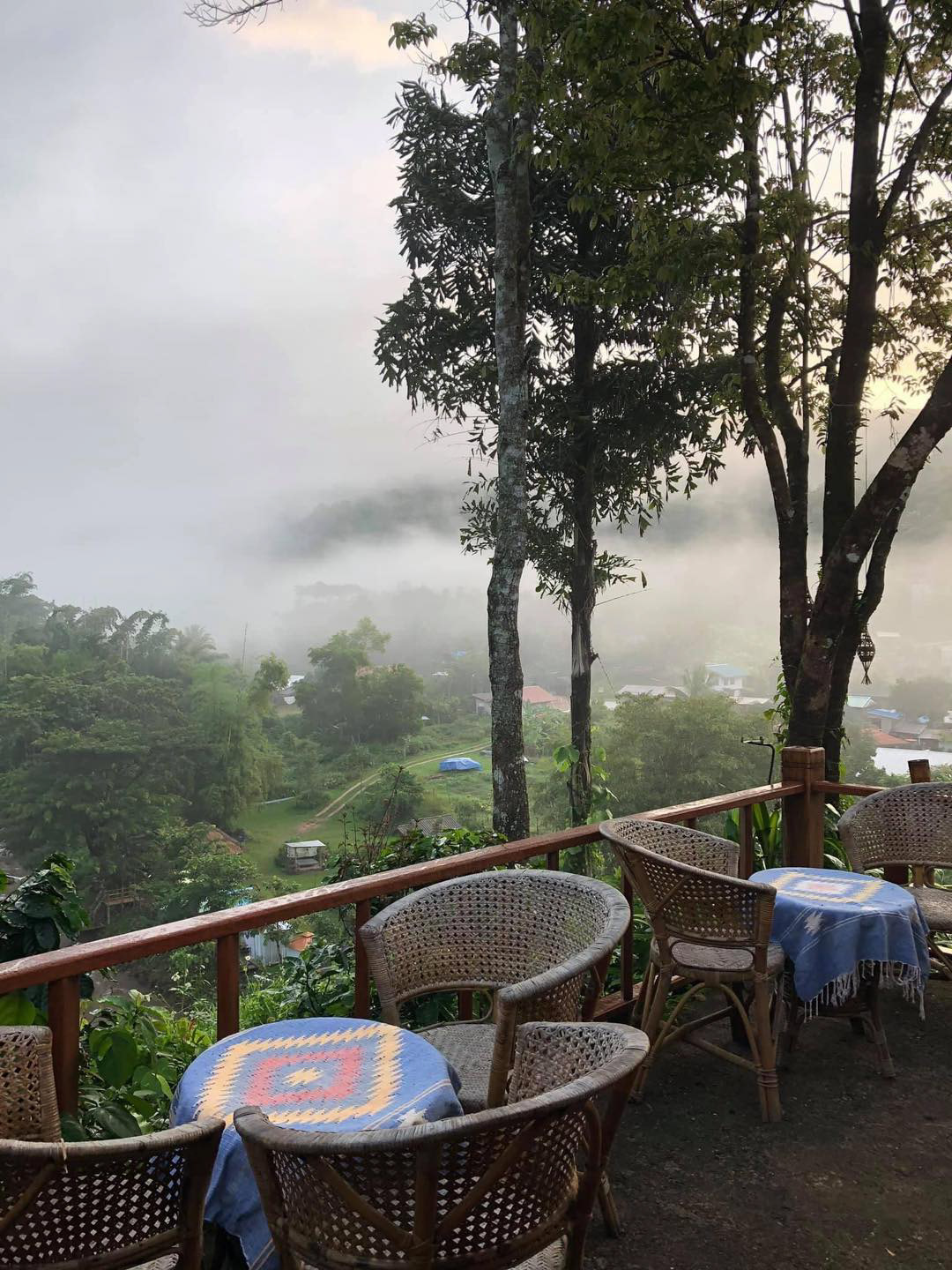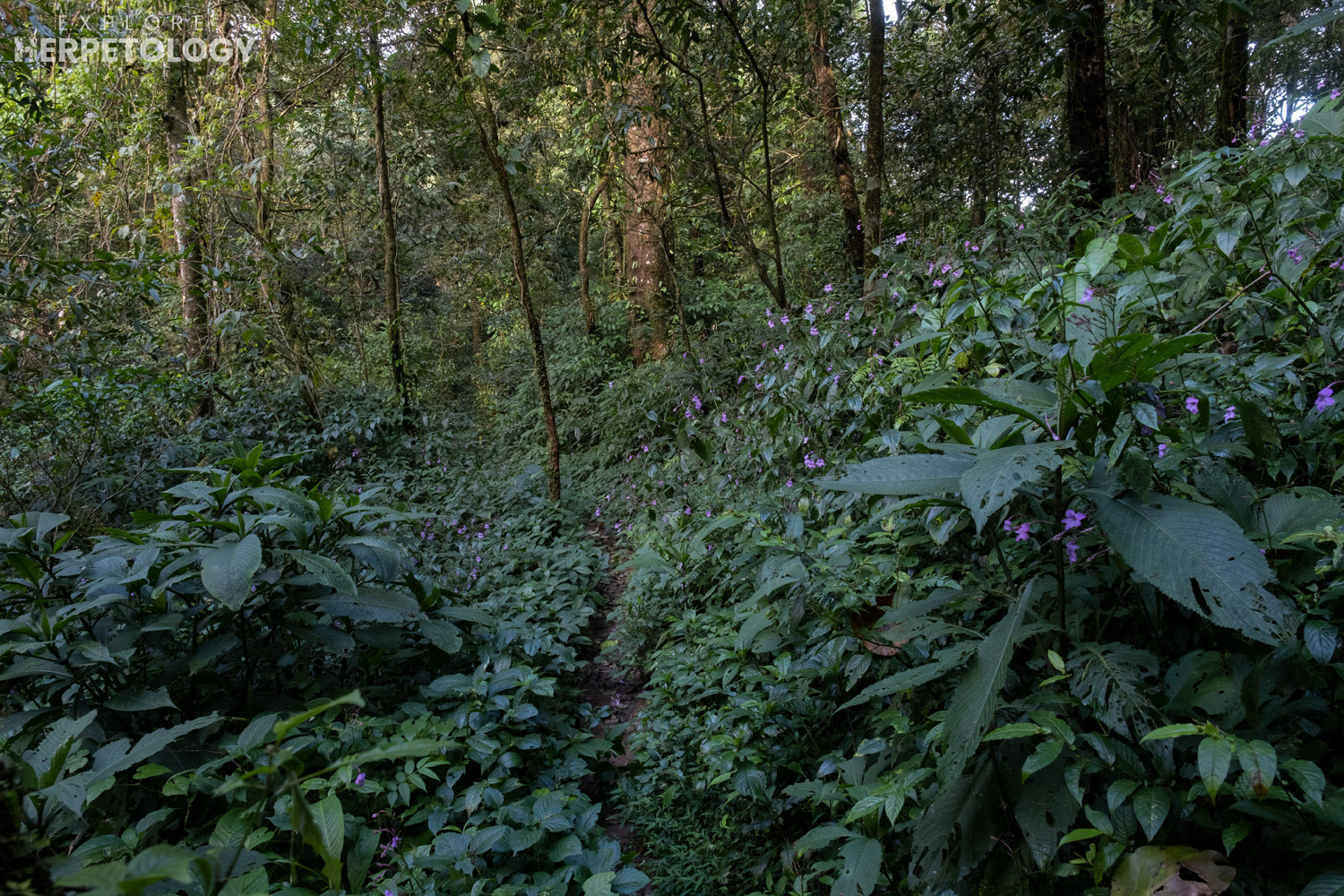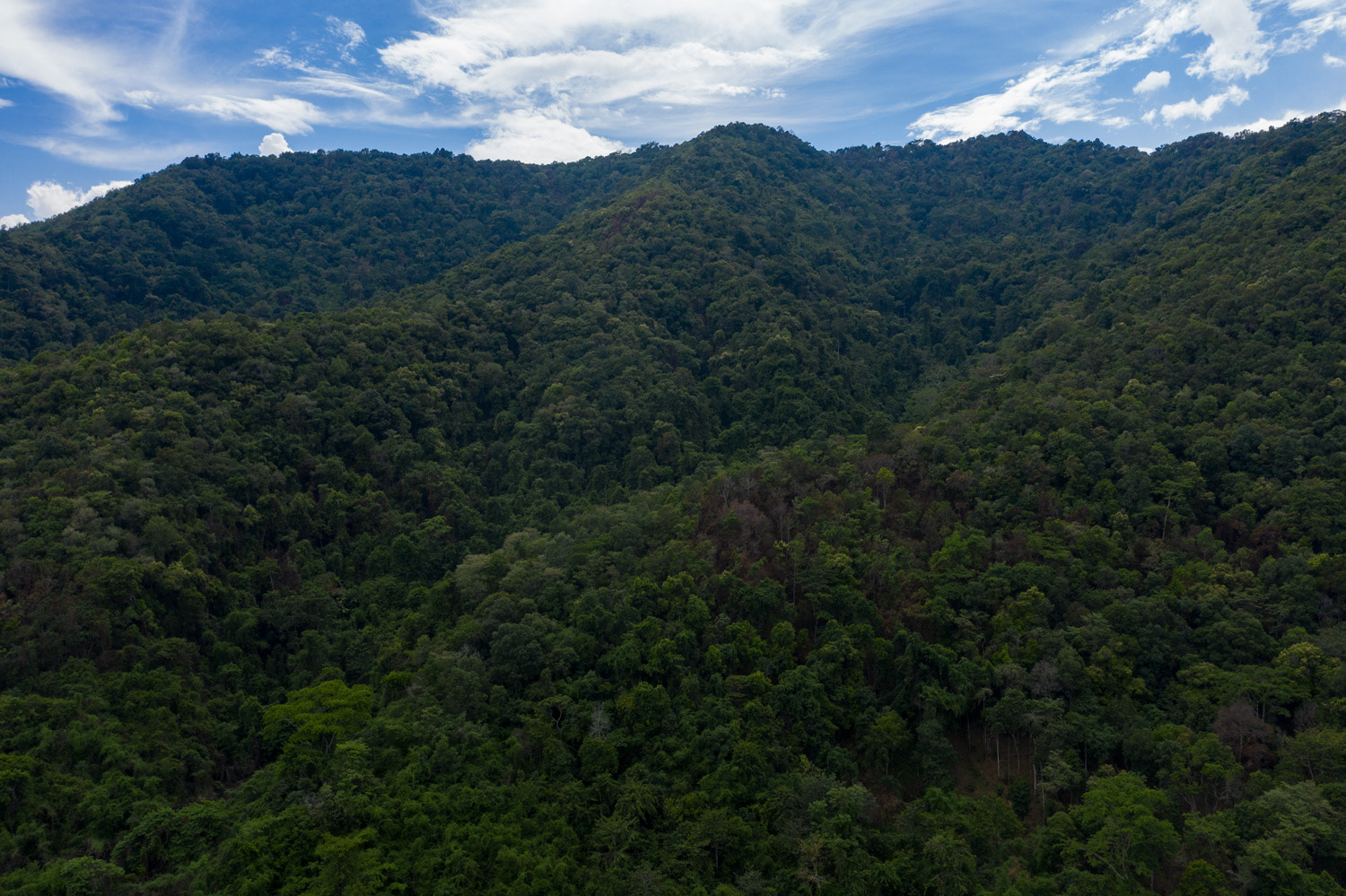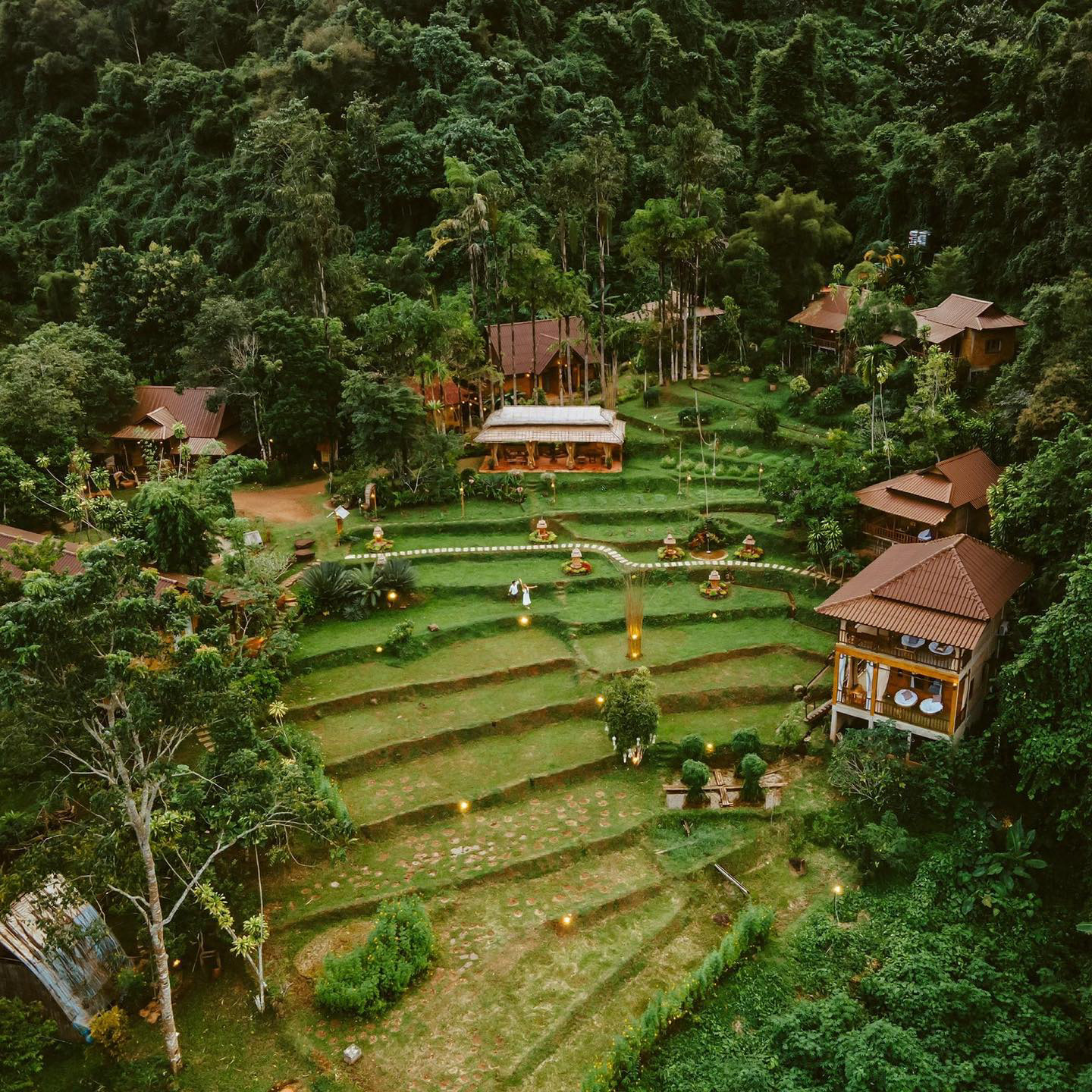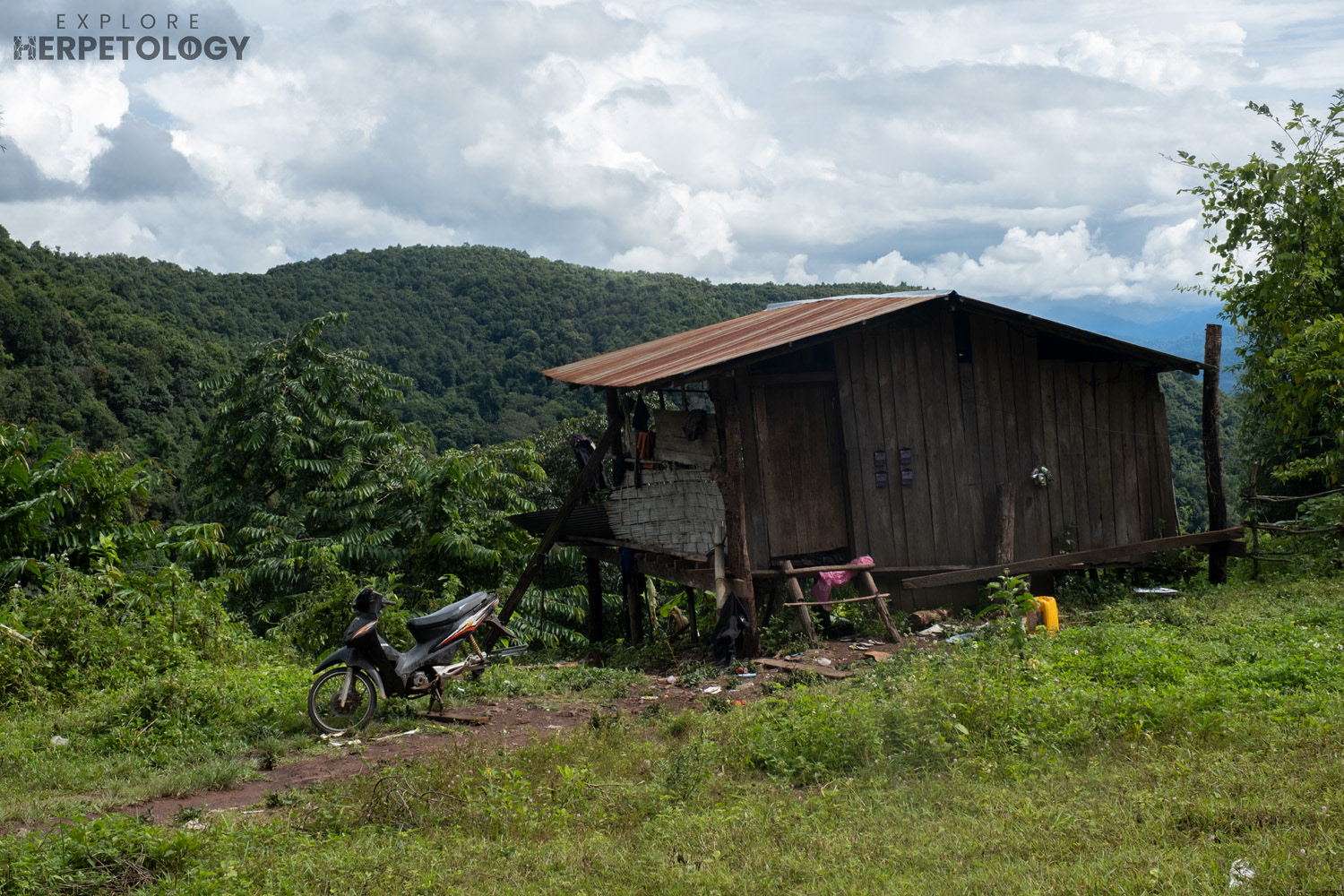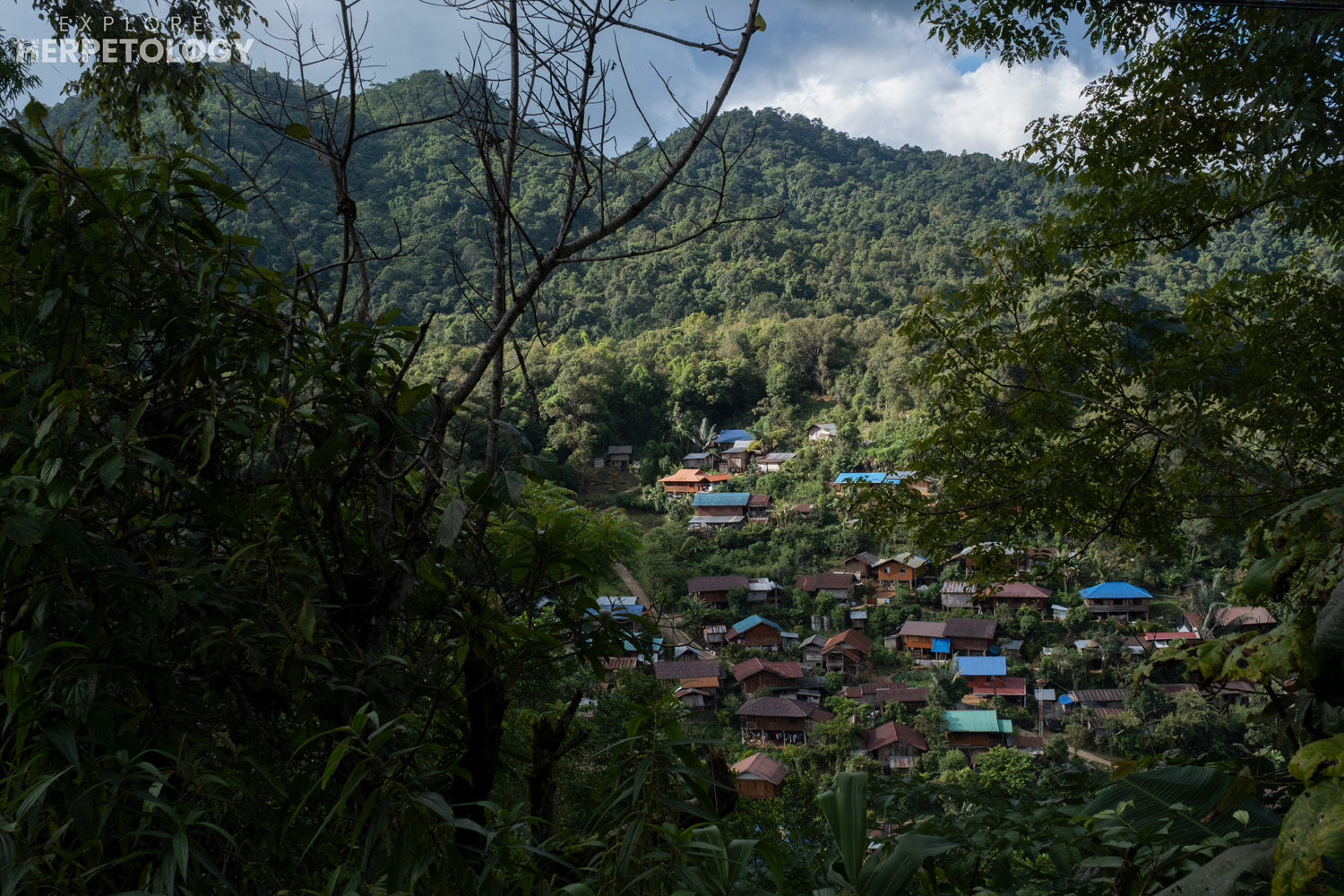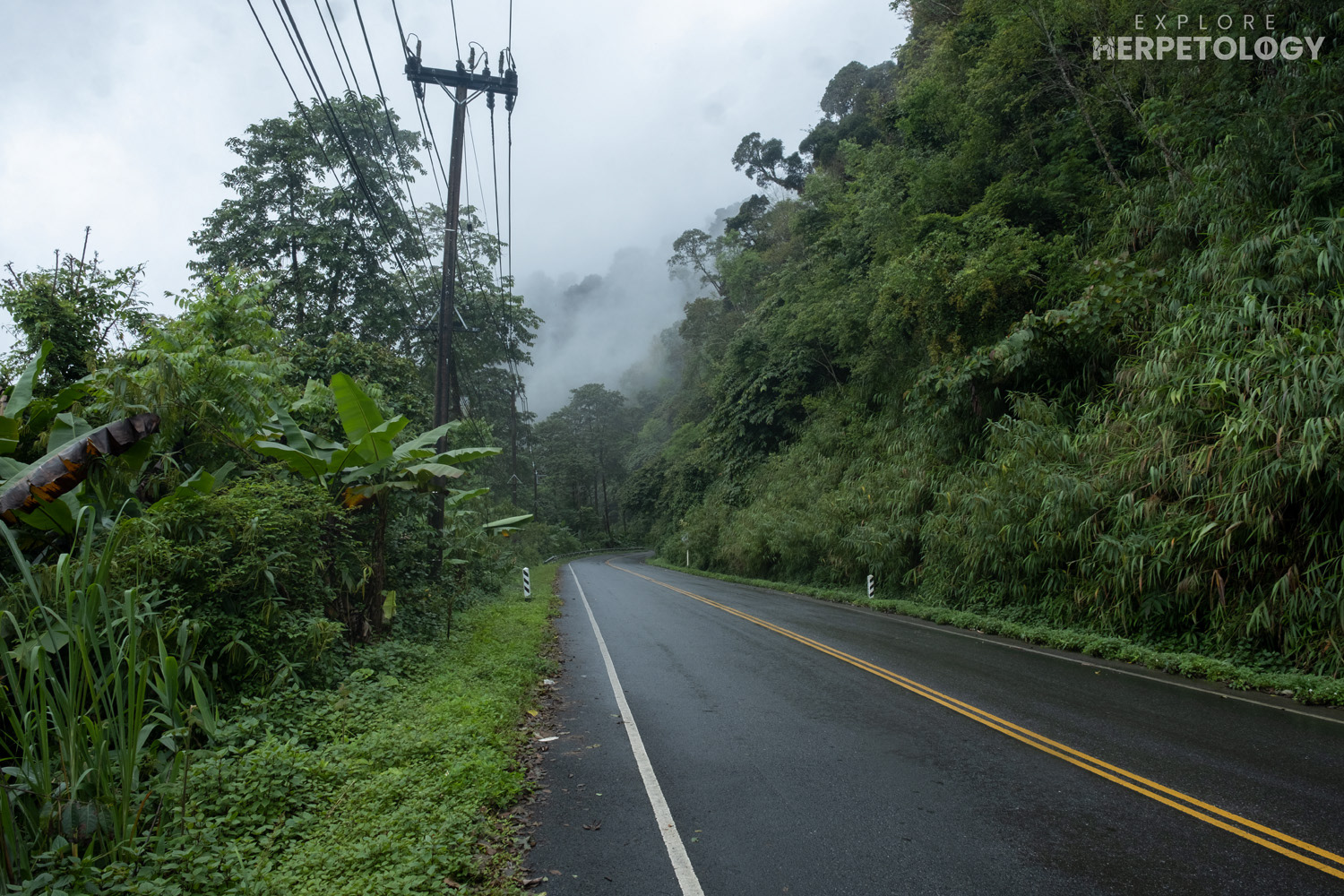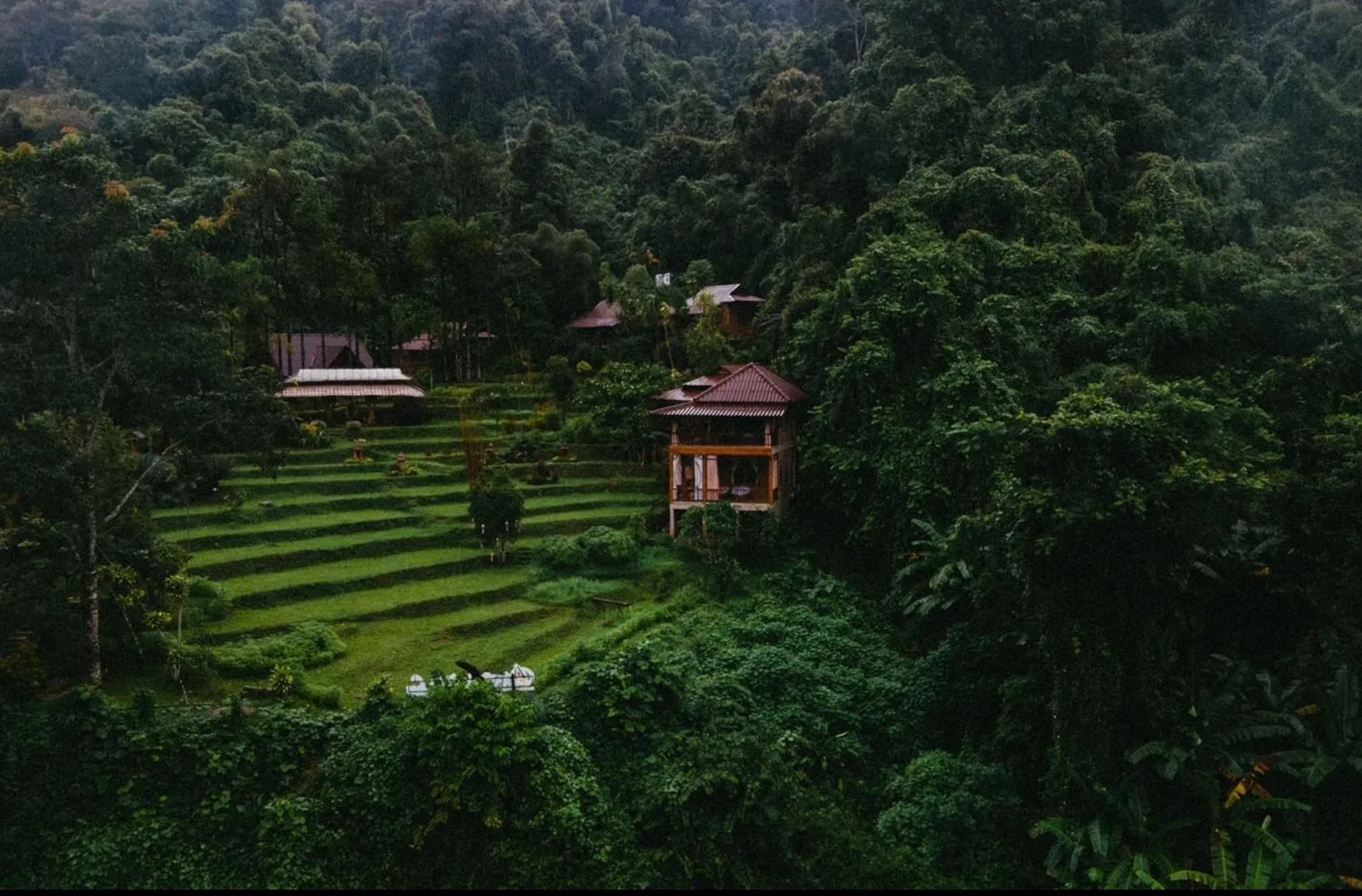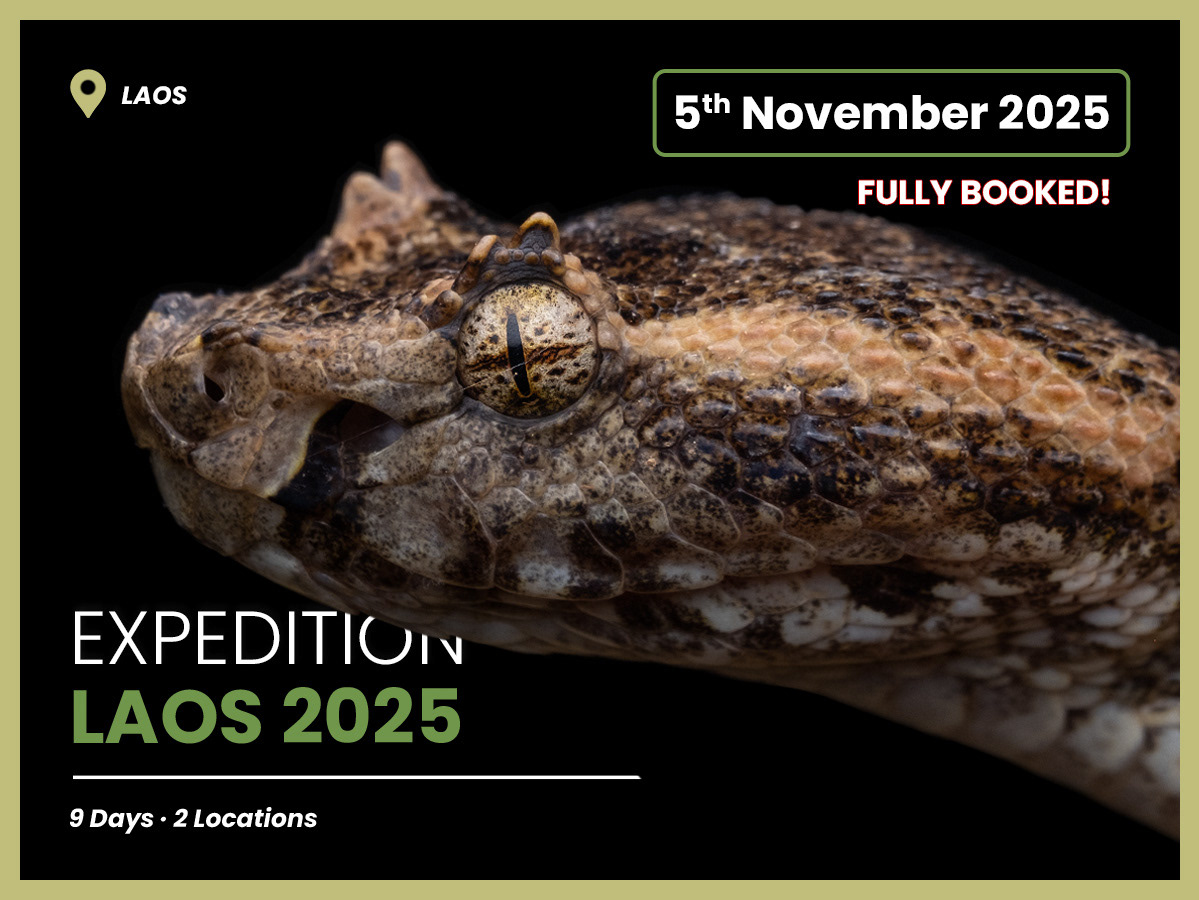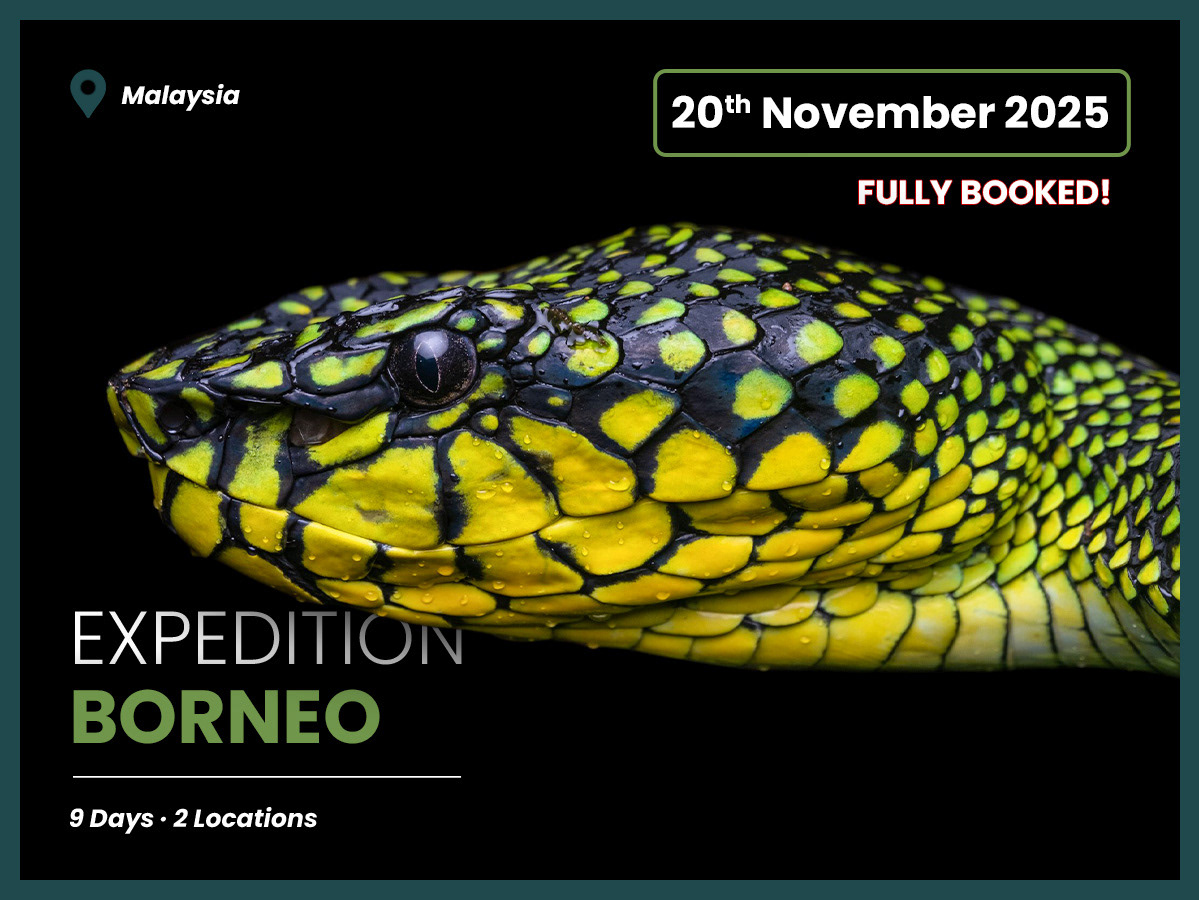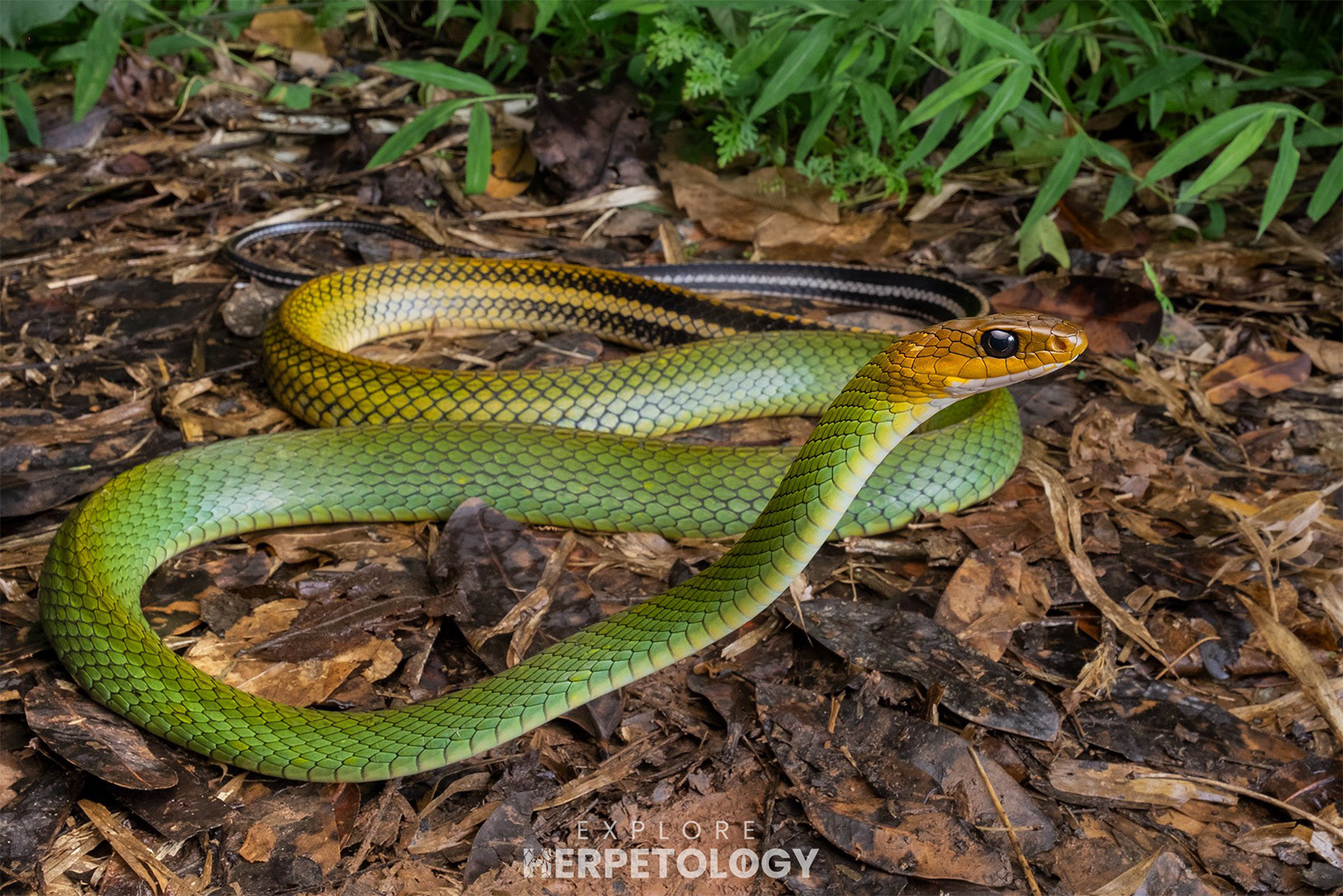
Black-striped green rat snake (Ptyas nigromarginata) - adult
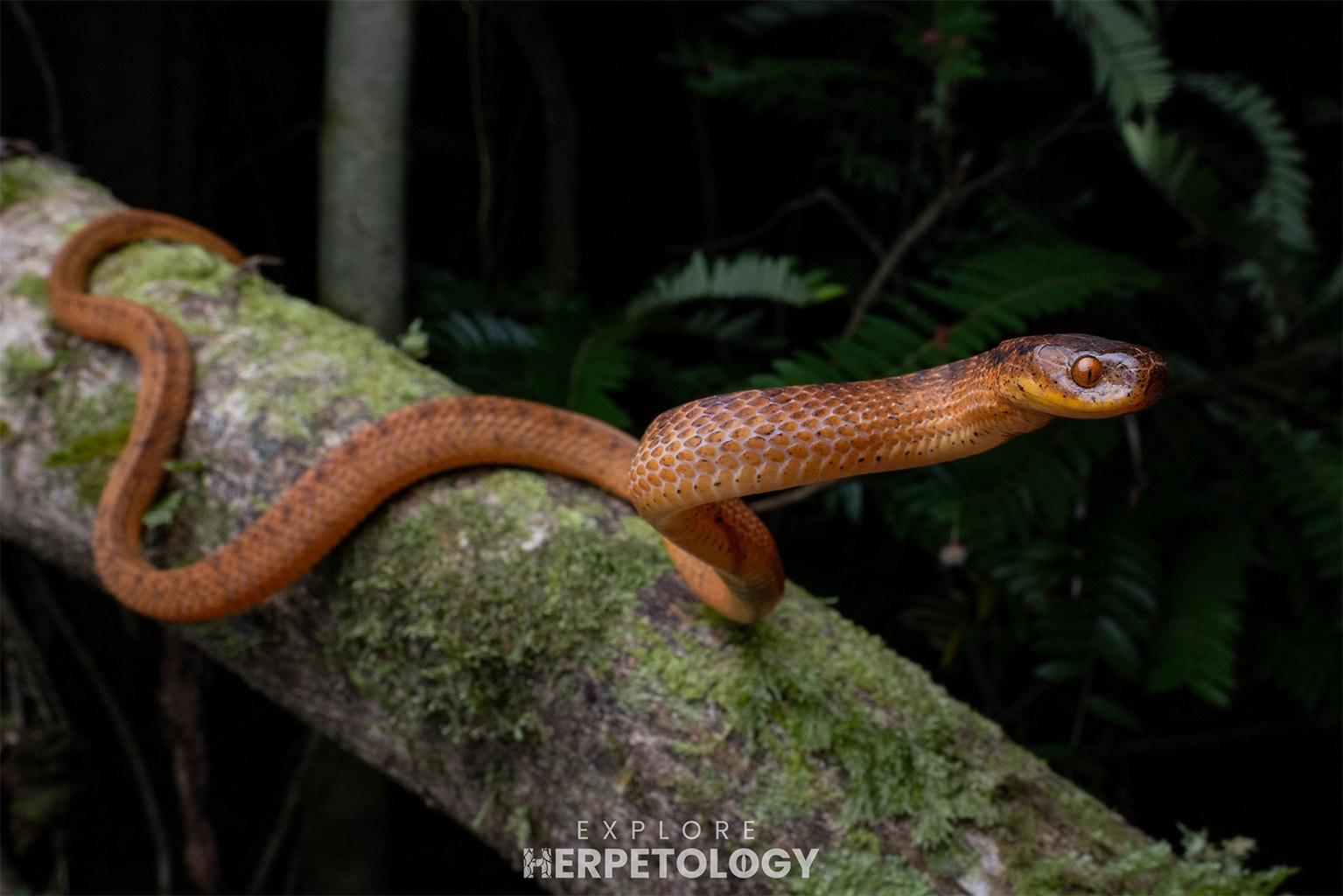
Twin-spotted slug snake (Pareas geminatus)
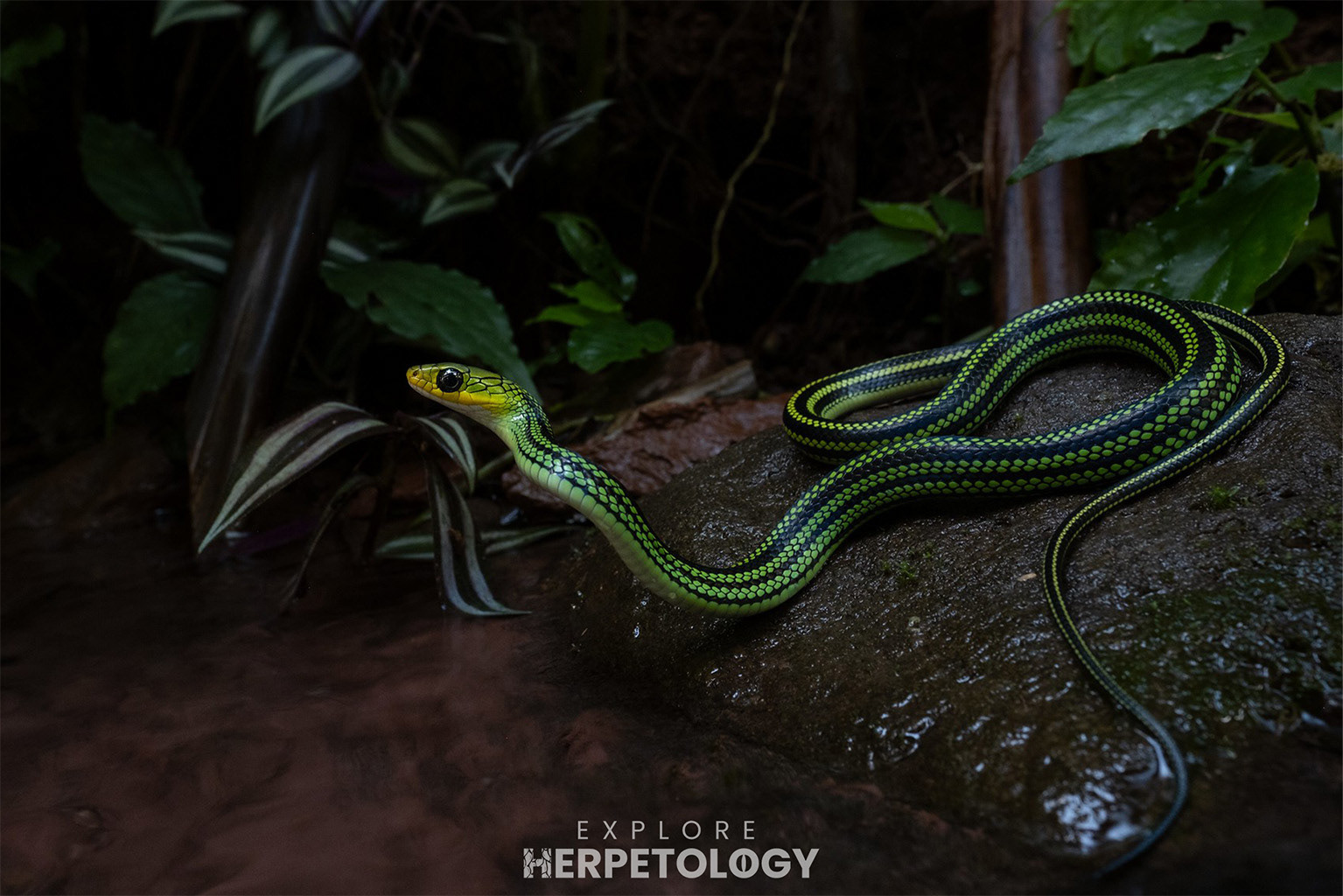
Black-striped green rat snake (Ptyas nigromarginata) - juvenile
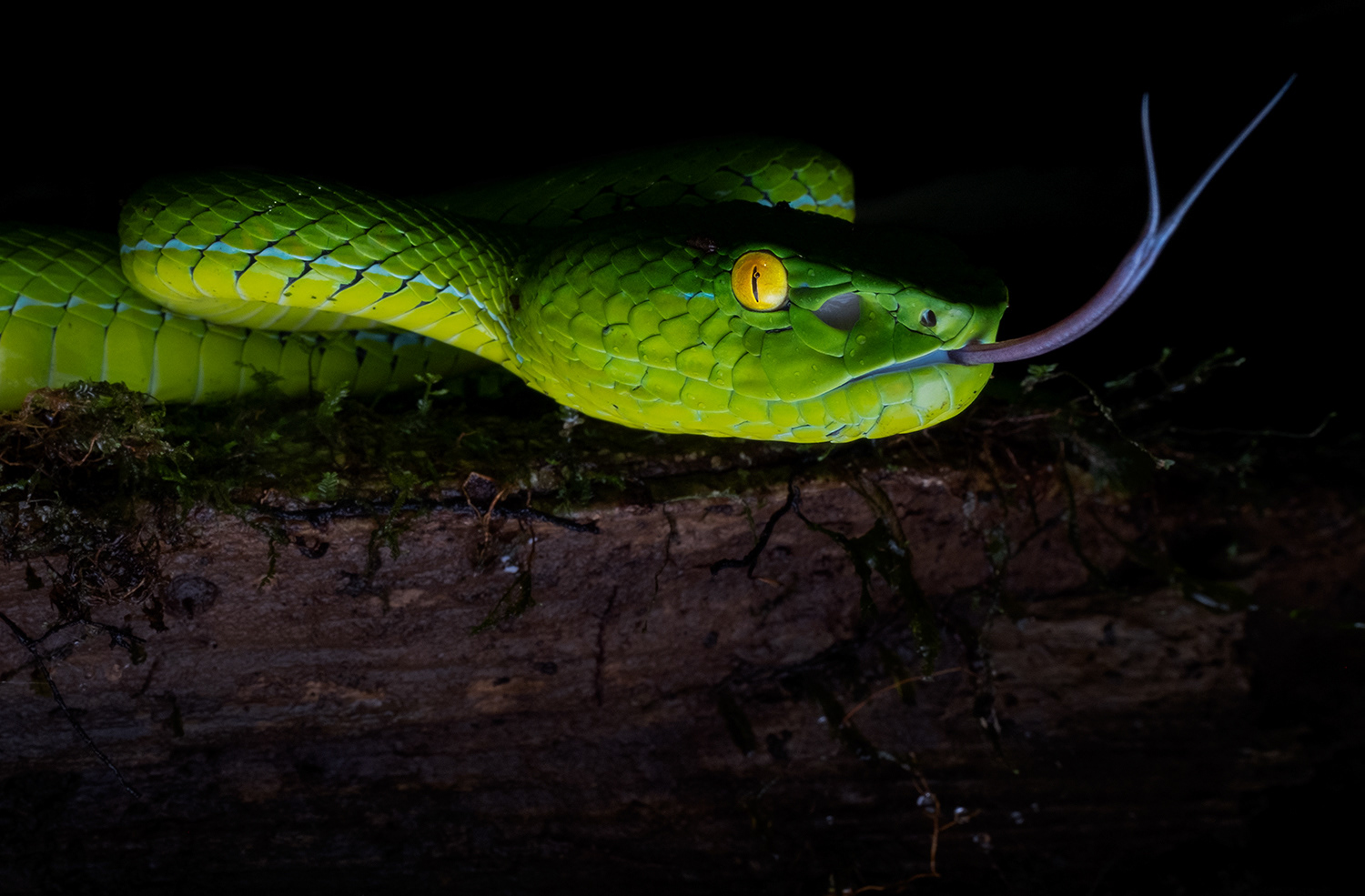
Gumprecht's pit viper (Trimeresurus gumprechti).
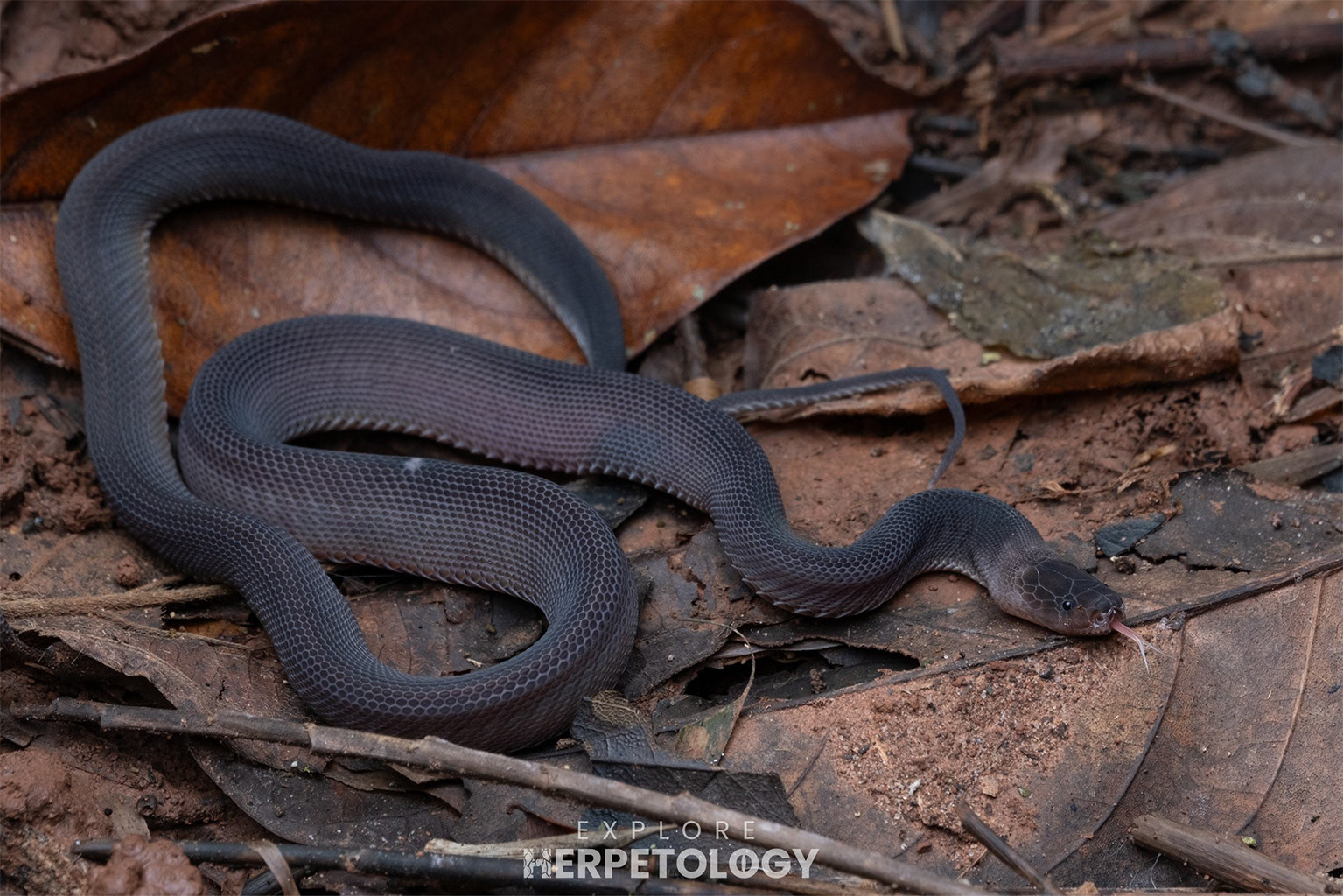
Laotian bearded snake (Parafimbrios lao)
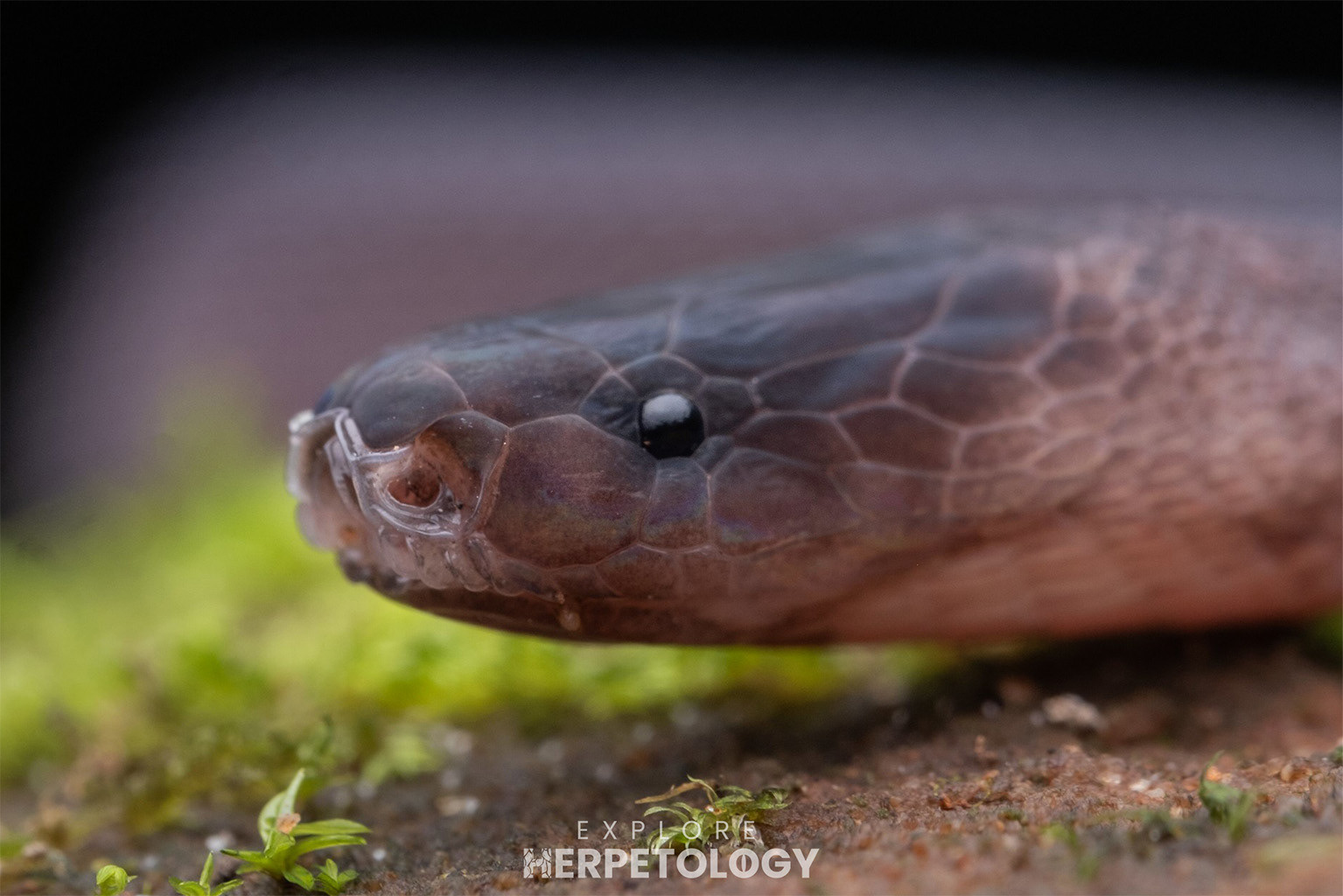
Laotian bearded snake (Parafimbrios lao)
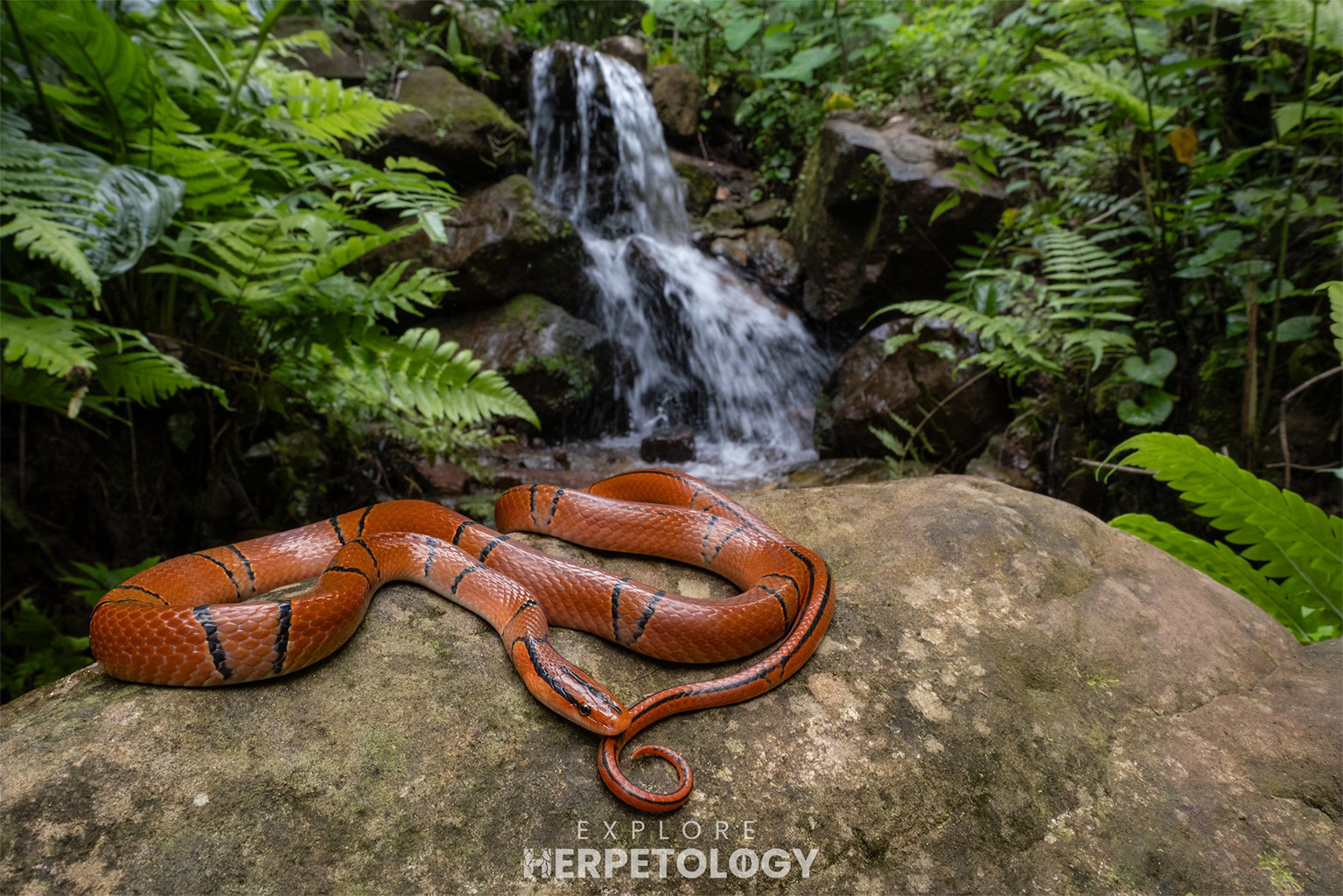
Yunnan red bamboo ratsnake (Oreocryptophis porphyracea pulchra)
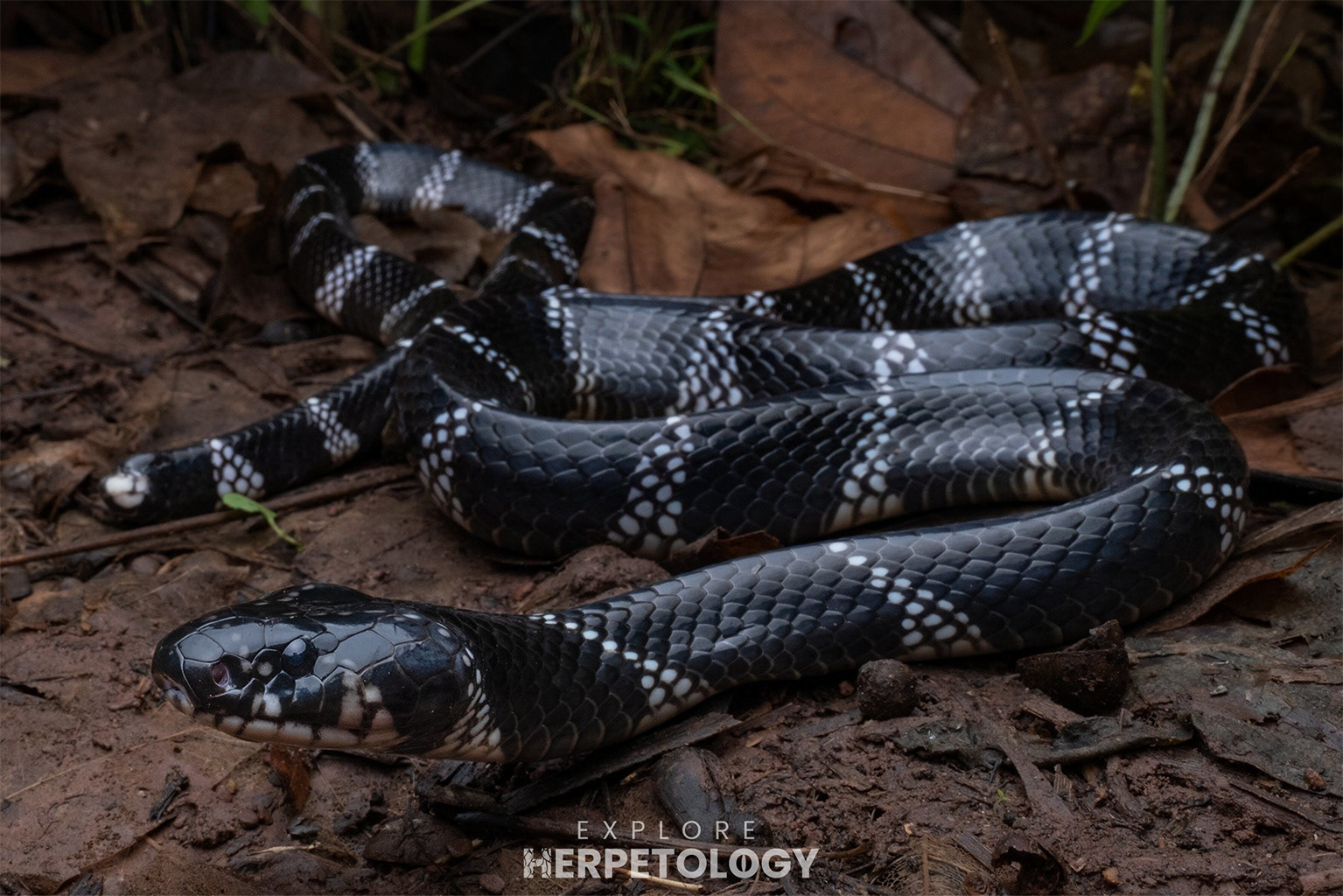
Red river krait (Bungarus slowinskii)
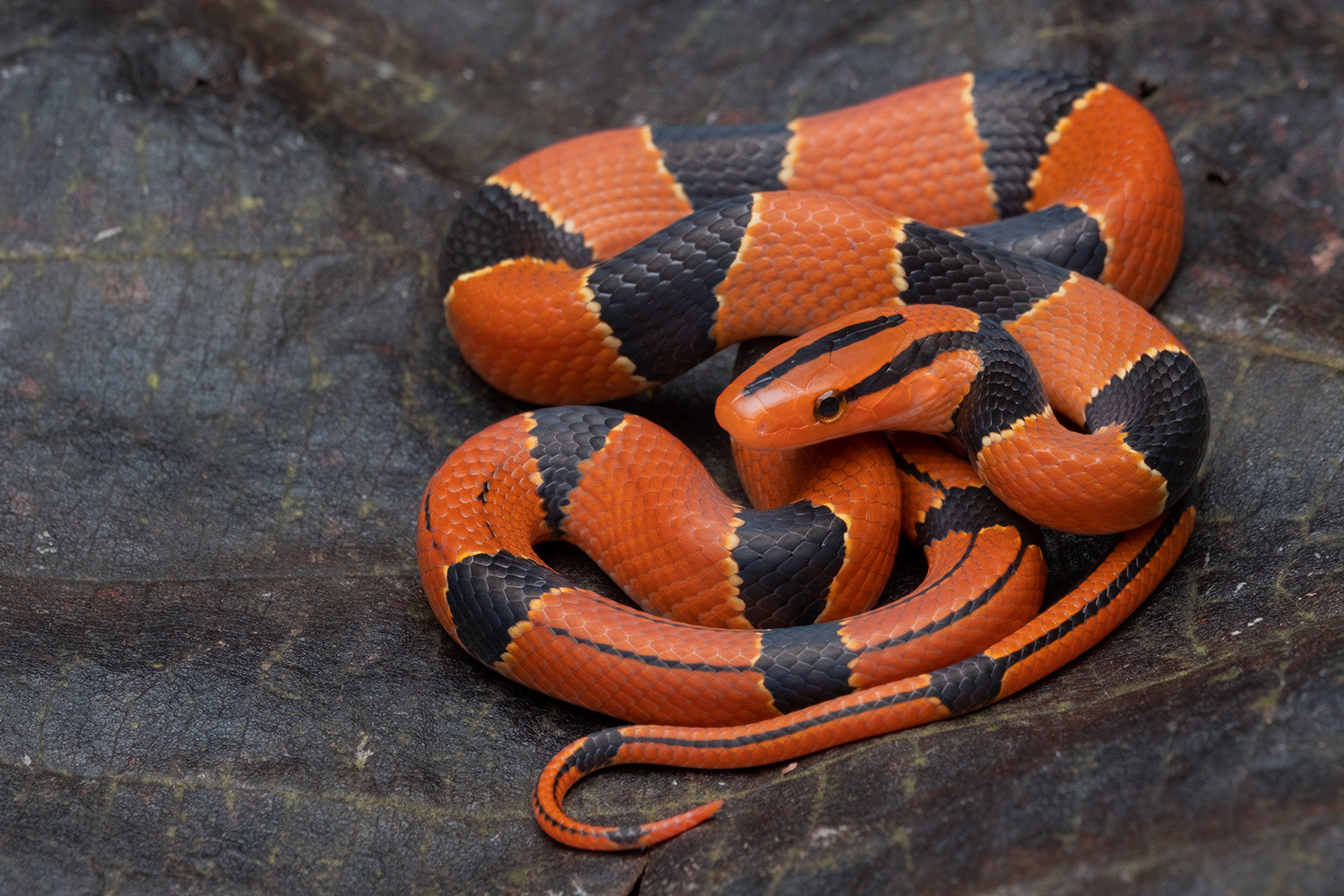
Yunnan red bamboo ratsnake (Oreocryptophis porphyracea pulchra).
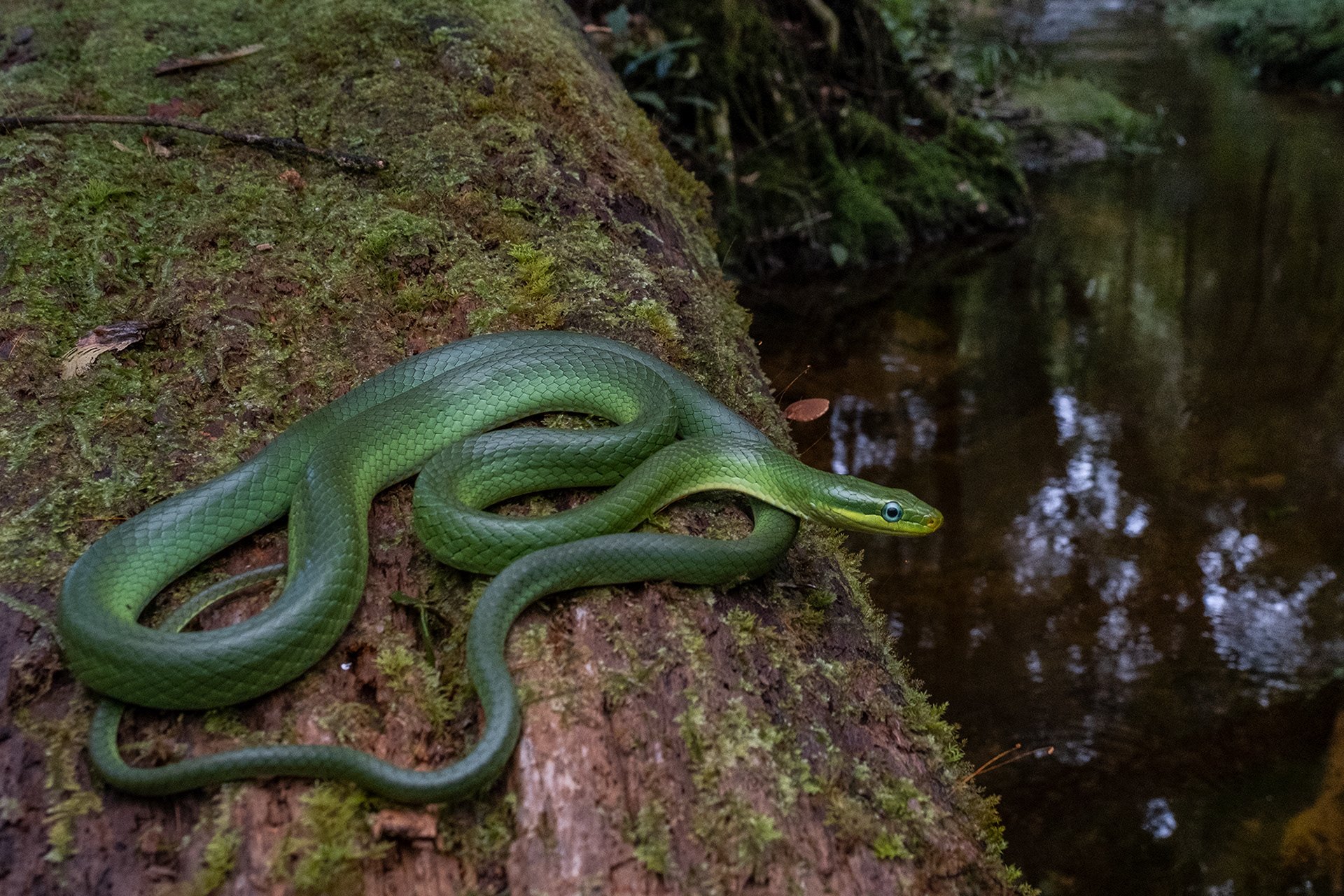
Blue-eyed bamboo ratsnake (Gonyosoma coeruleum).
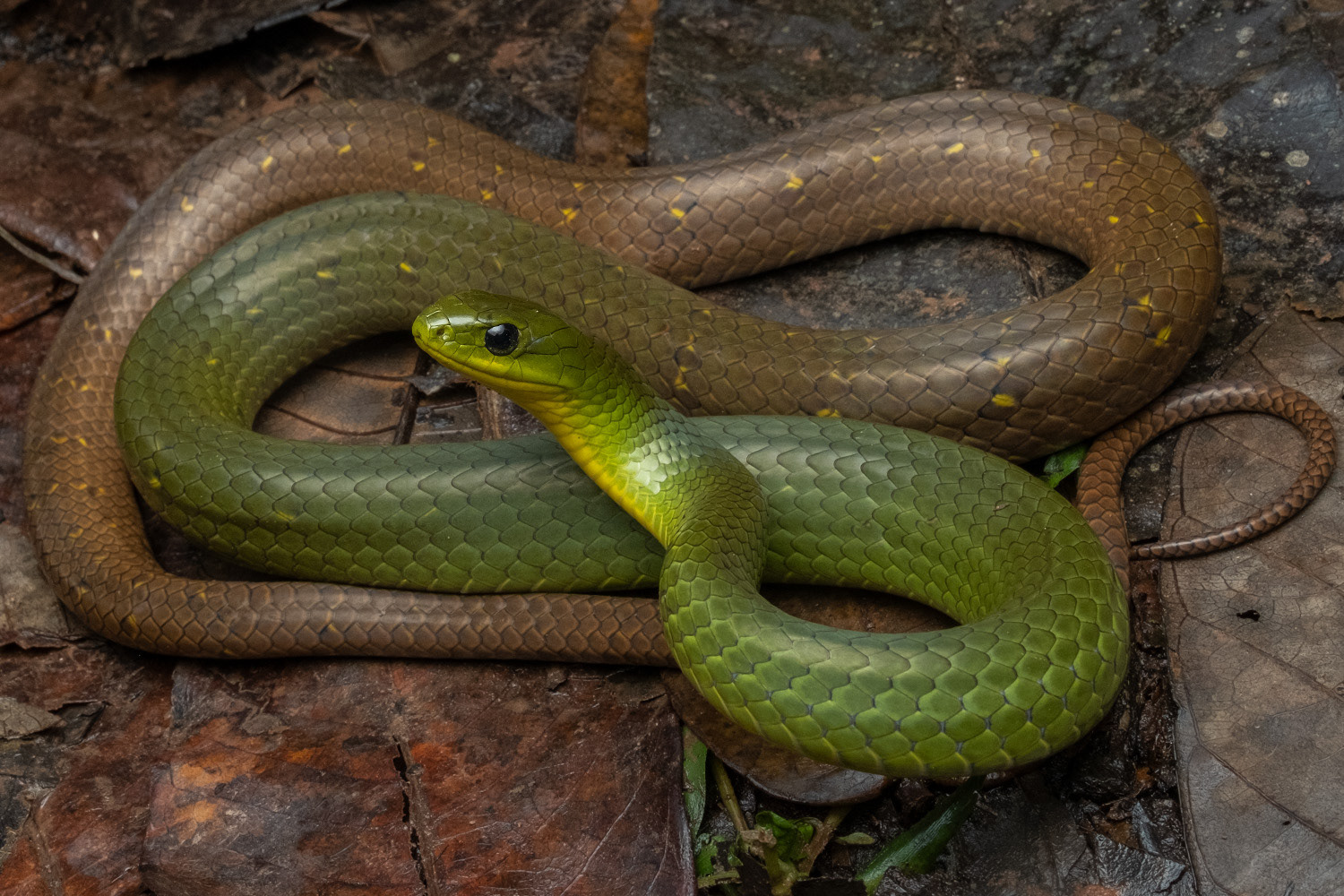
Many-banded green snake (Ptyas multicinctus).
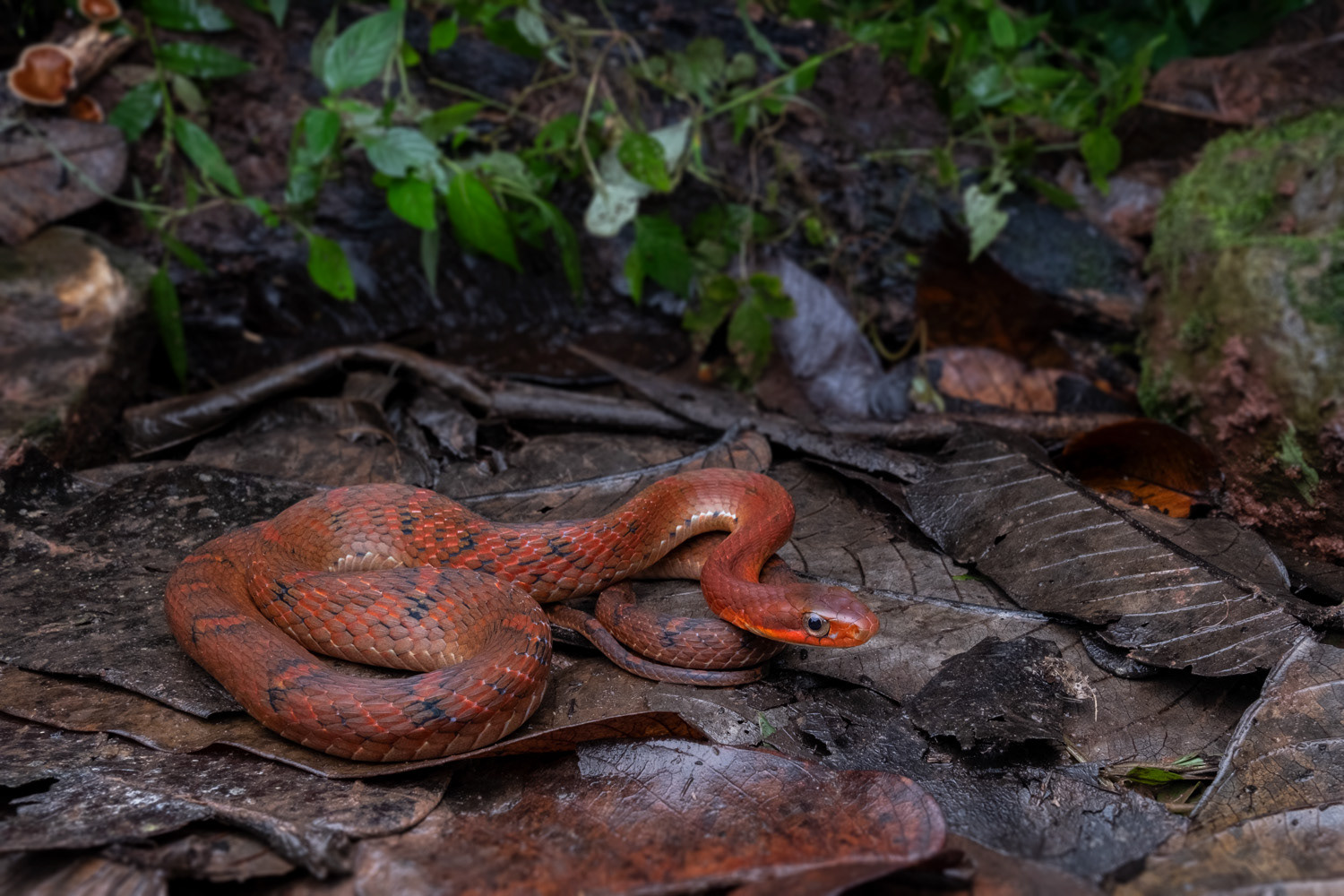
Large-eyed false cobra (Pseudoxenodon macrops).
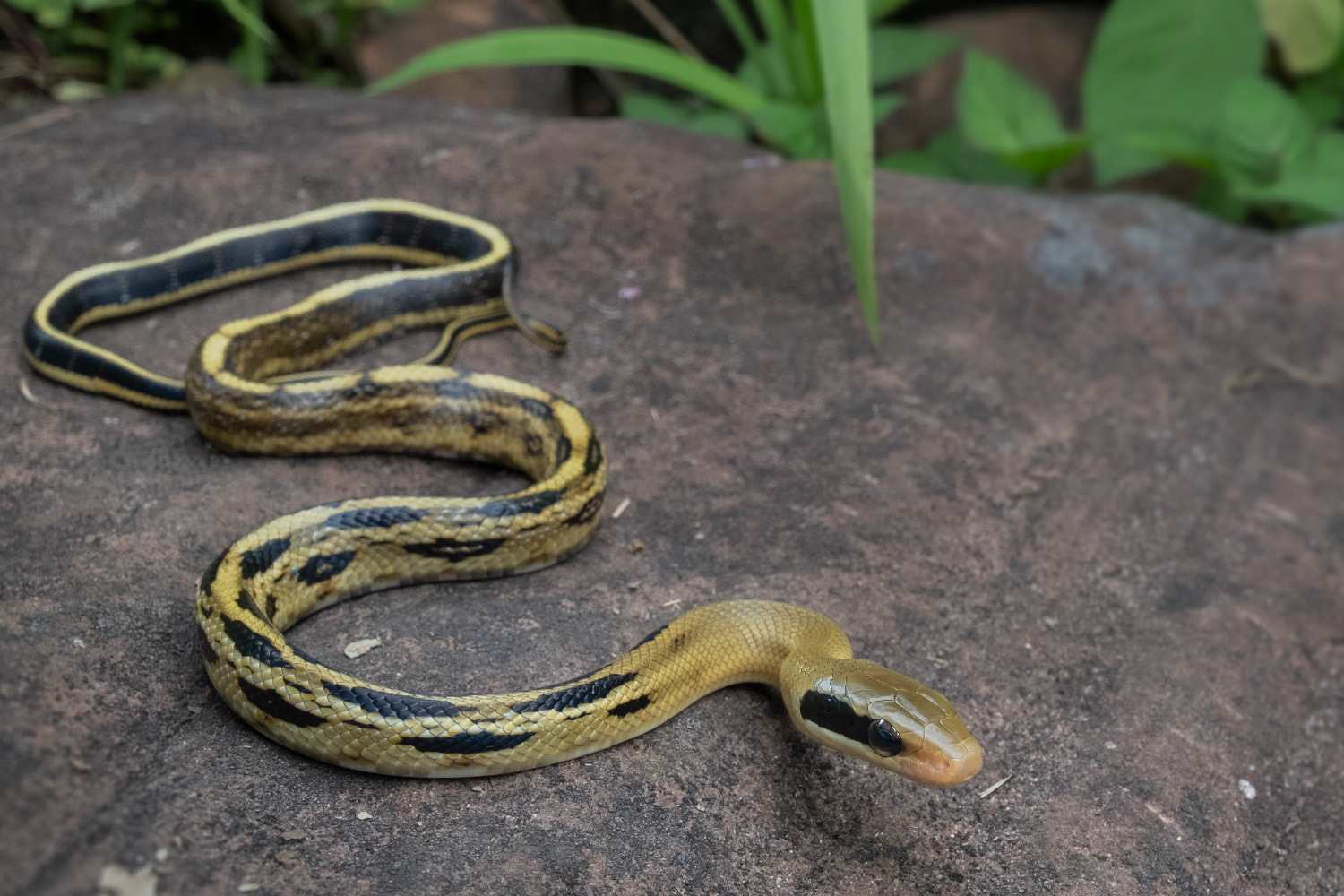
Yunnan beauty ratsnake (Elaphe taeniura yunnanensis).
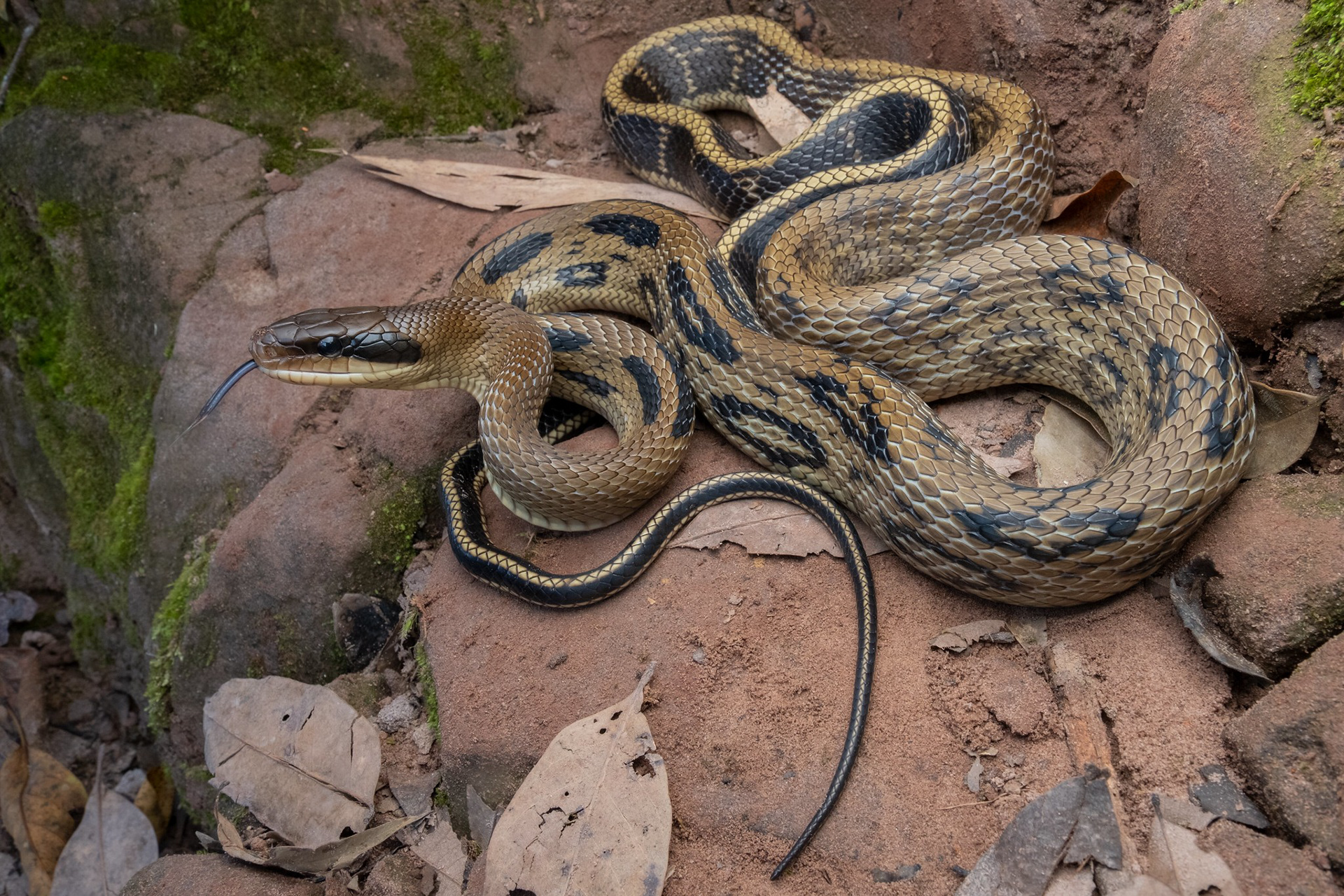
Yunnan beauty ratsnake (Elaphe taeniura yunnanensis).

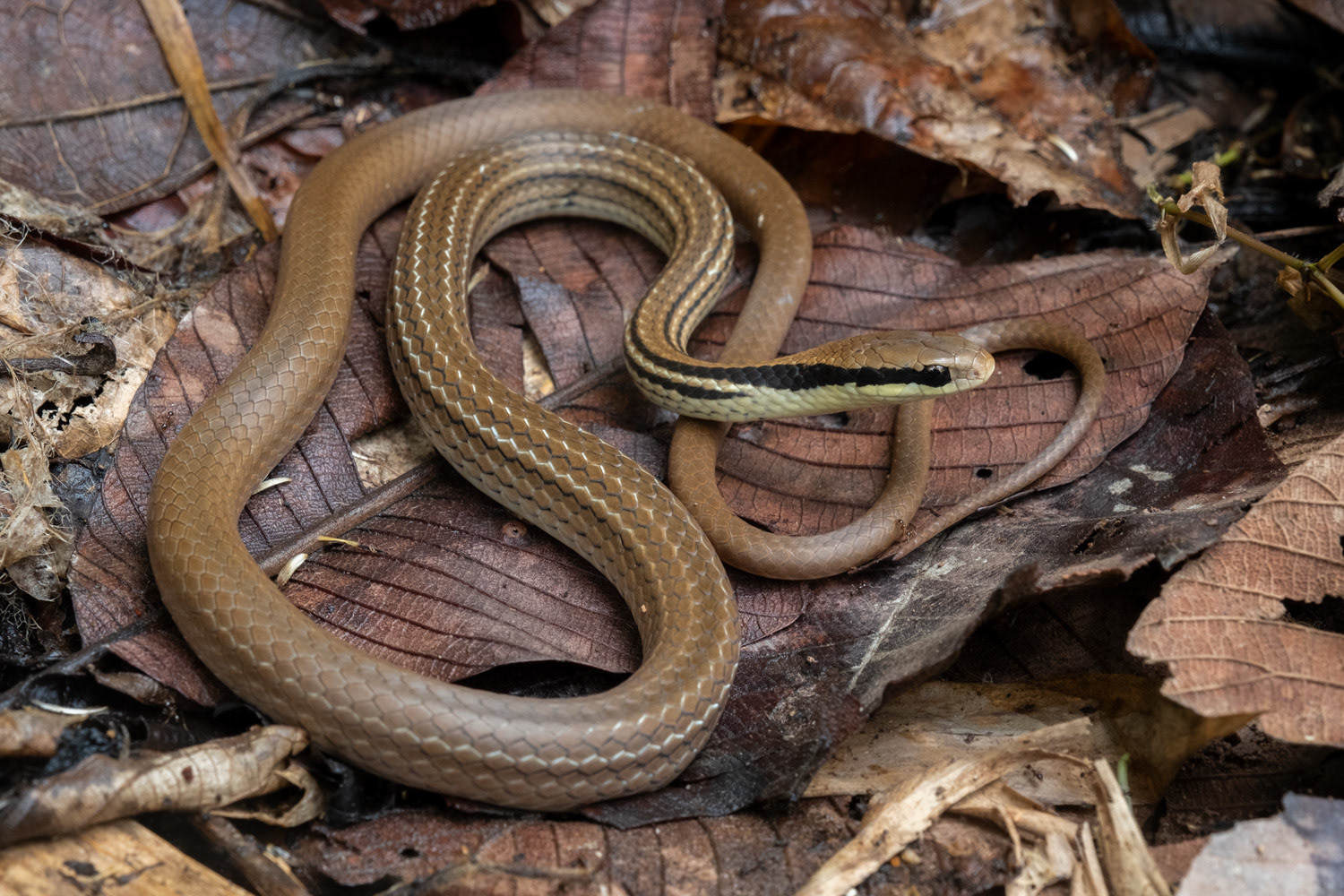
Gunther's smooth snake (Liopeltis frenata).
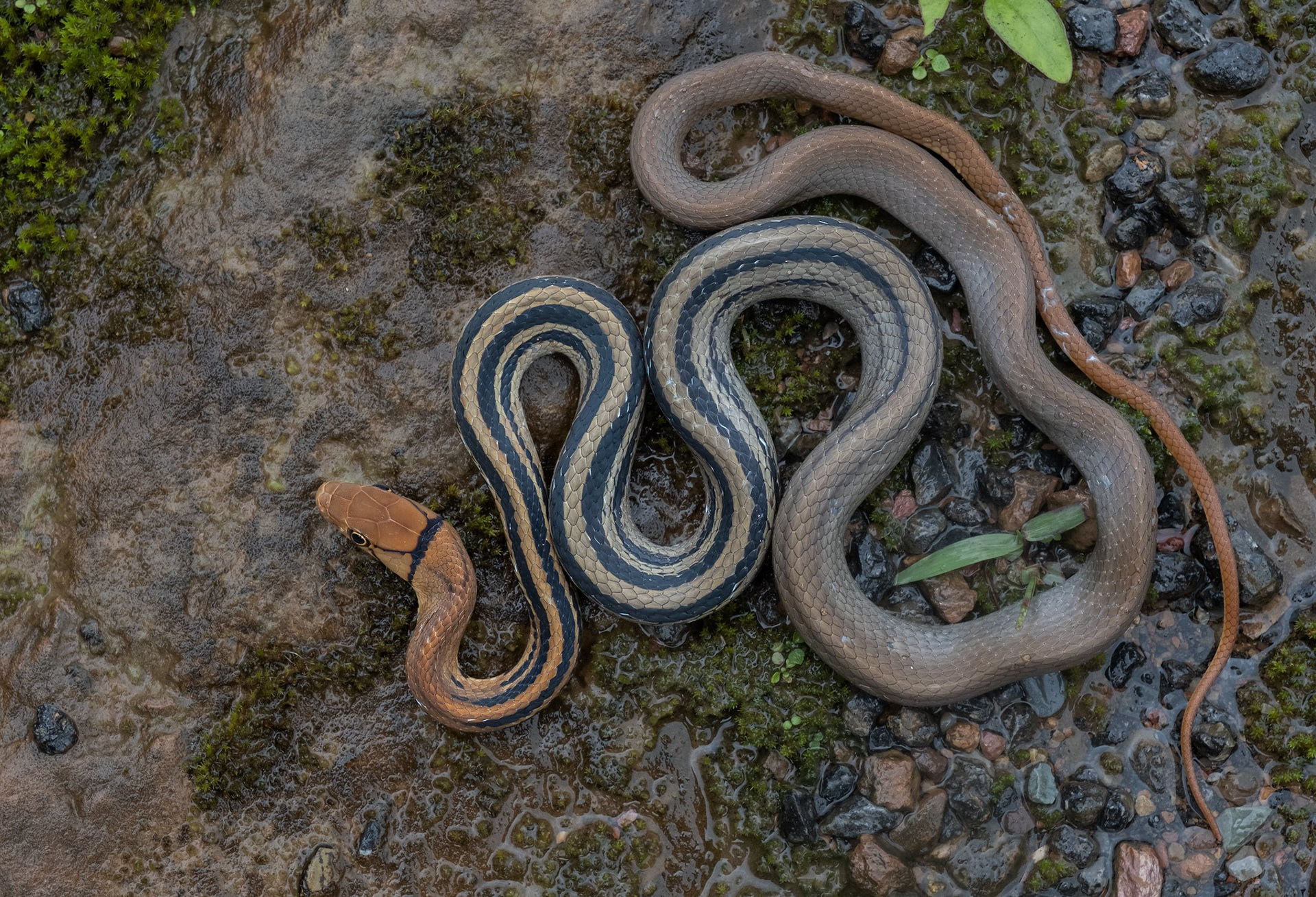
Radiated ratsnake (Coelognathus radiata)
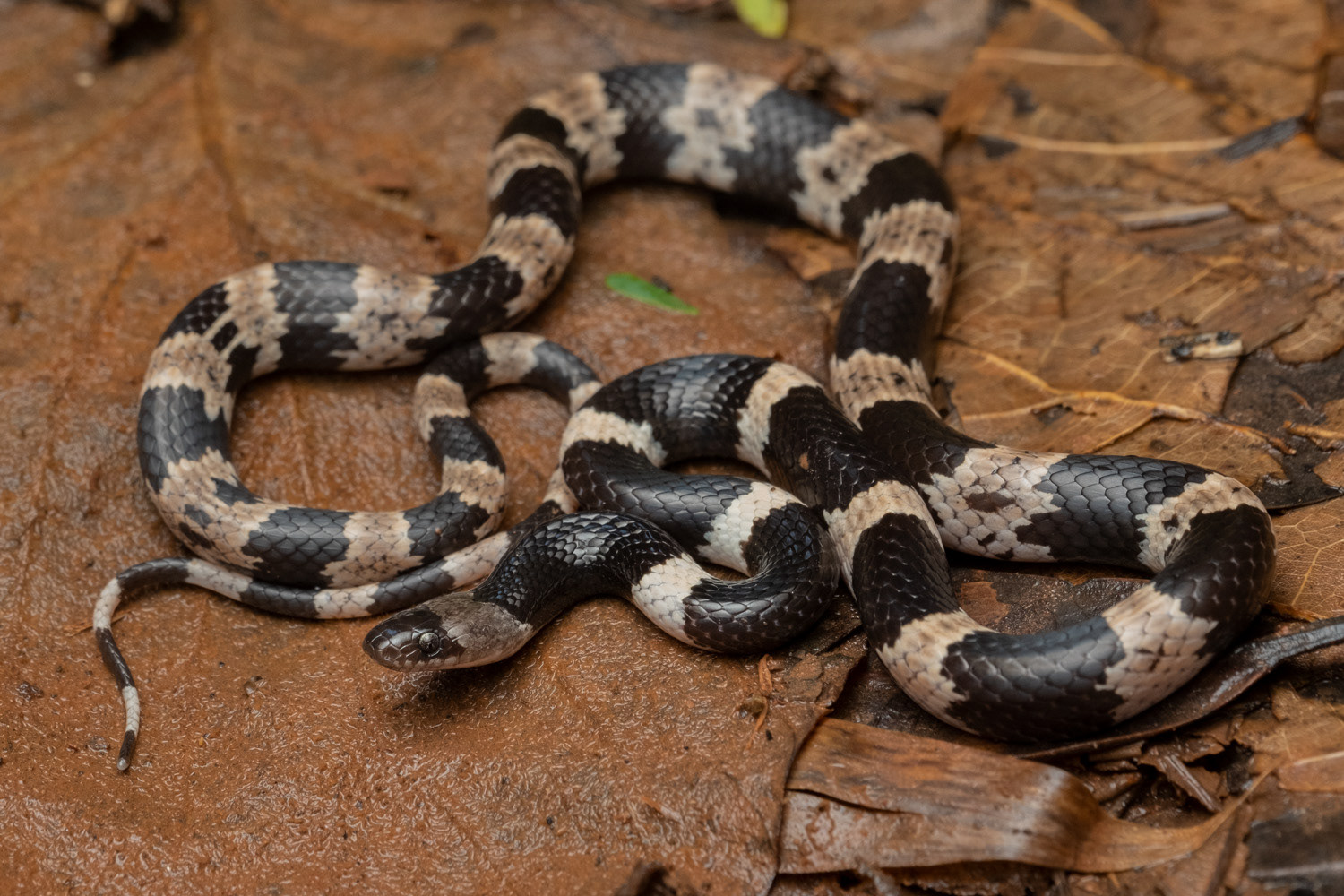
Banded wolf snake (Lycodon fasciatus).

Eberhardt's kukri snake (Oligodon eberhardti)
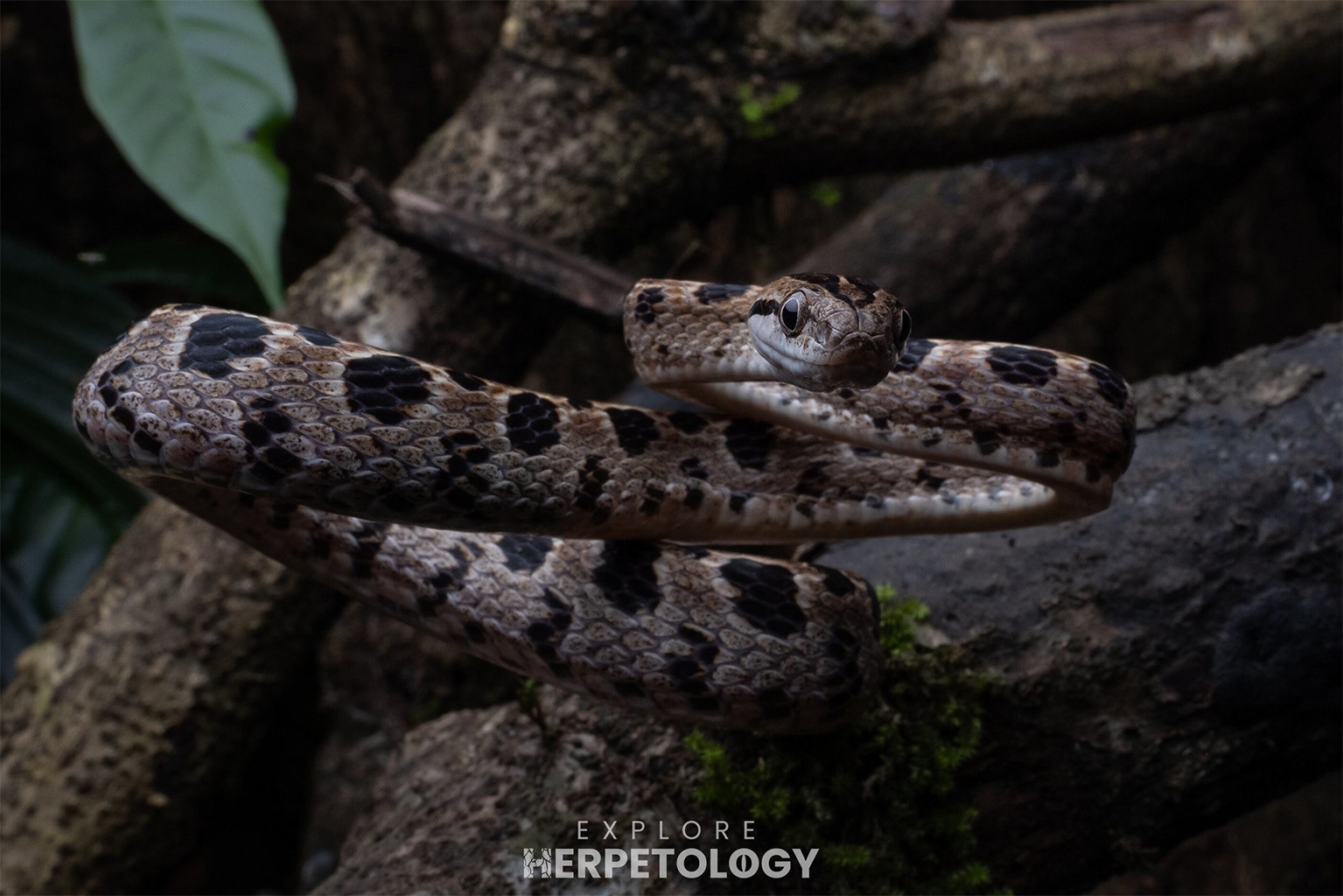
Many-spotted cat snake (Boiga multomaculata)
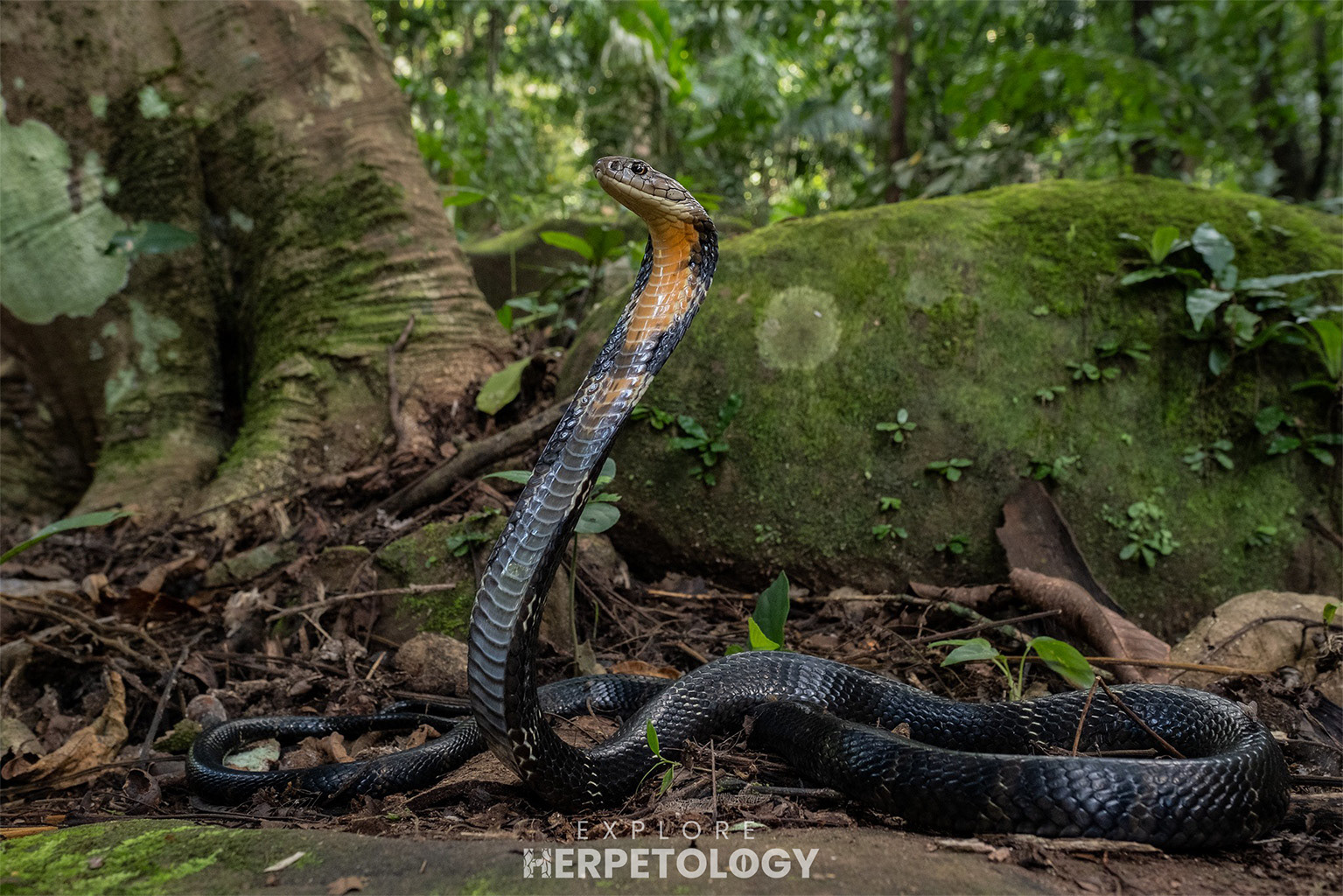
King cobra (Ophiophagus hannah)
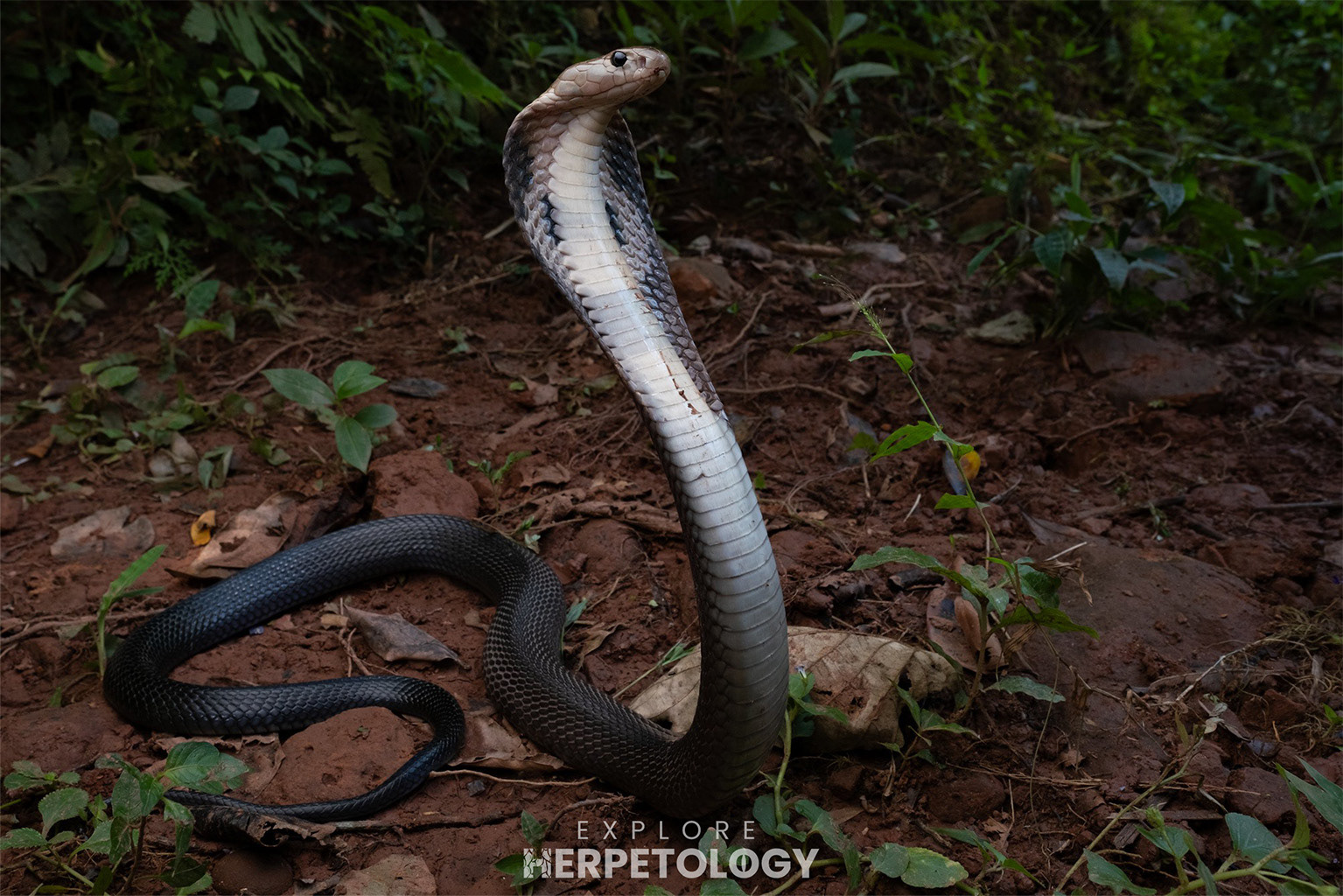
Brown-banded mountain cobra (Naja fuxi)
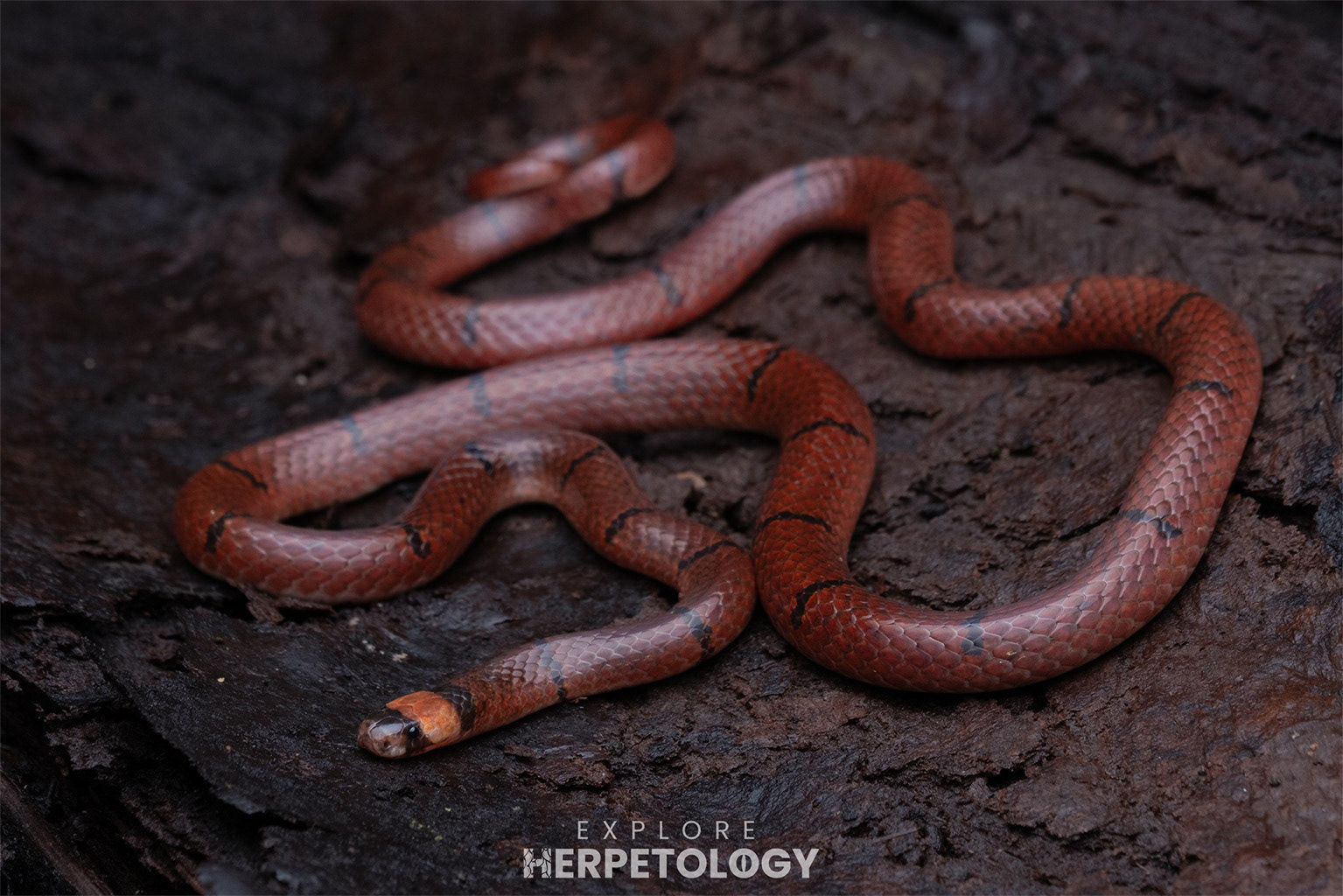
Macclelland's coral snake (Sinomicrurus macclellandi)
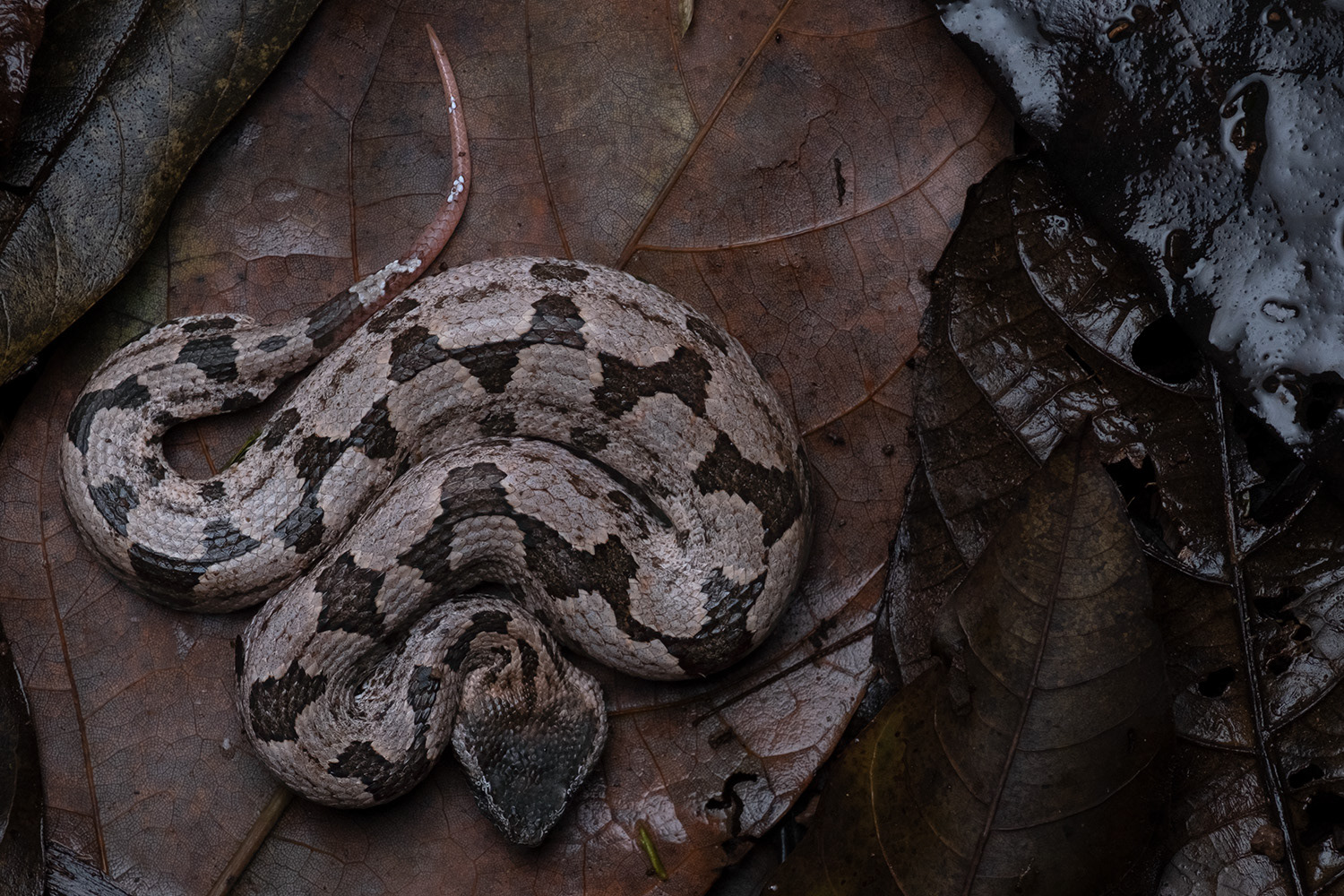
Mountain pit viper (Ovophis monticola).
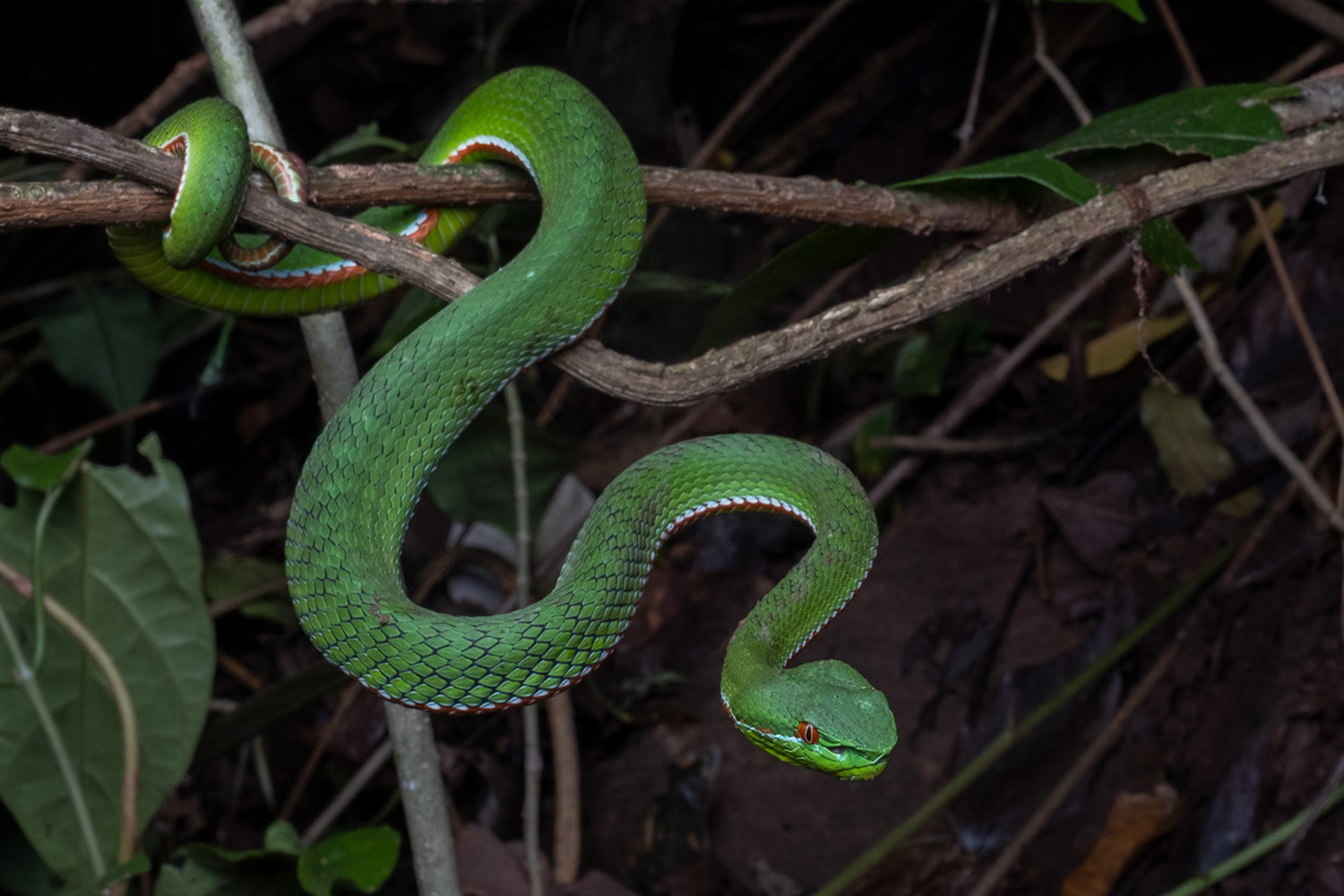
Gumprecht's pit viper (Trimeresurus gumprechti).
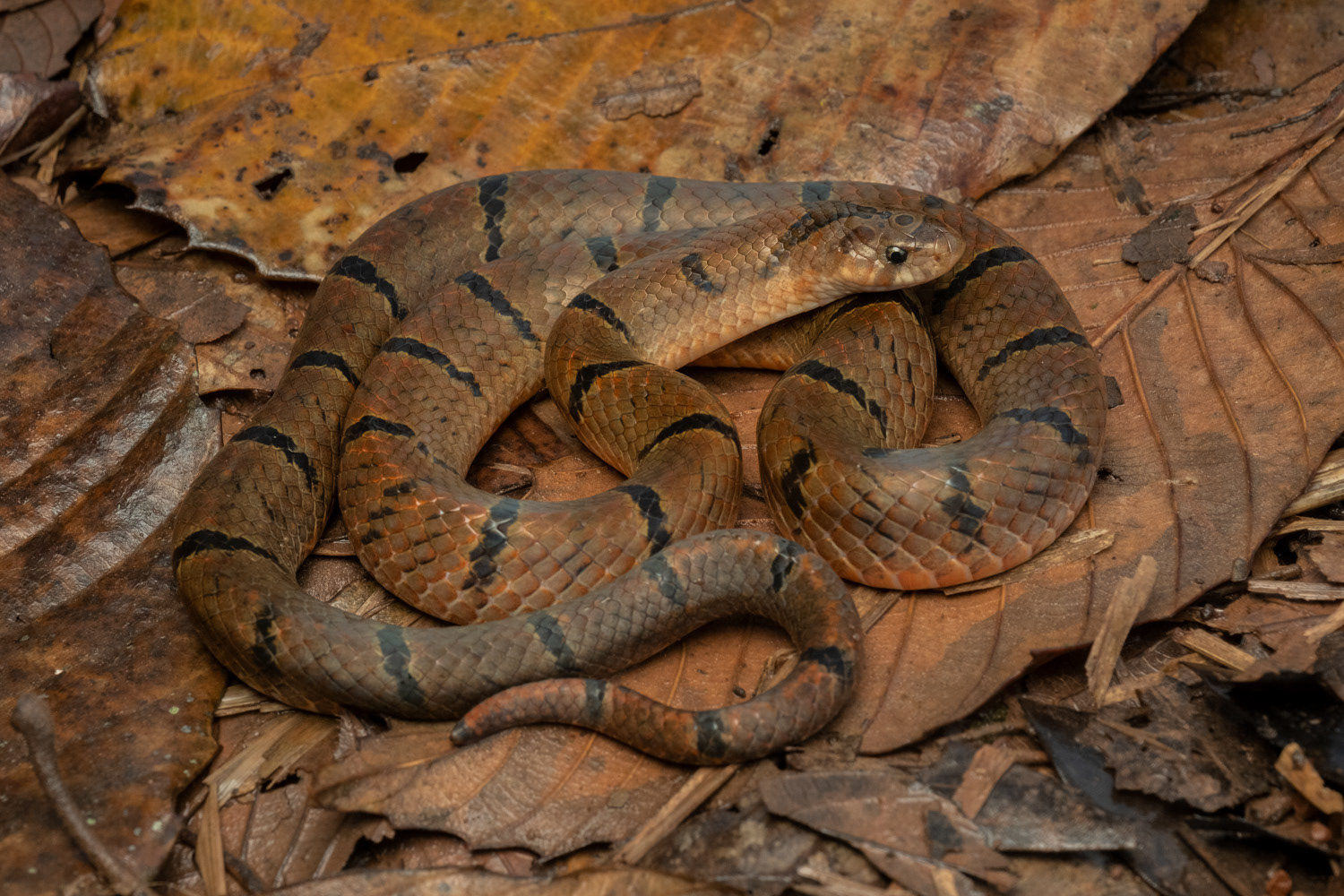
Joynson's kukri snake (Oligodon joynsoni).
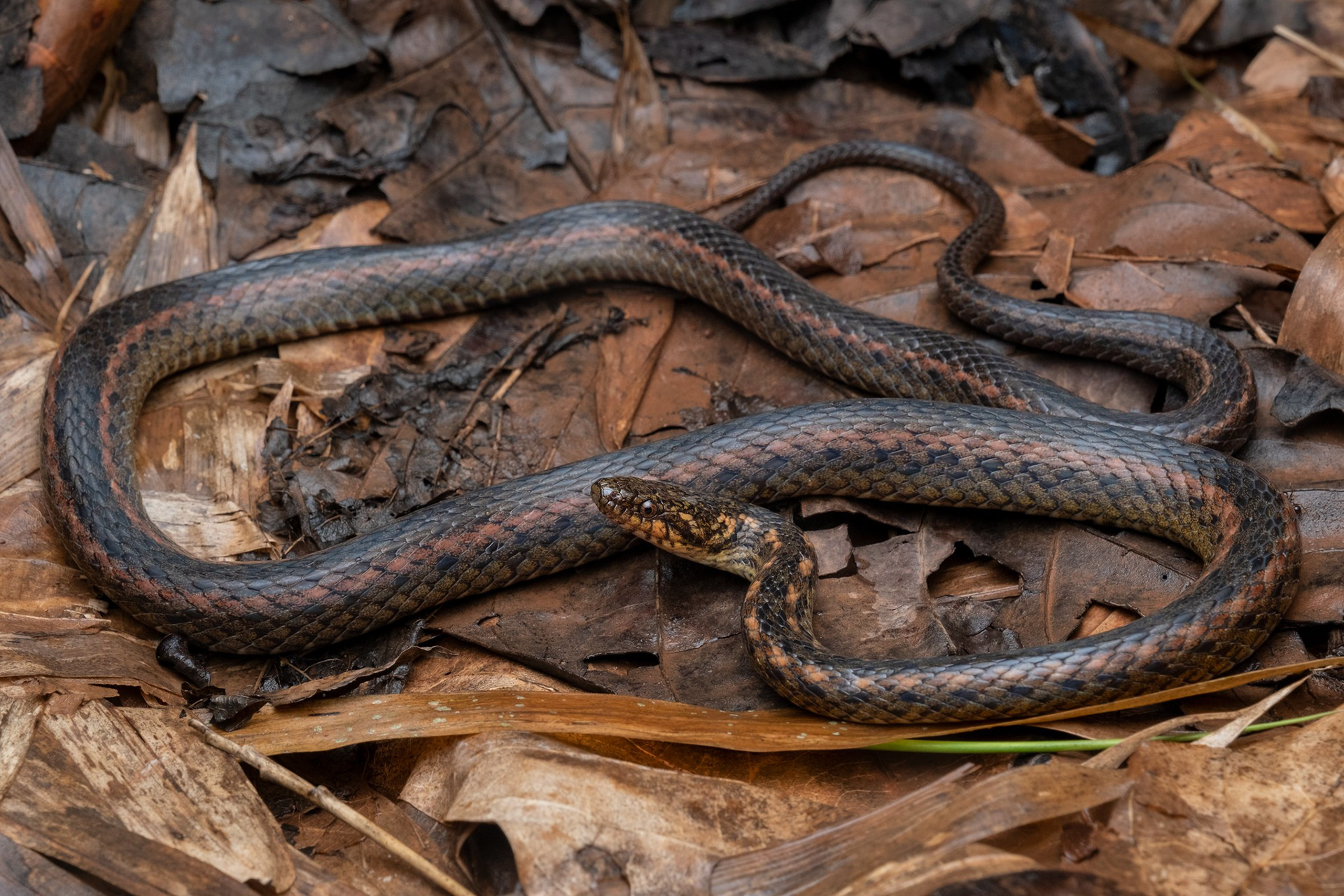
Fire-backed keelback (Hebius igneus)
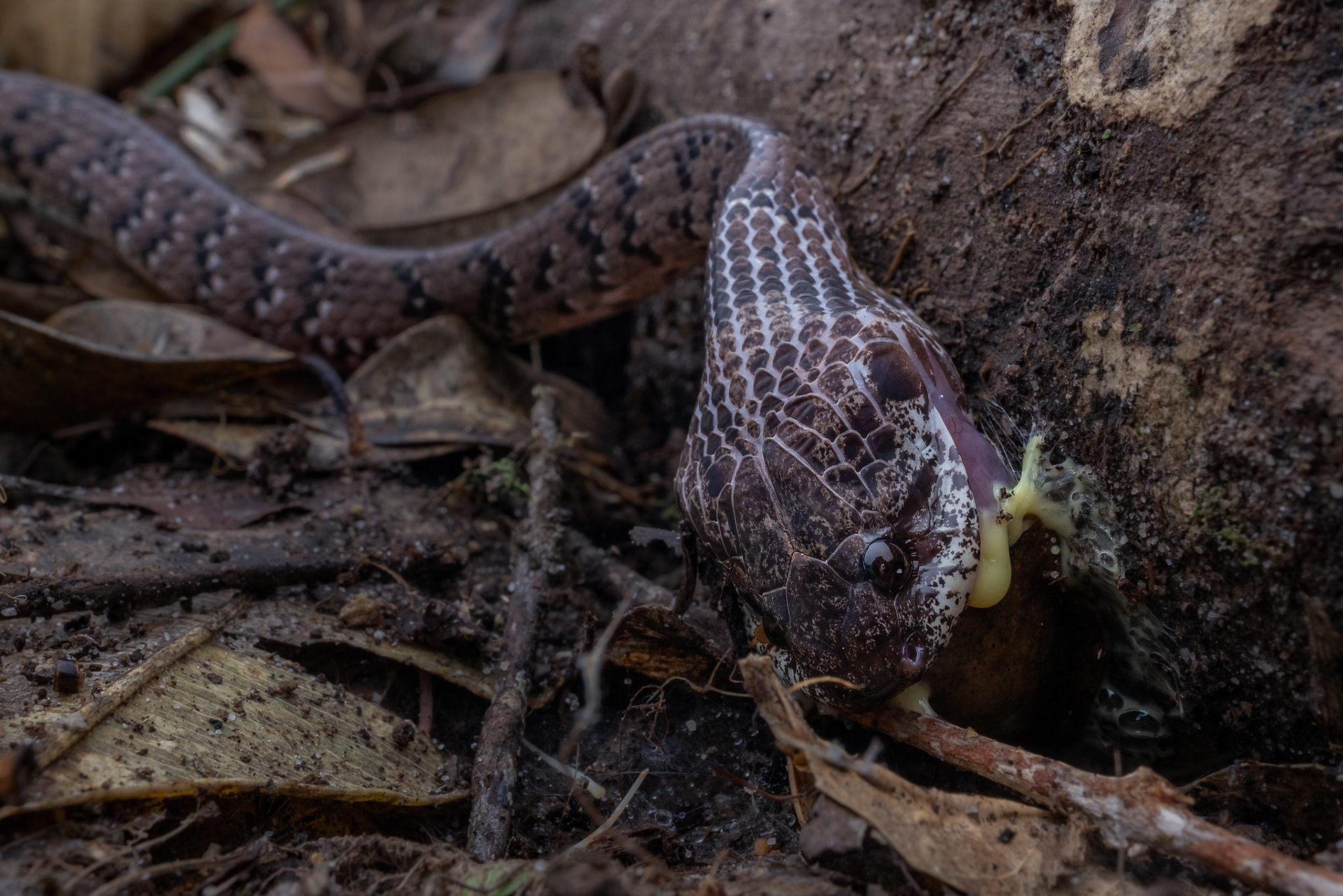
Mountain slug snake (Pareas macularius)
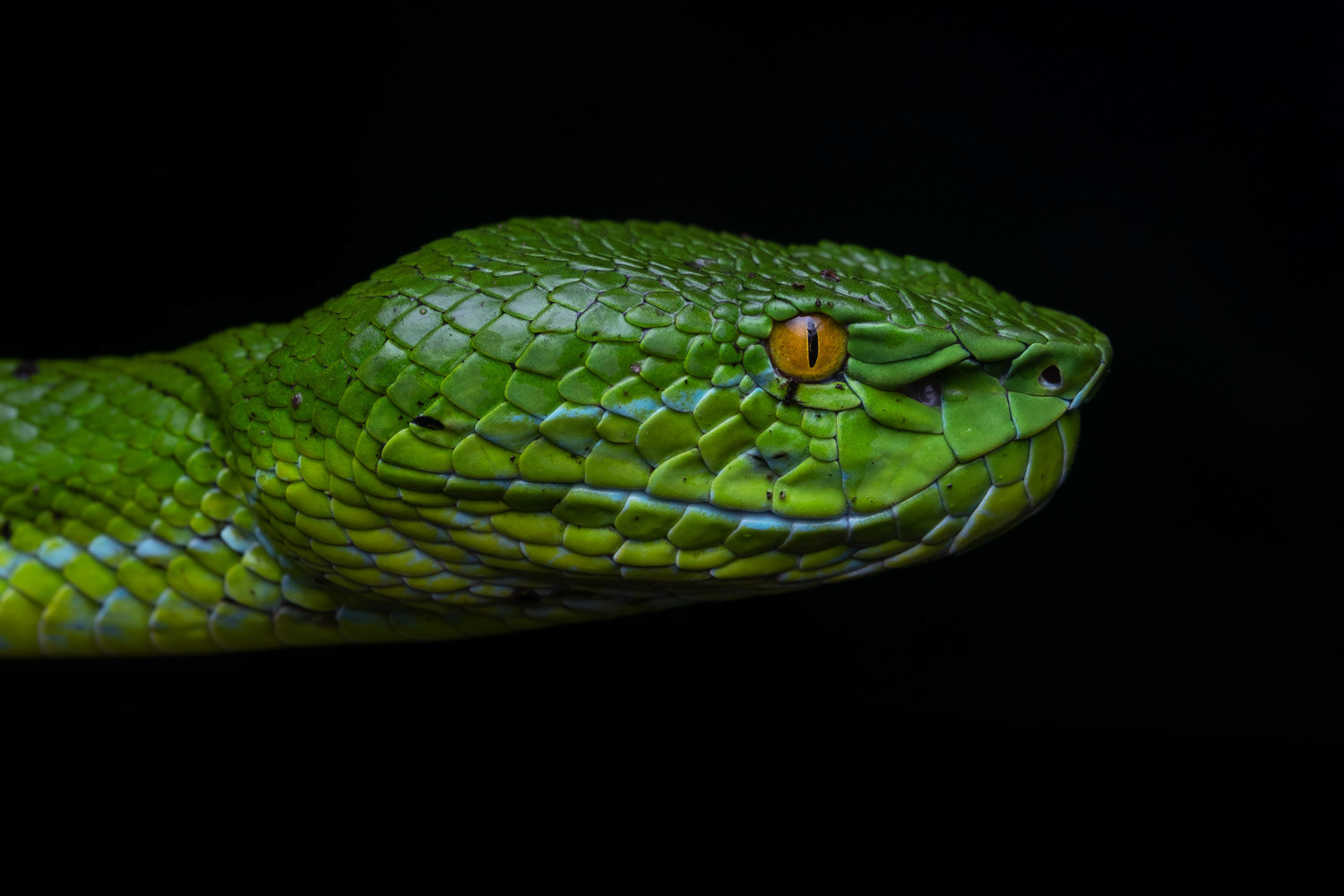
Gumprecht's pit viper (Trimeresurus gumprechti).
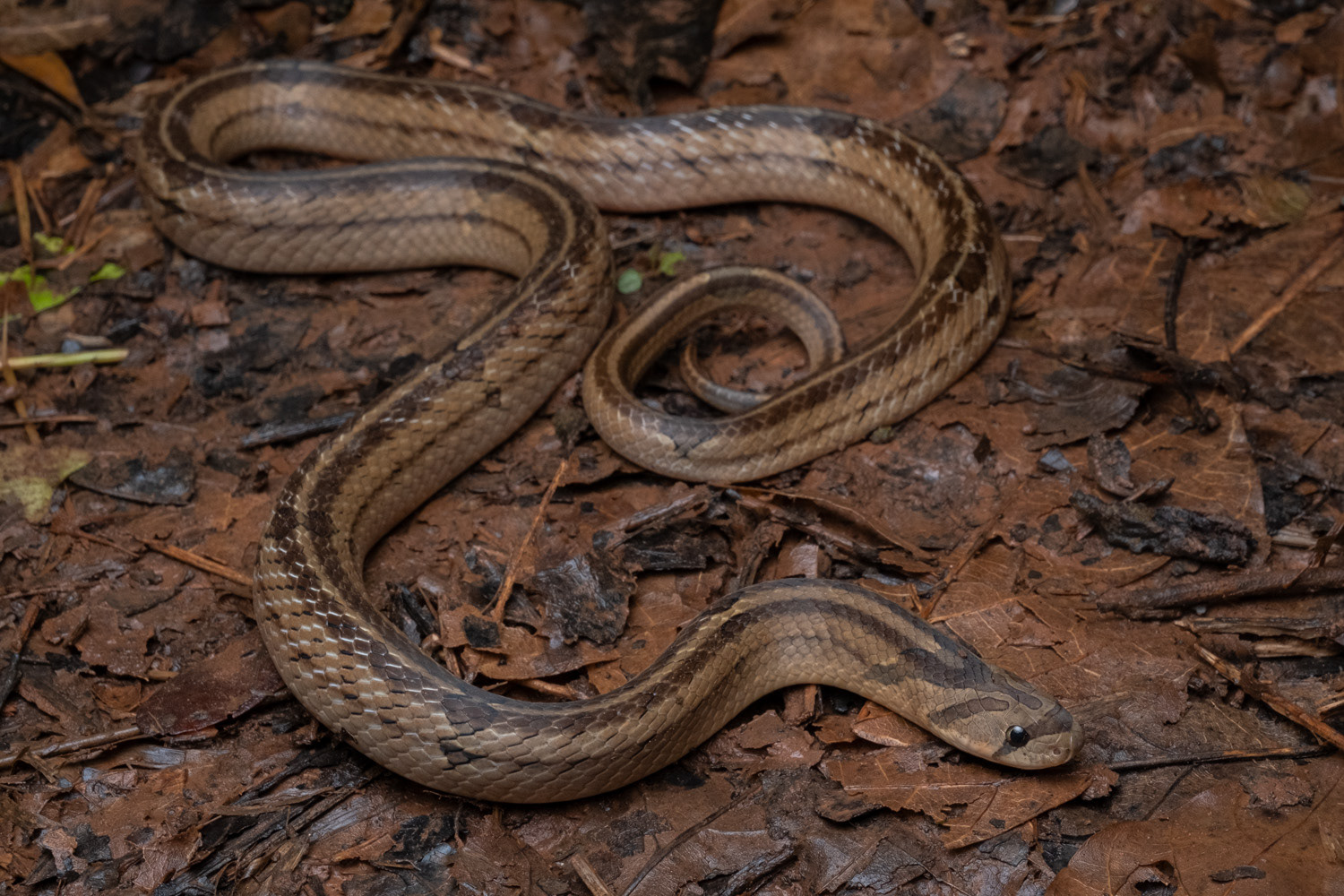
Small-banded kukri snake (Oligodon cf. fasciolatus).
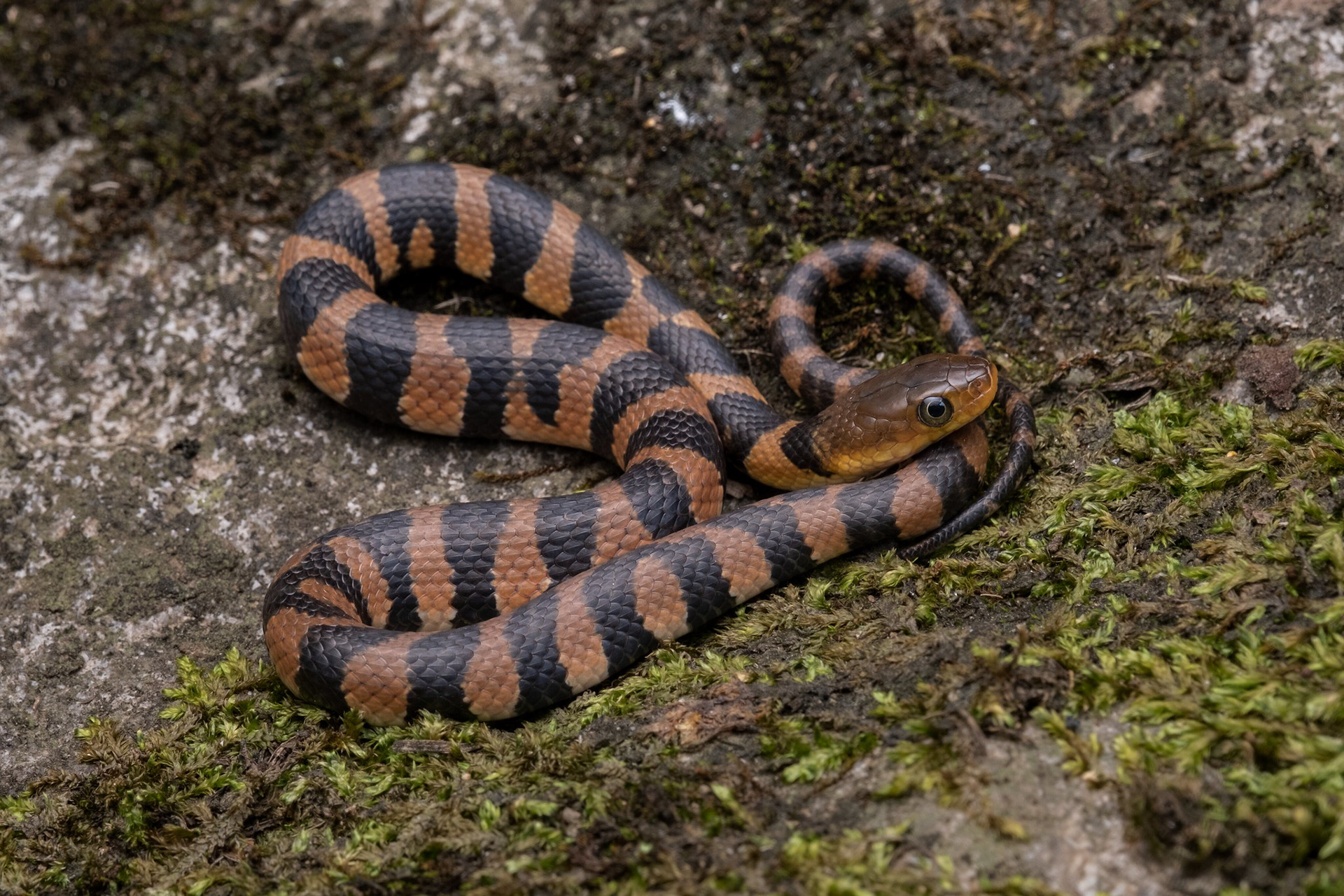
Yunnan mountain keelback (Trimerodytes yunnanensis)
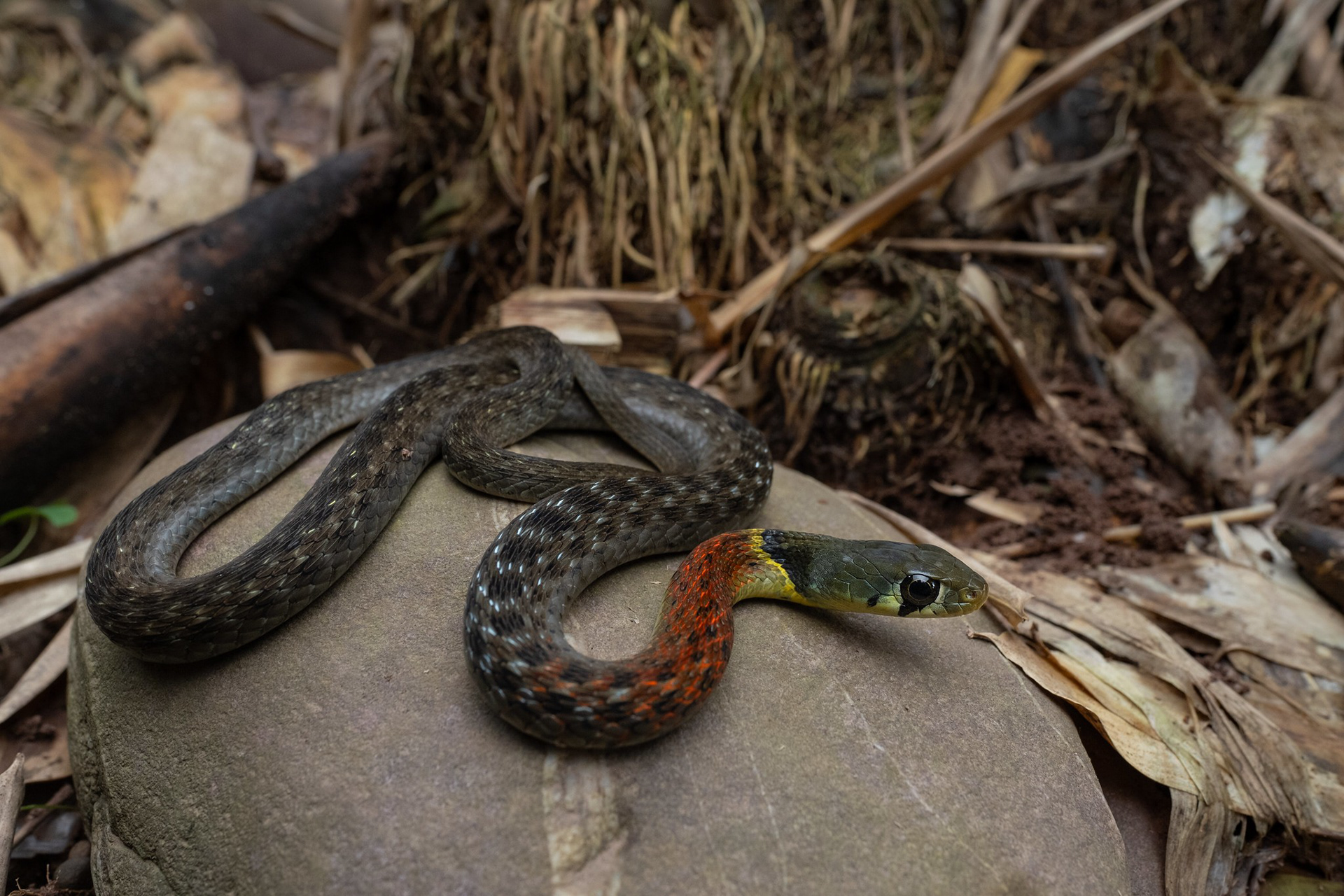
Heller's red-necked keelback (Rhabdophis helleri)
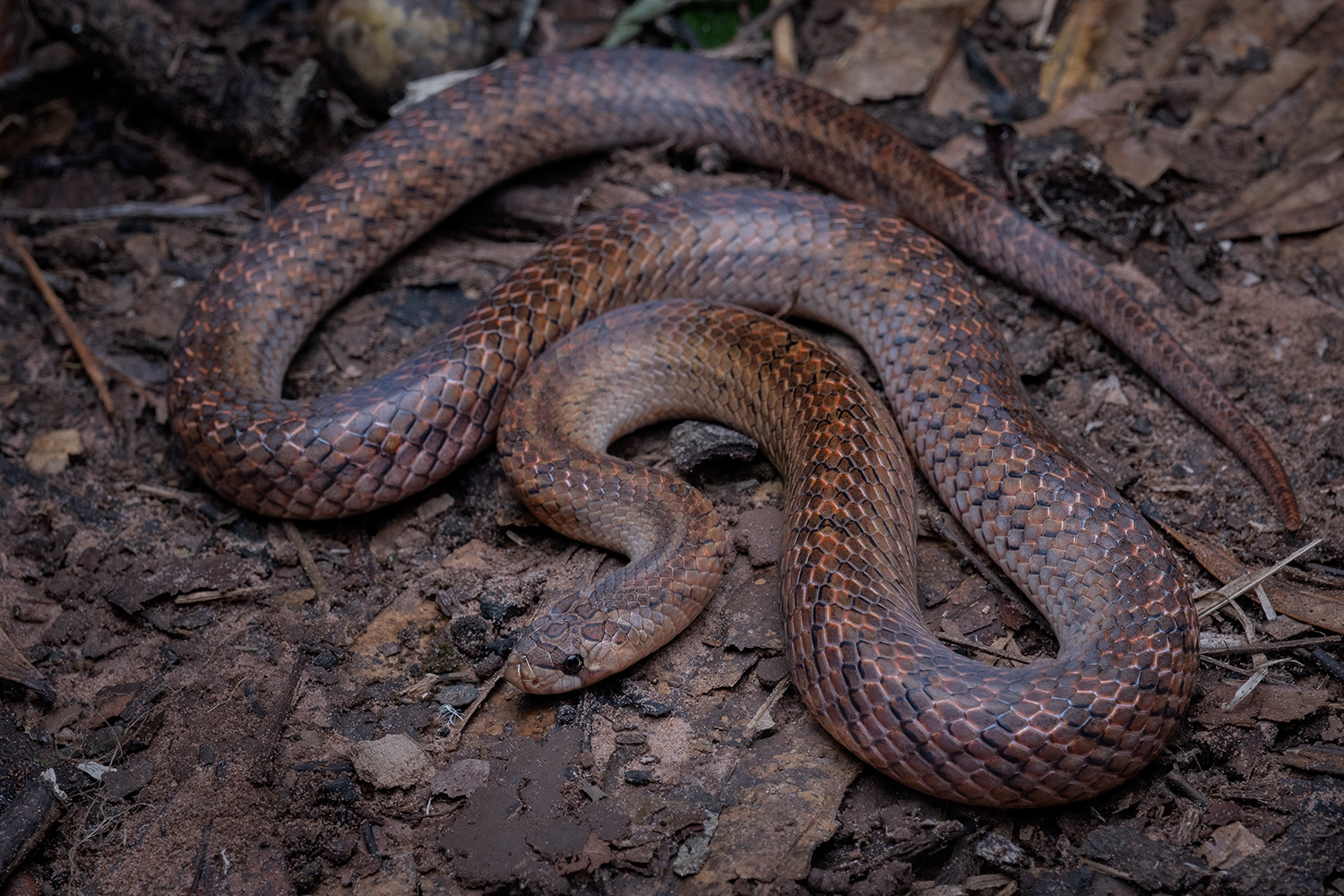
Joynson's kukri snake (Oligodon joynsoni).
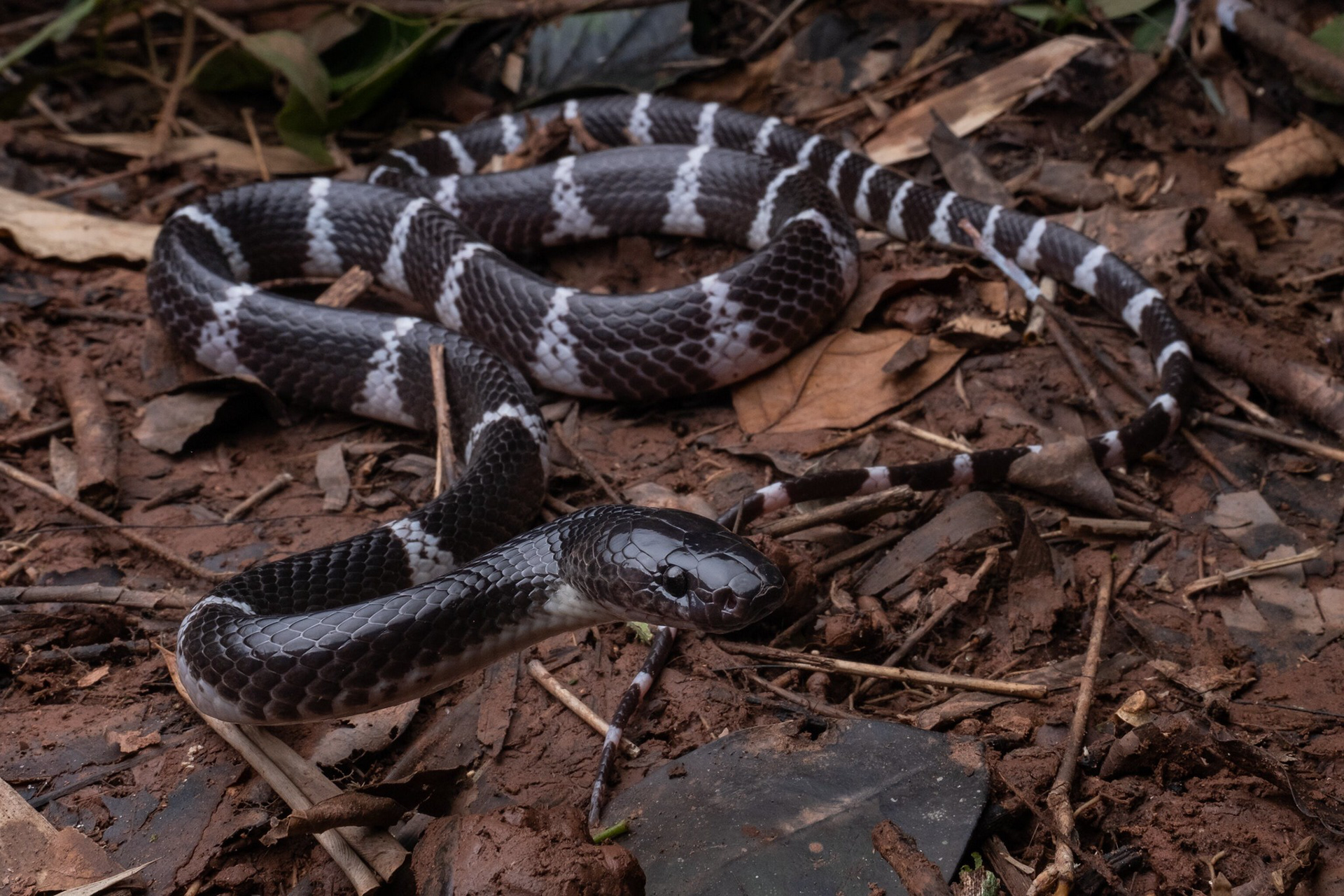
Chapa wolf snake (Lycodon chapaensis)
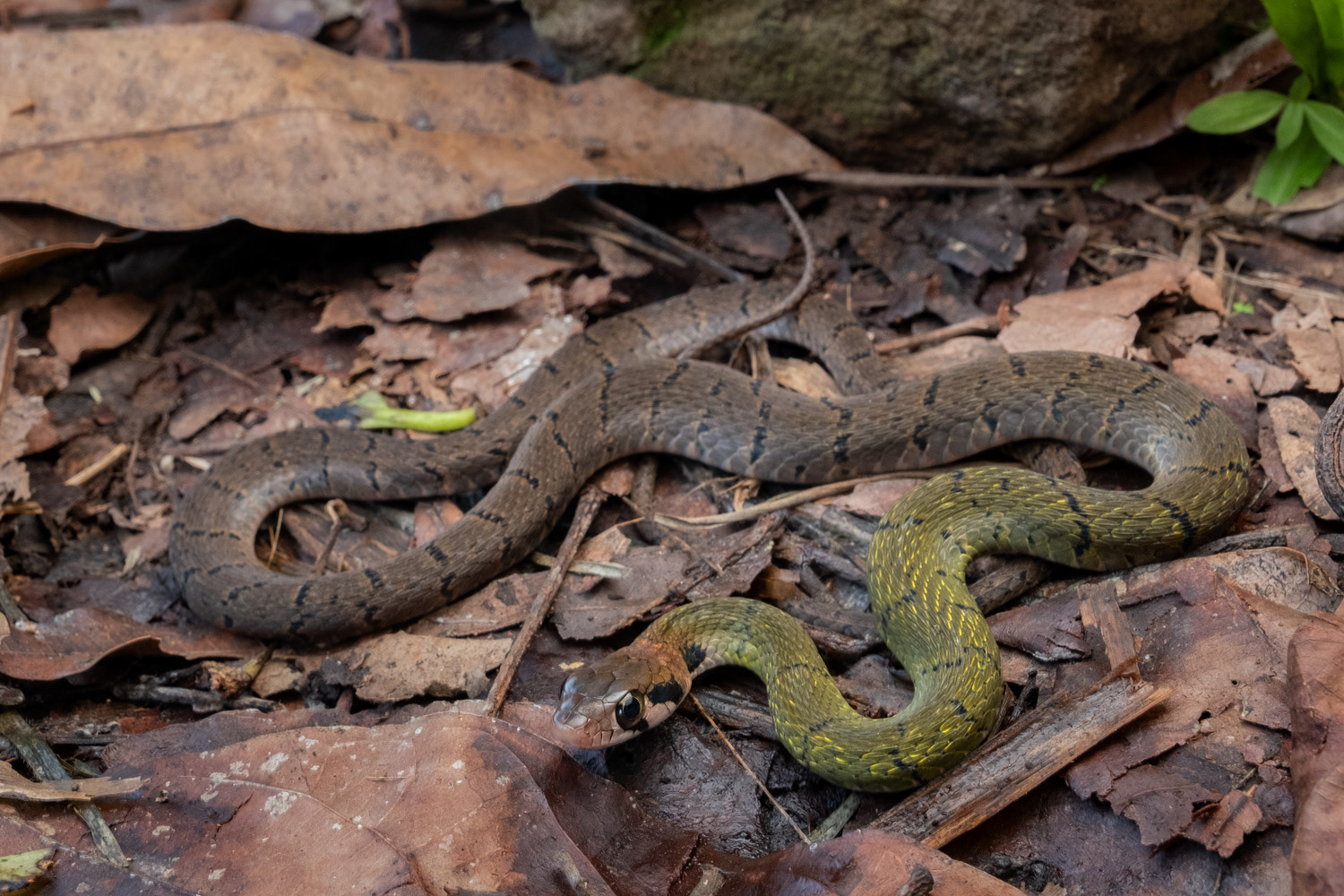
Black-barred keelback (Rhabdophis nigrocinctus).
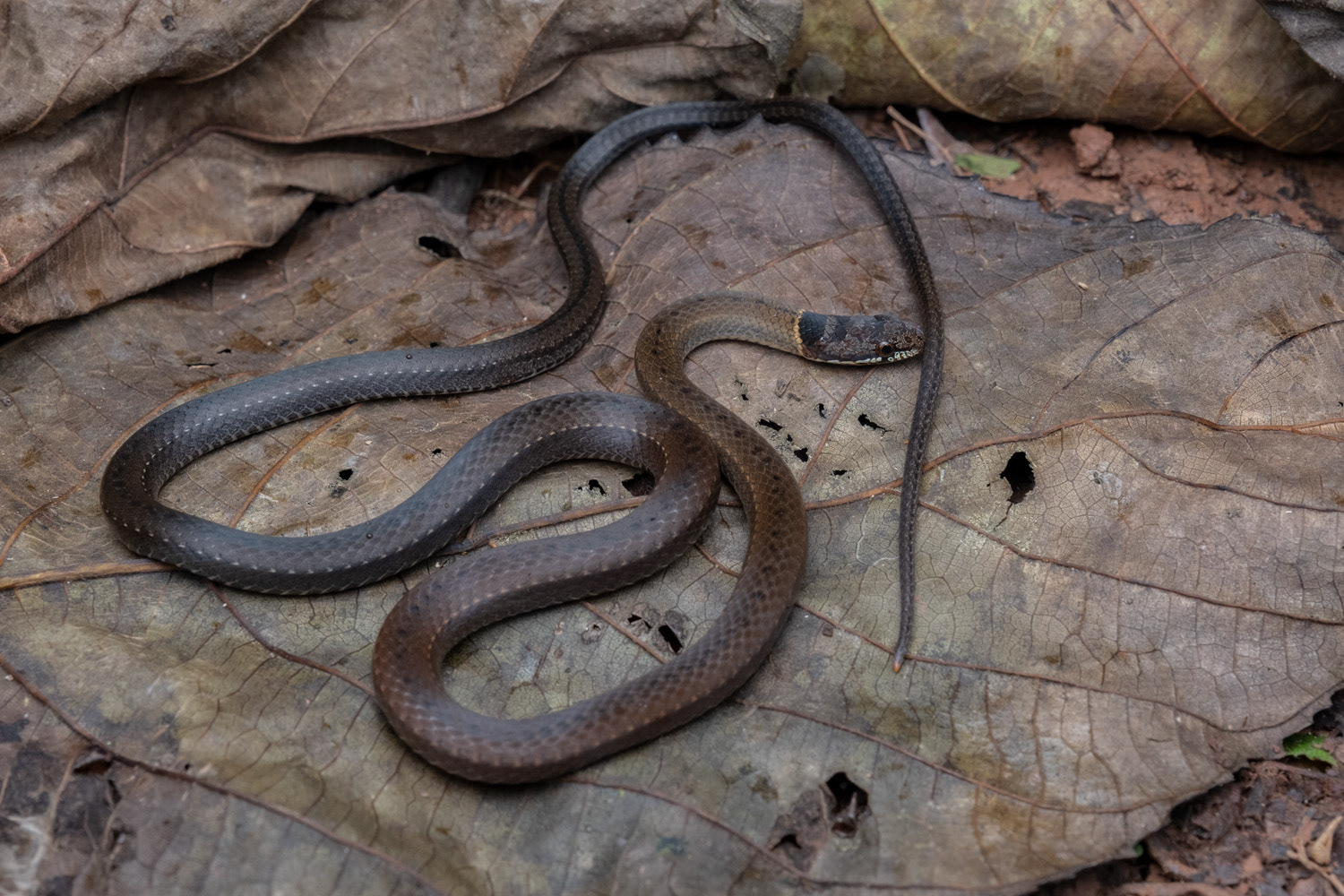
Black-headed collared snake (Sibynophis collaris).
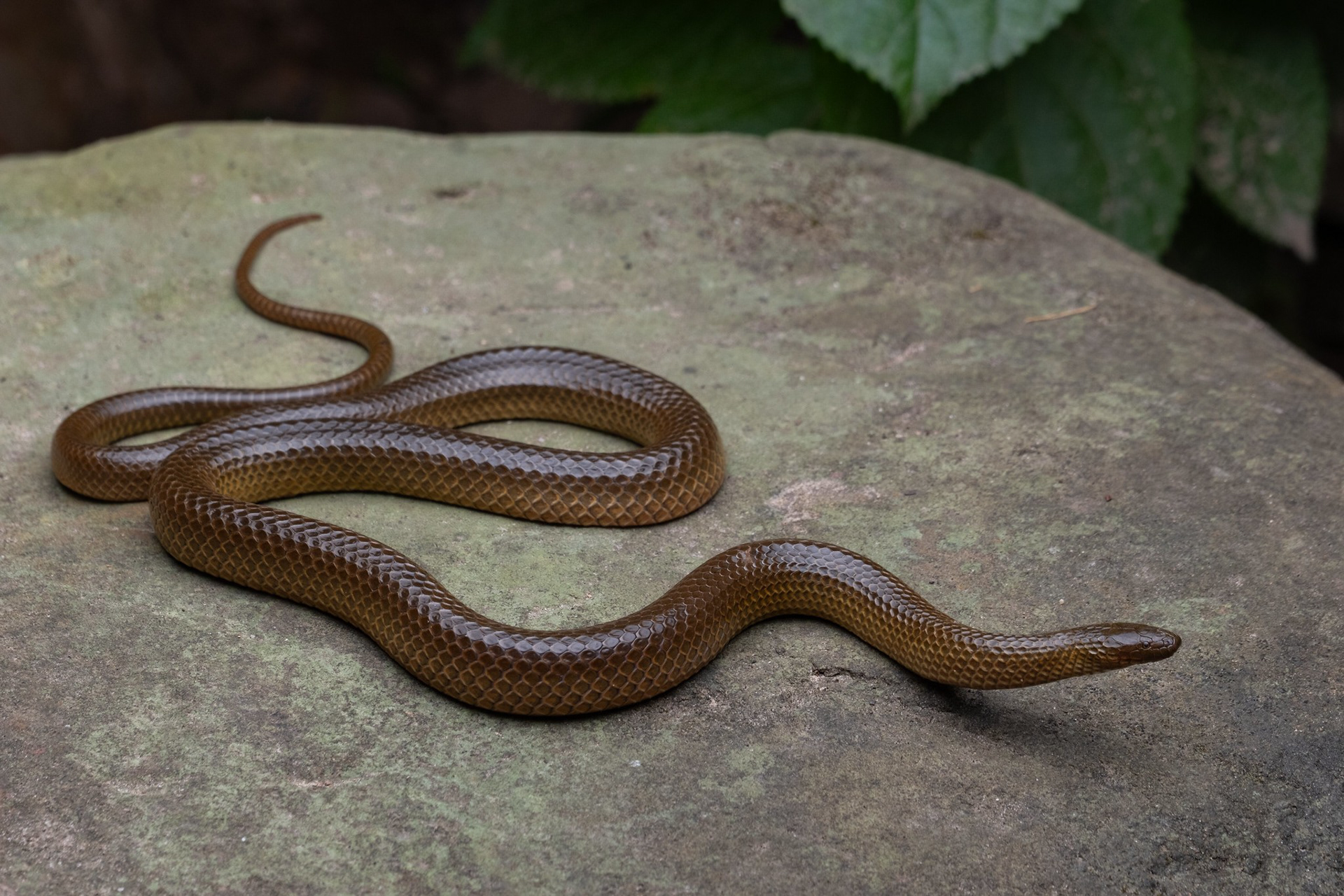
Spencer's stream snake (Opisthotropis spenceri)
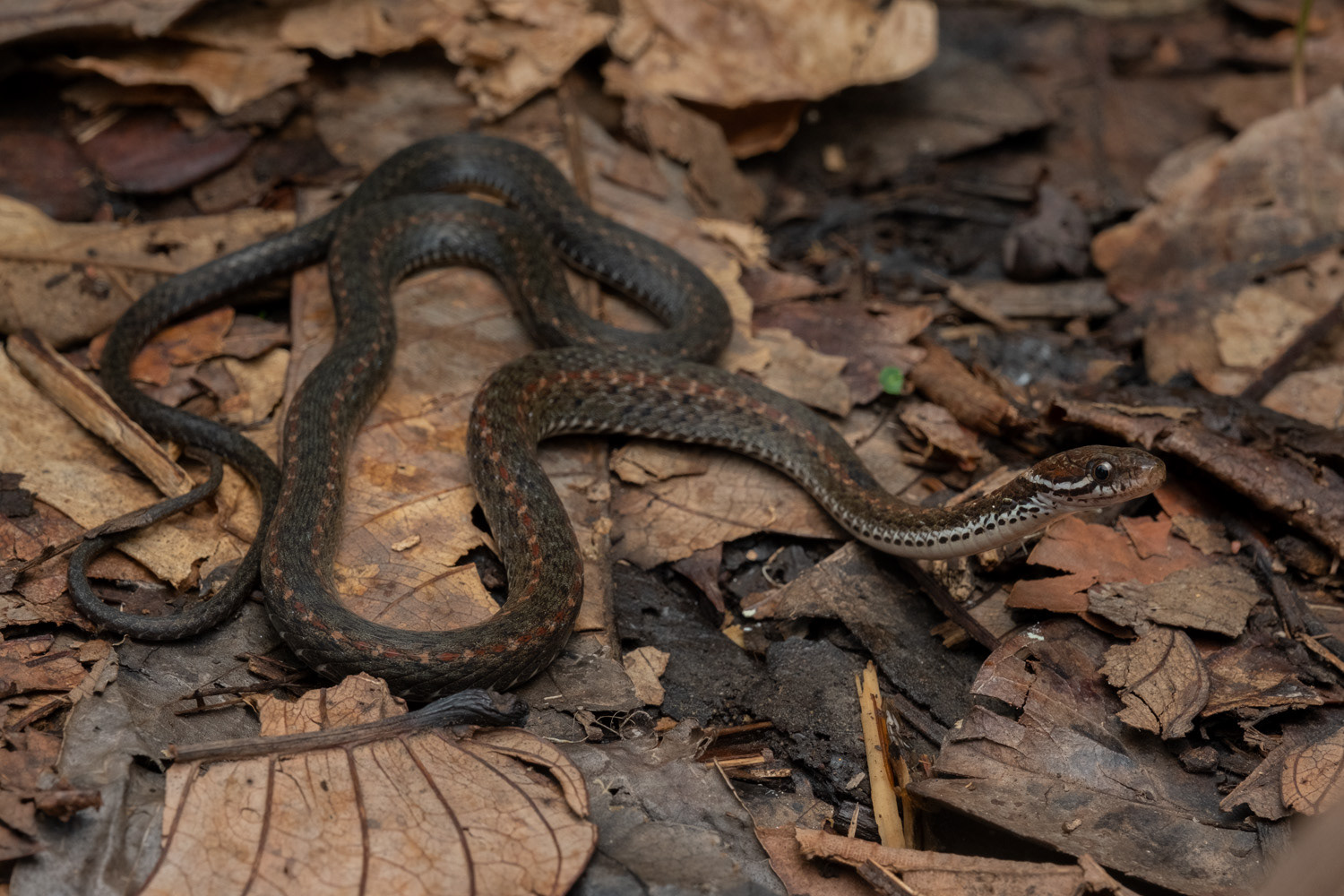
Khasi keelback (Hebius khasiensis).
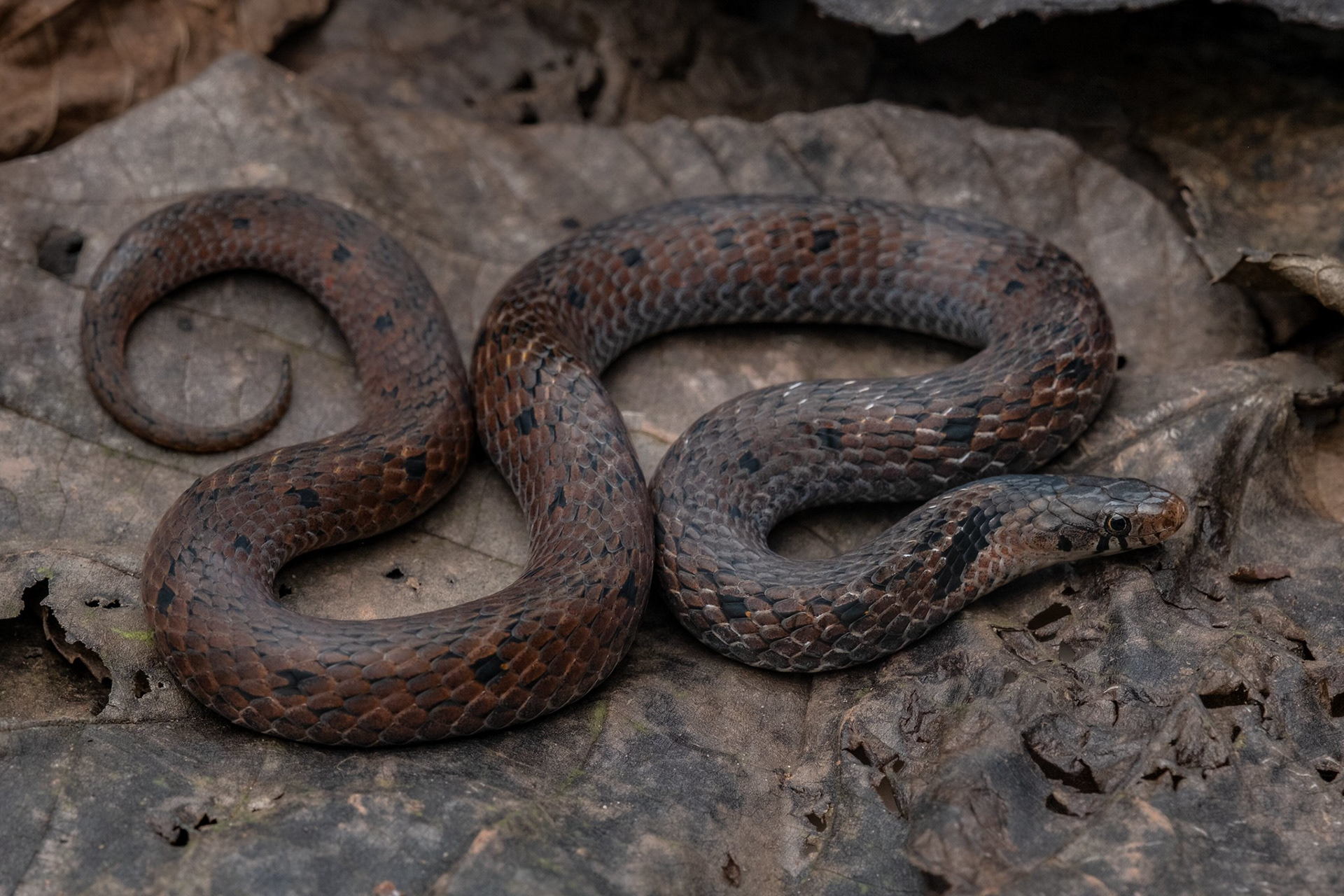
Assamese mountain snake (Plagiopholis nuchalis)
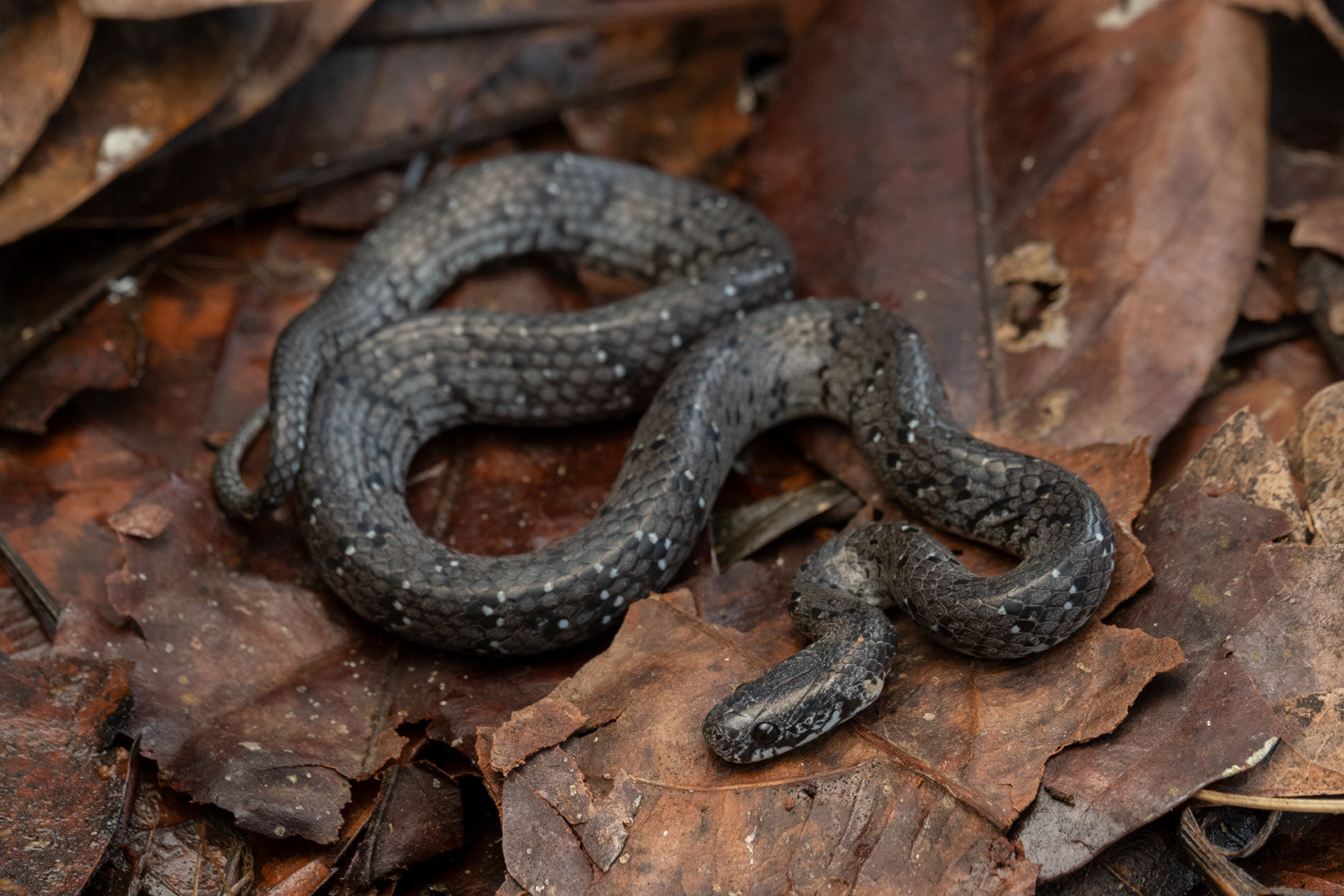
White-spotted slug snake (Pareas margaritophorus).
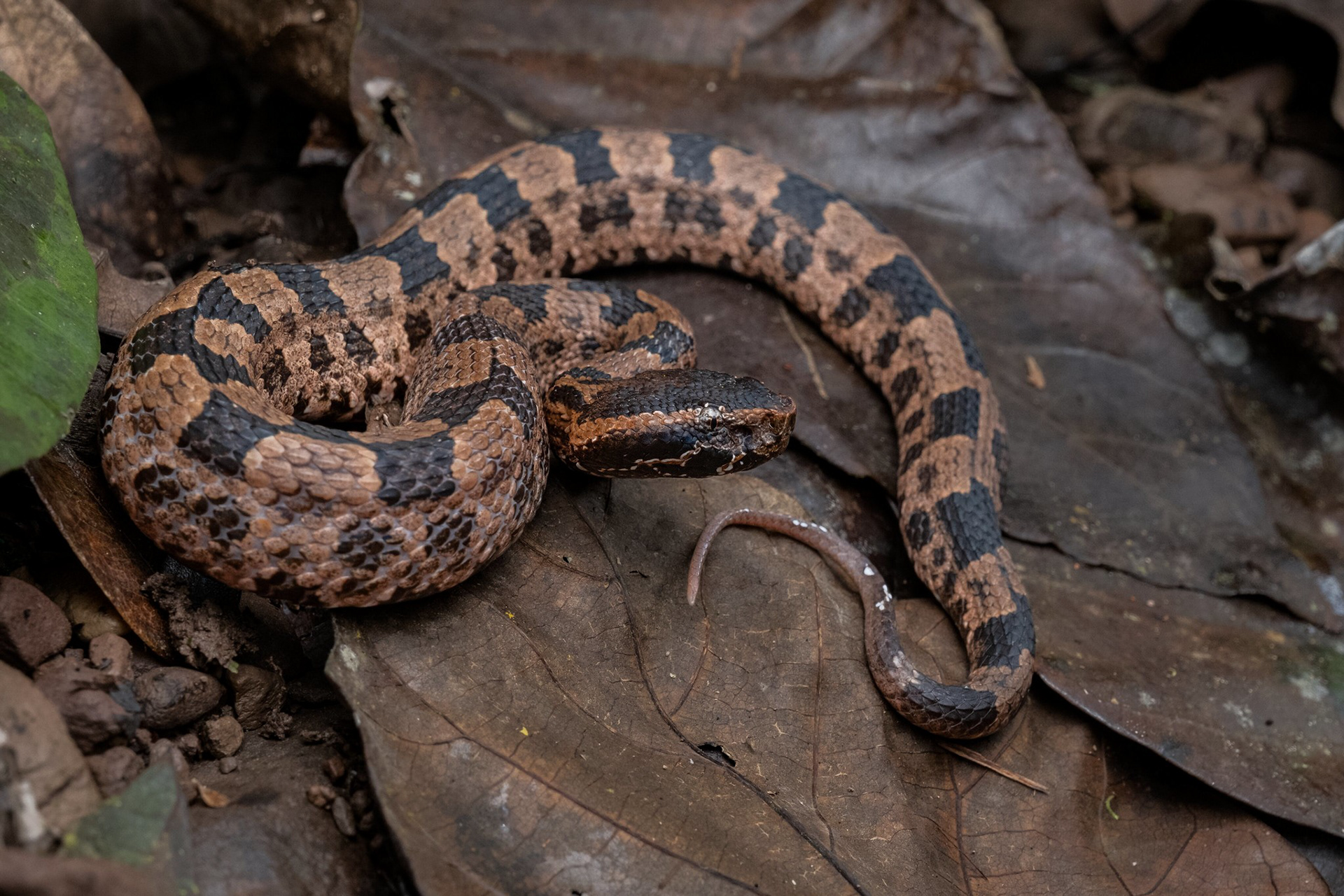
Mountain pit viper (Ovophis cf. monticola)
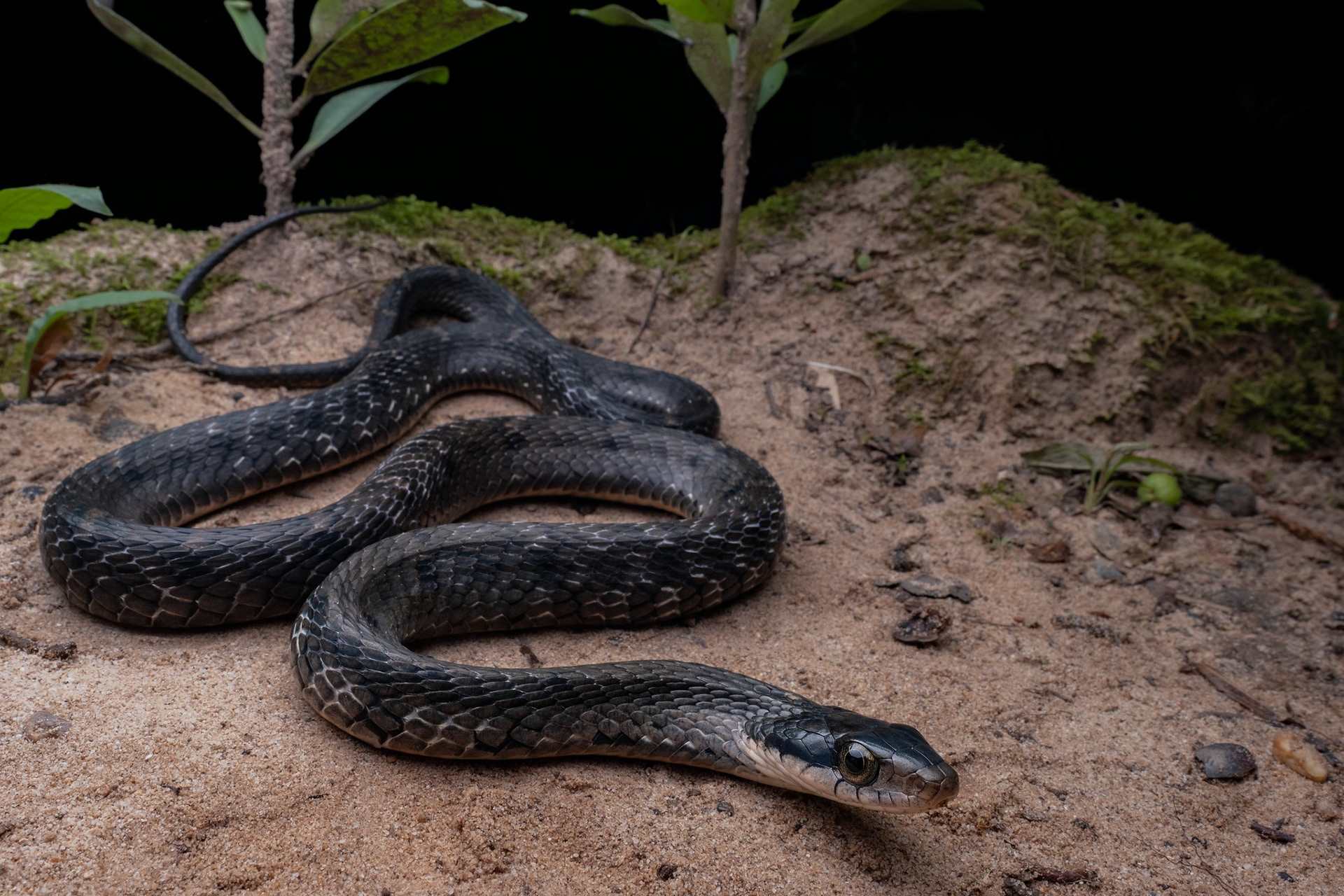
Large-eyed false cobra (Pseudoxenodon macrops)
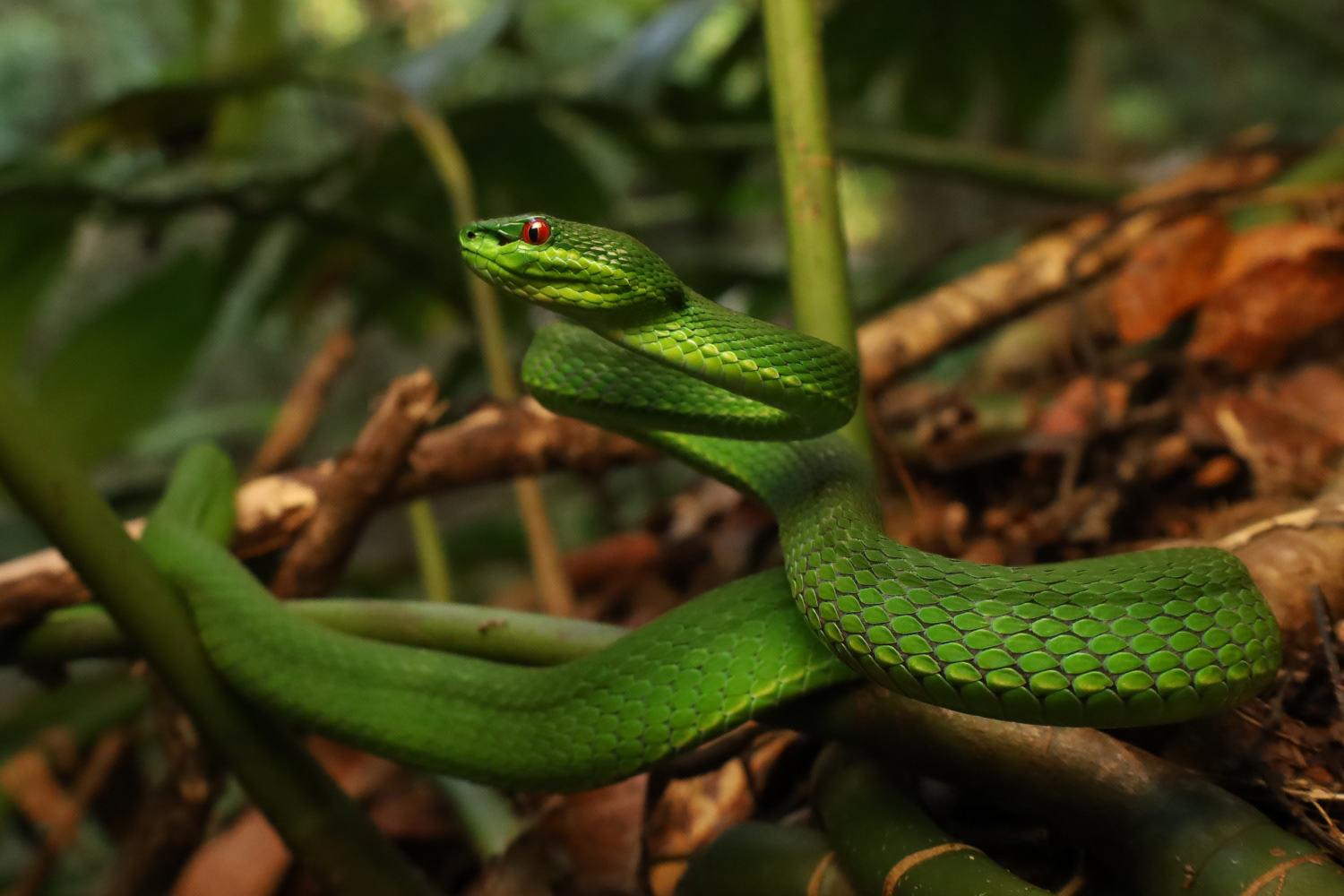
Guo's pit viper (Trimeresurus guoi).
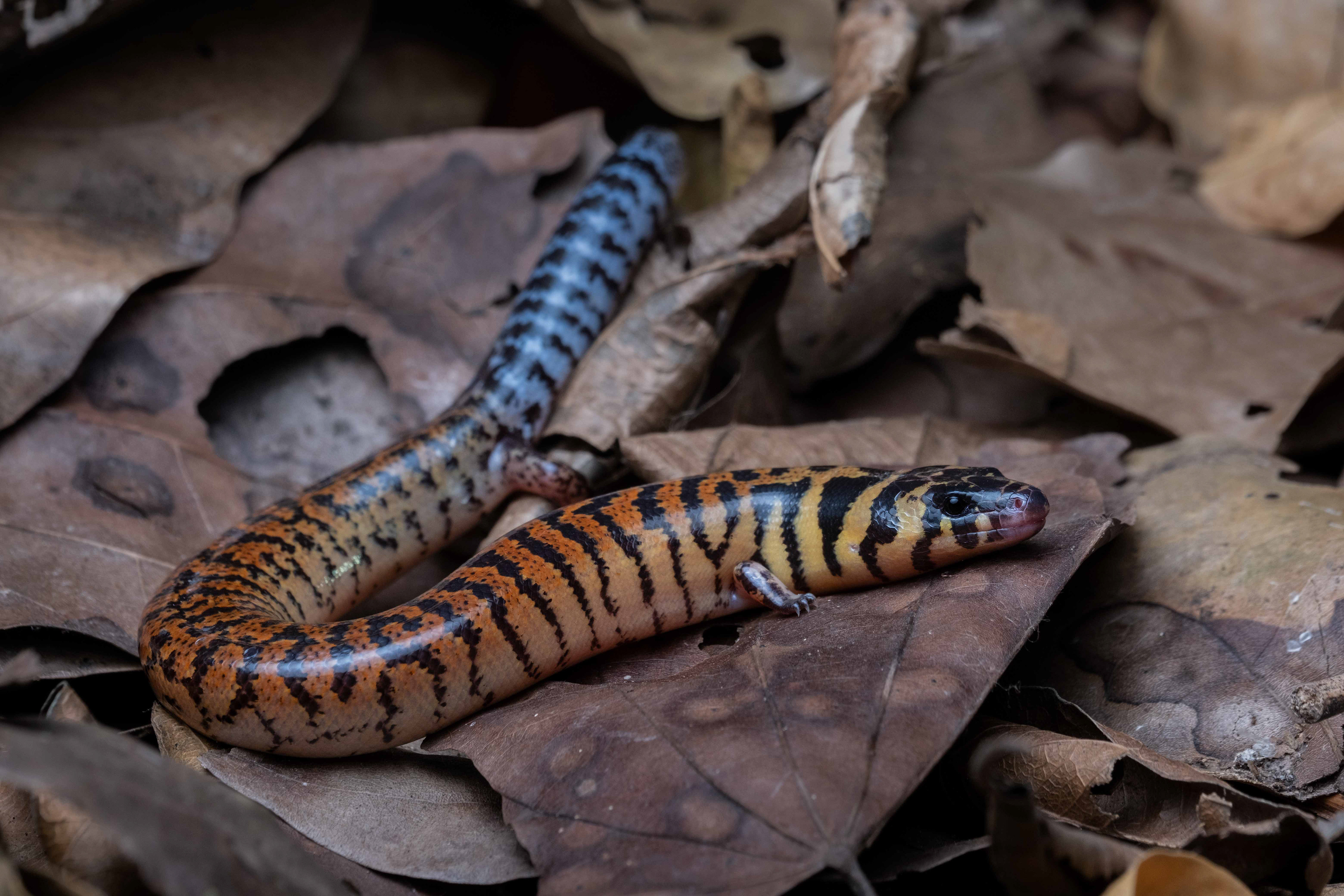
Harold Young's supple skink (Lygosoma haroldyoungi).
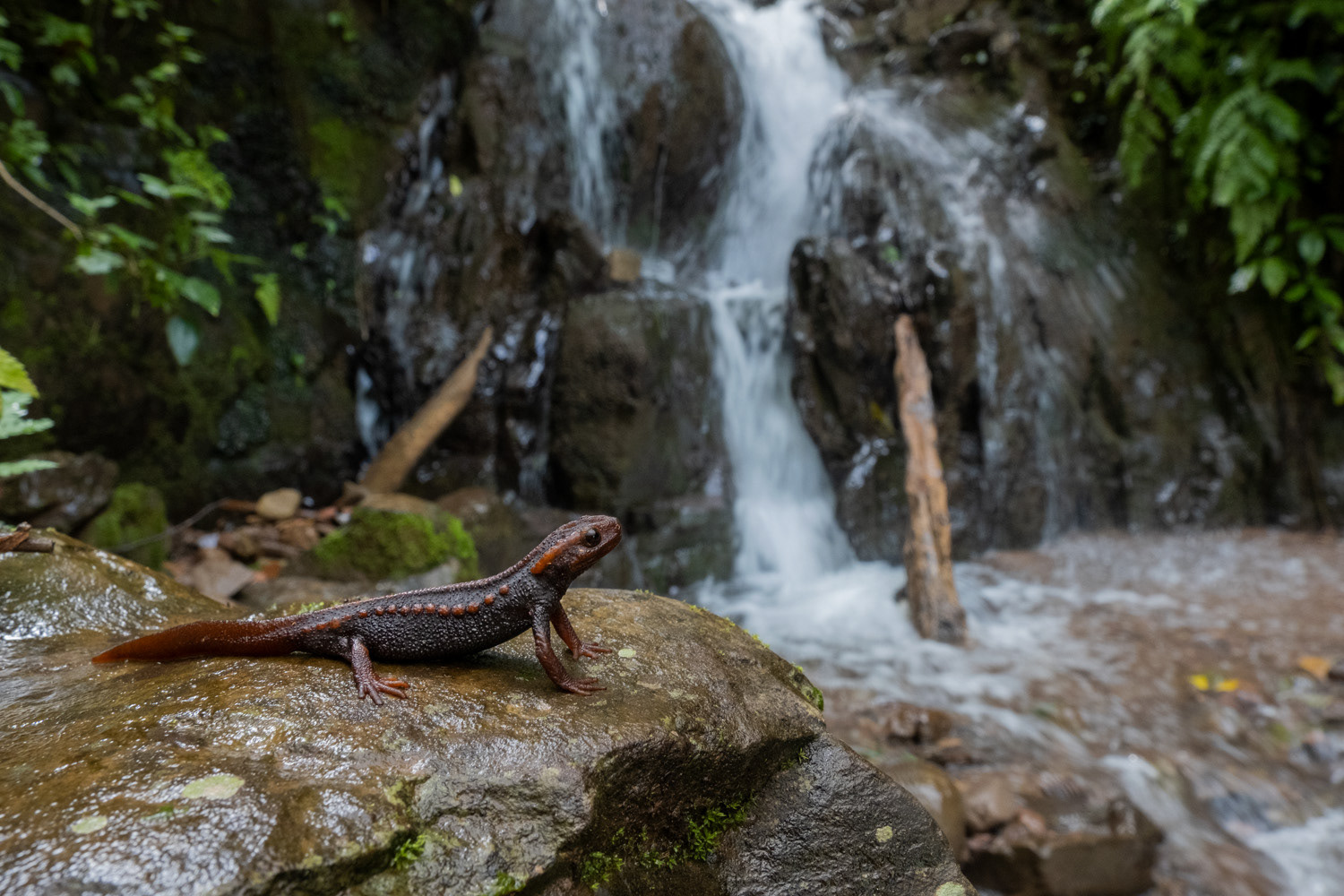
Phu Kha crocodile salamander (Tylototriton phukhaensis).
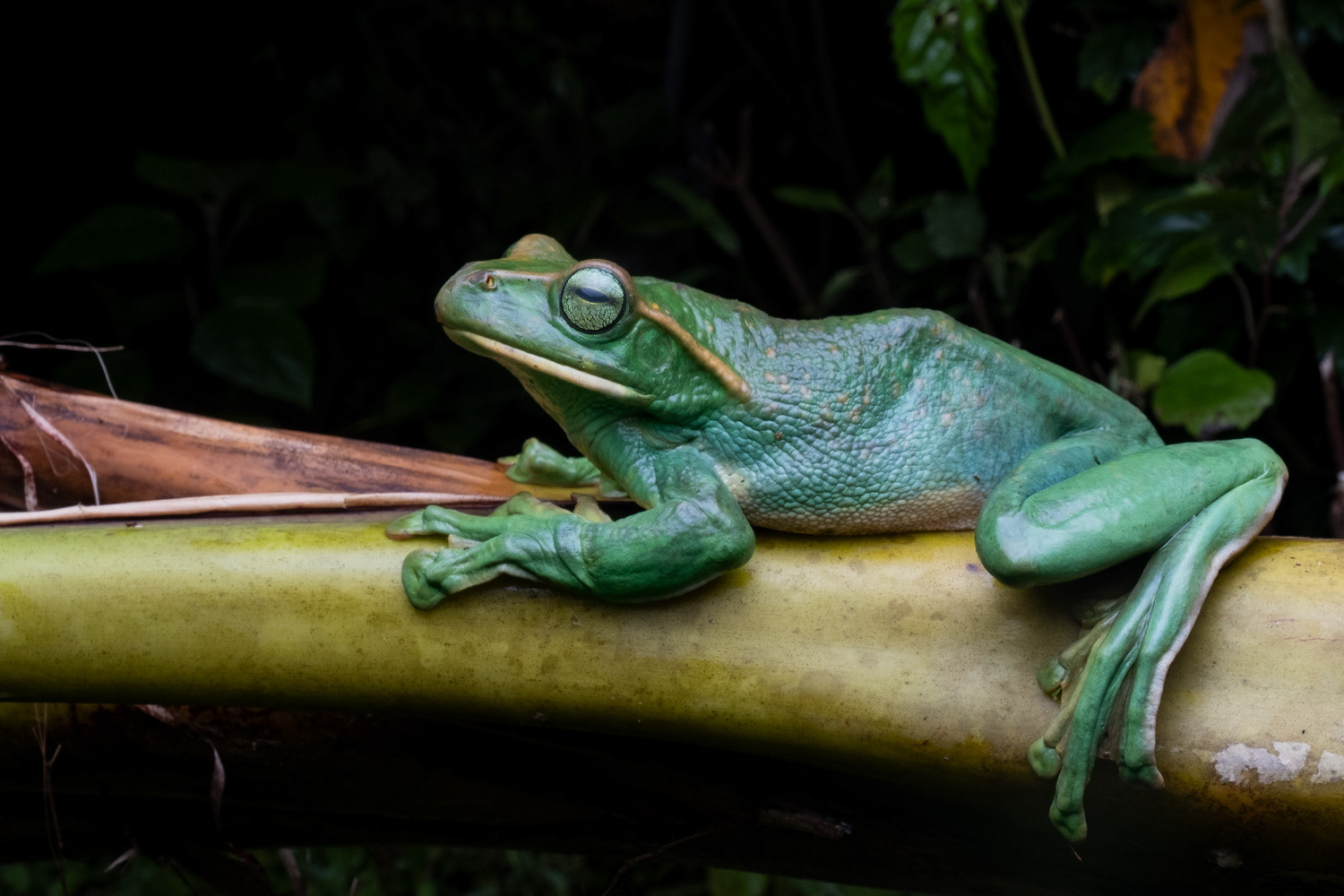
Giant flying frog (Rhacophorus feae).
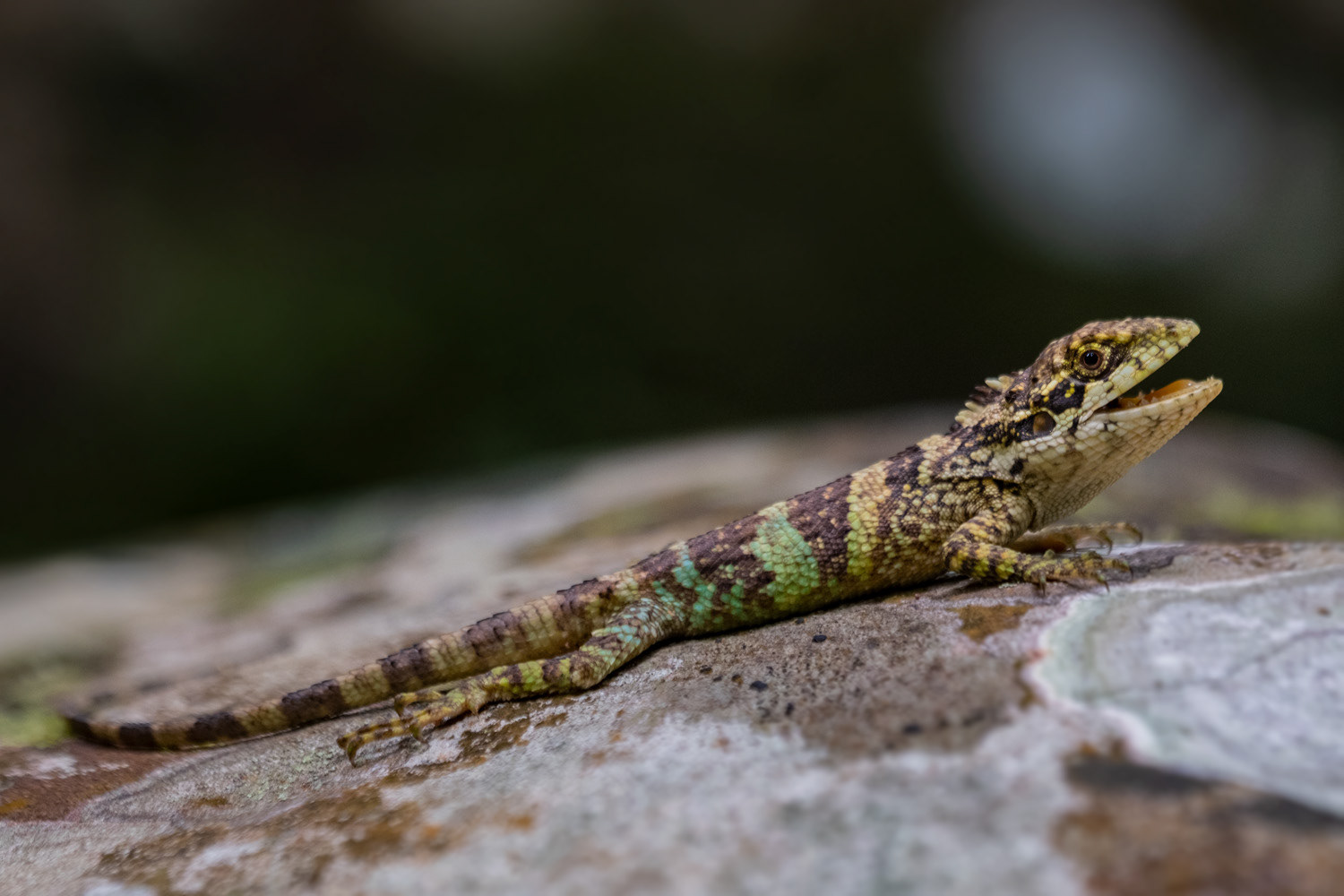
Burmese mountain agamid (Pseudocalotes khakienensis).
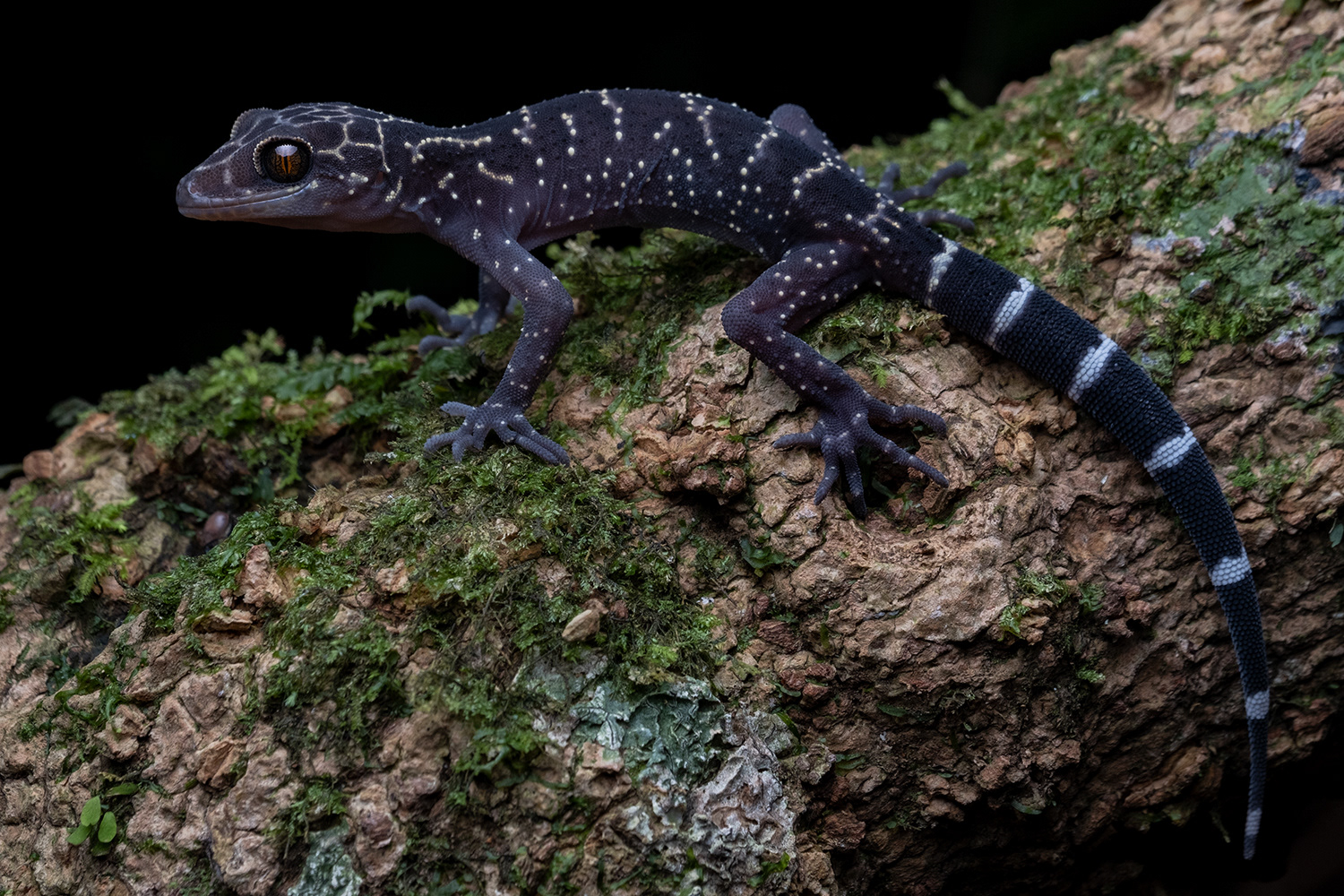
Phu Kha bent-toed gecko (Cyrtodactylus phukhaensis).
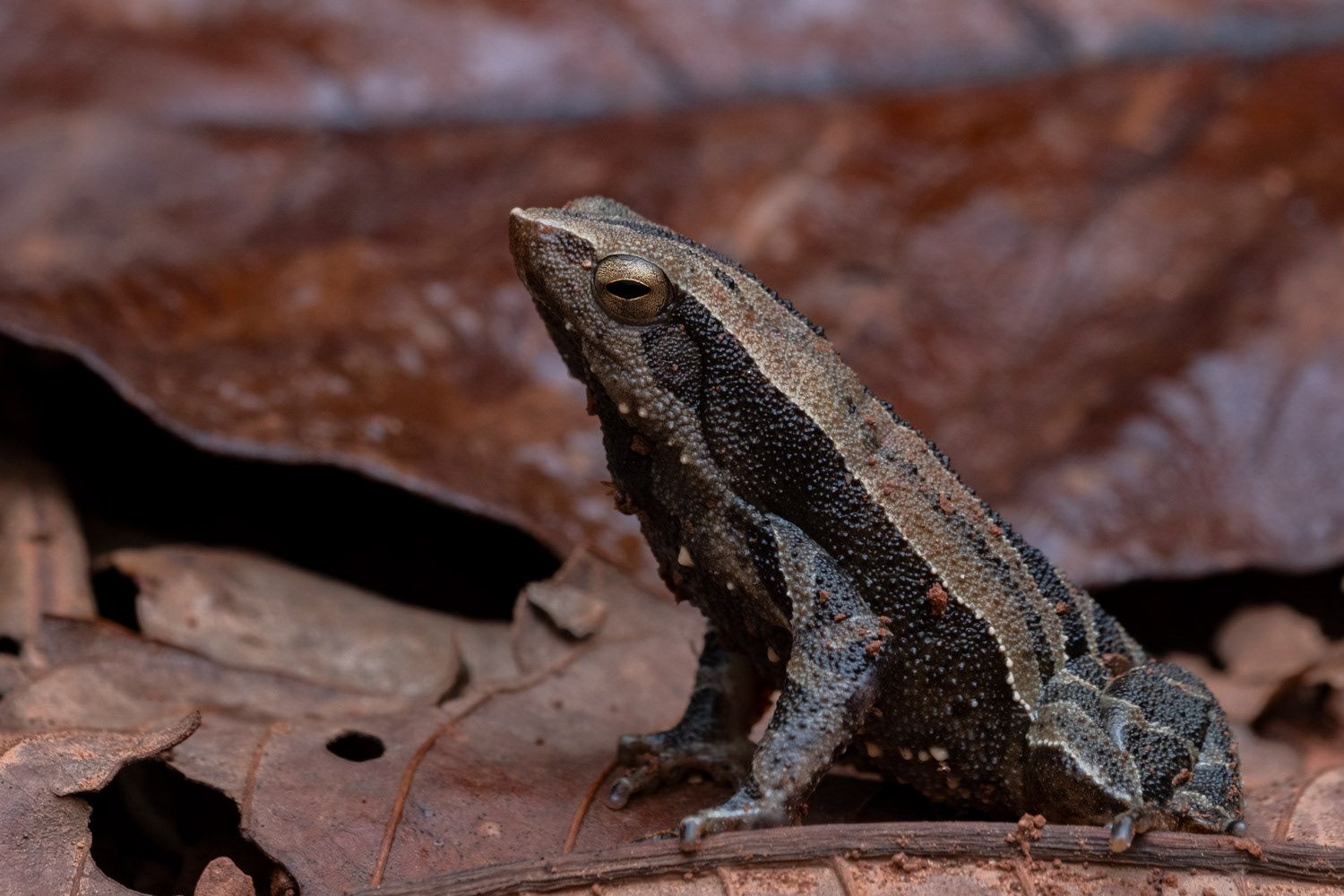
Striped sticky frog (Kalophrynus interlineatus).
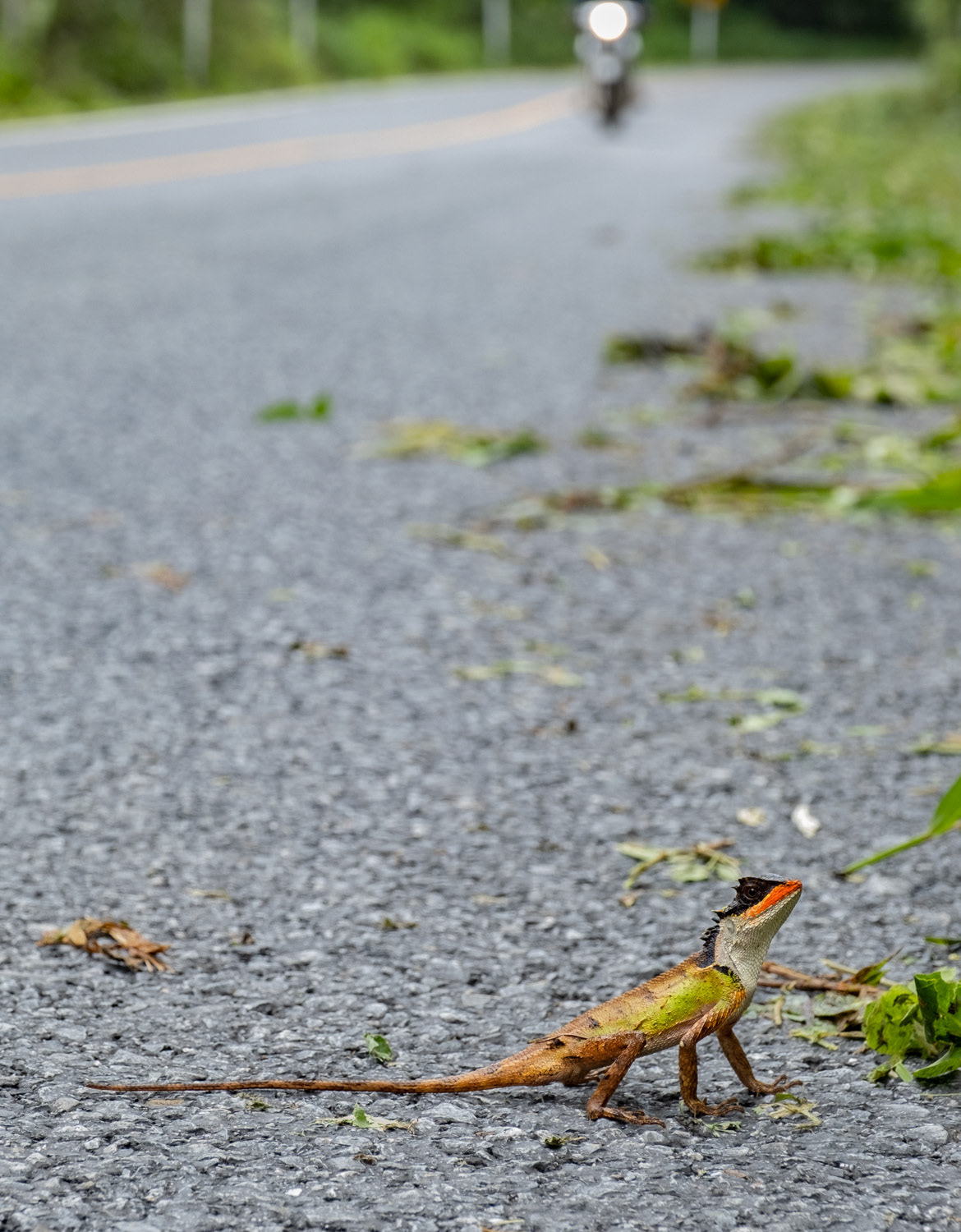
Scale-bellied horned dragon (Acanthosaura lepidogaster).
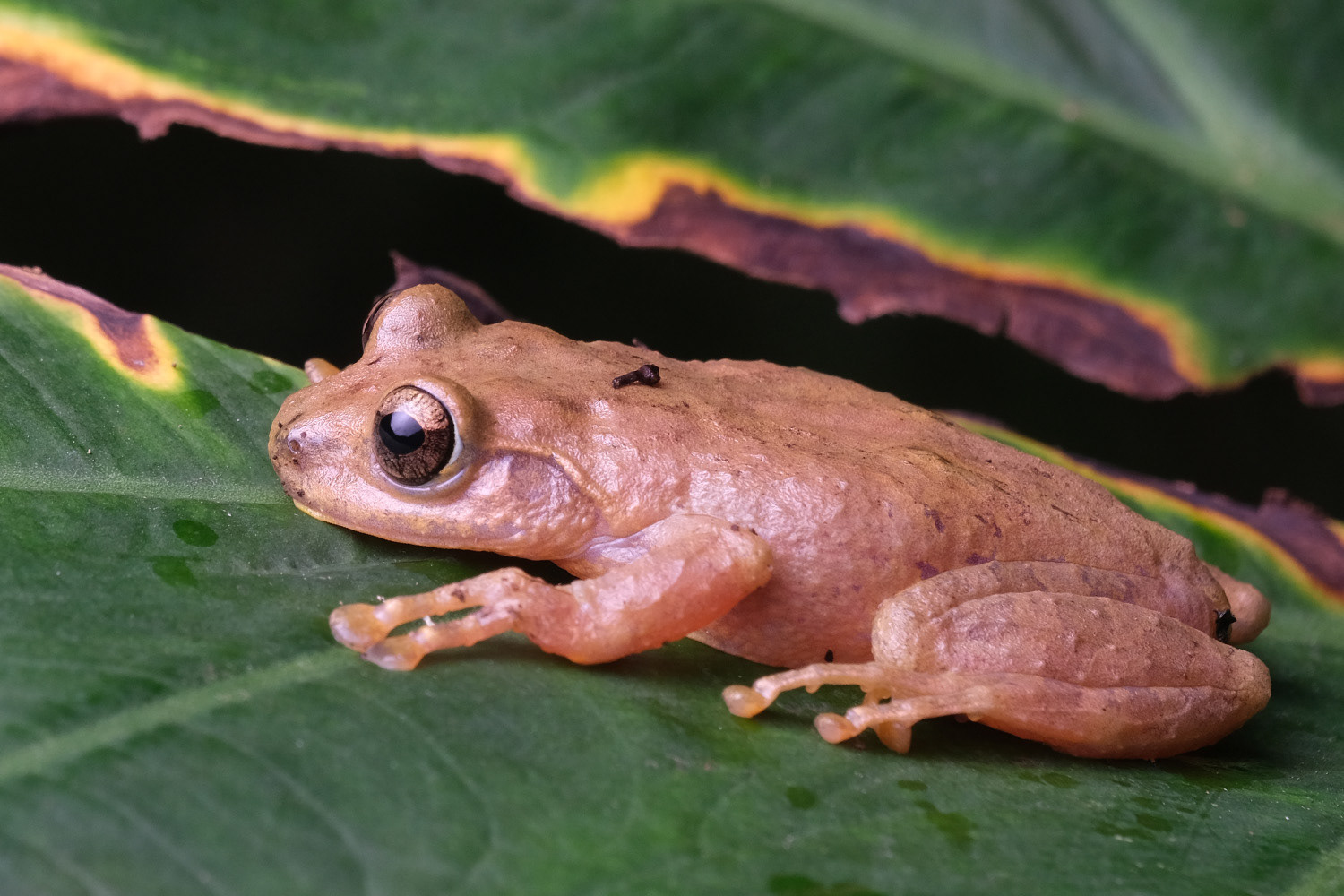
Yunnan bush frog (Gracixalus yunnanensis).
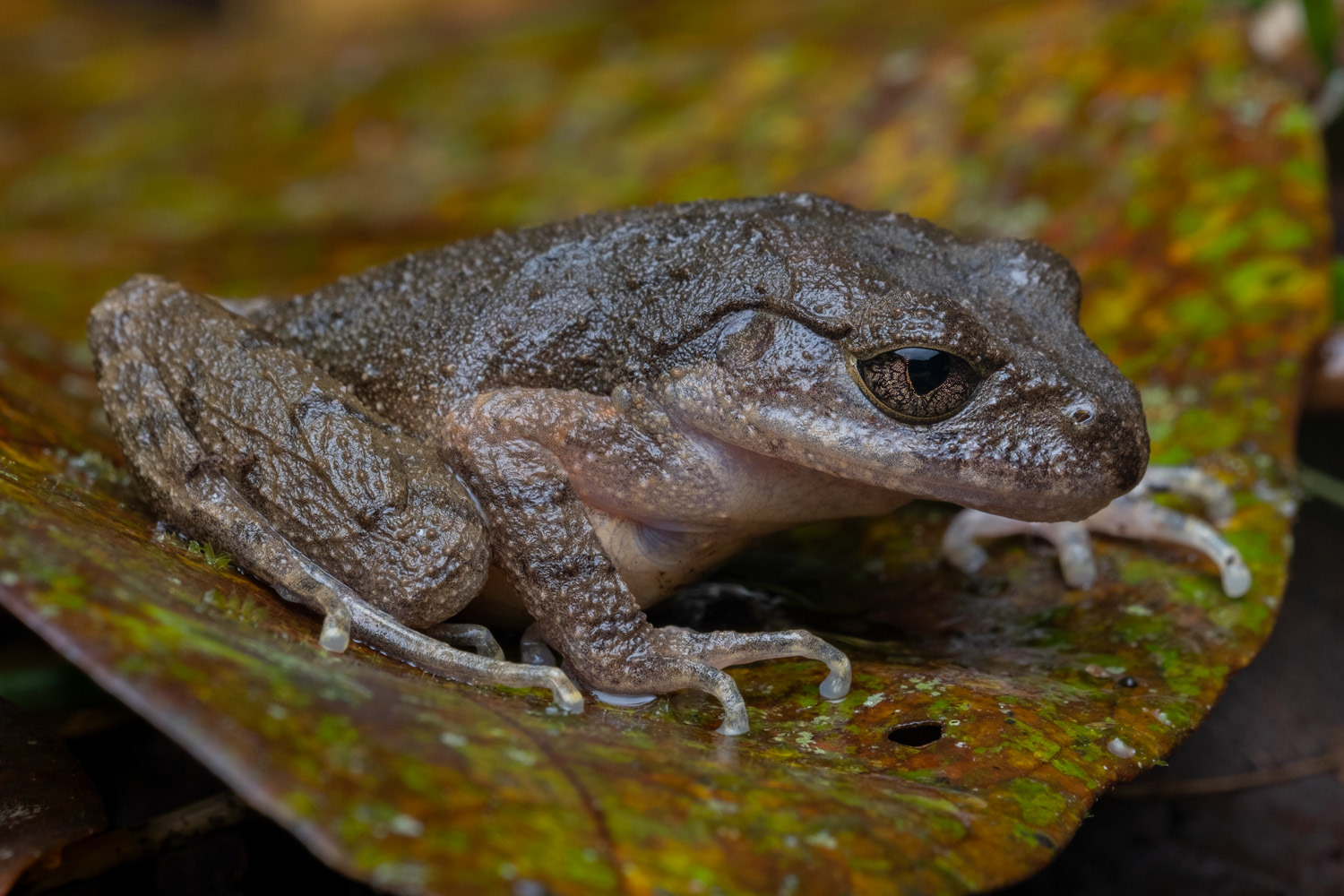
Rosy litter frog (Leptobrachella eos).
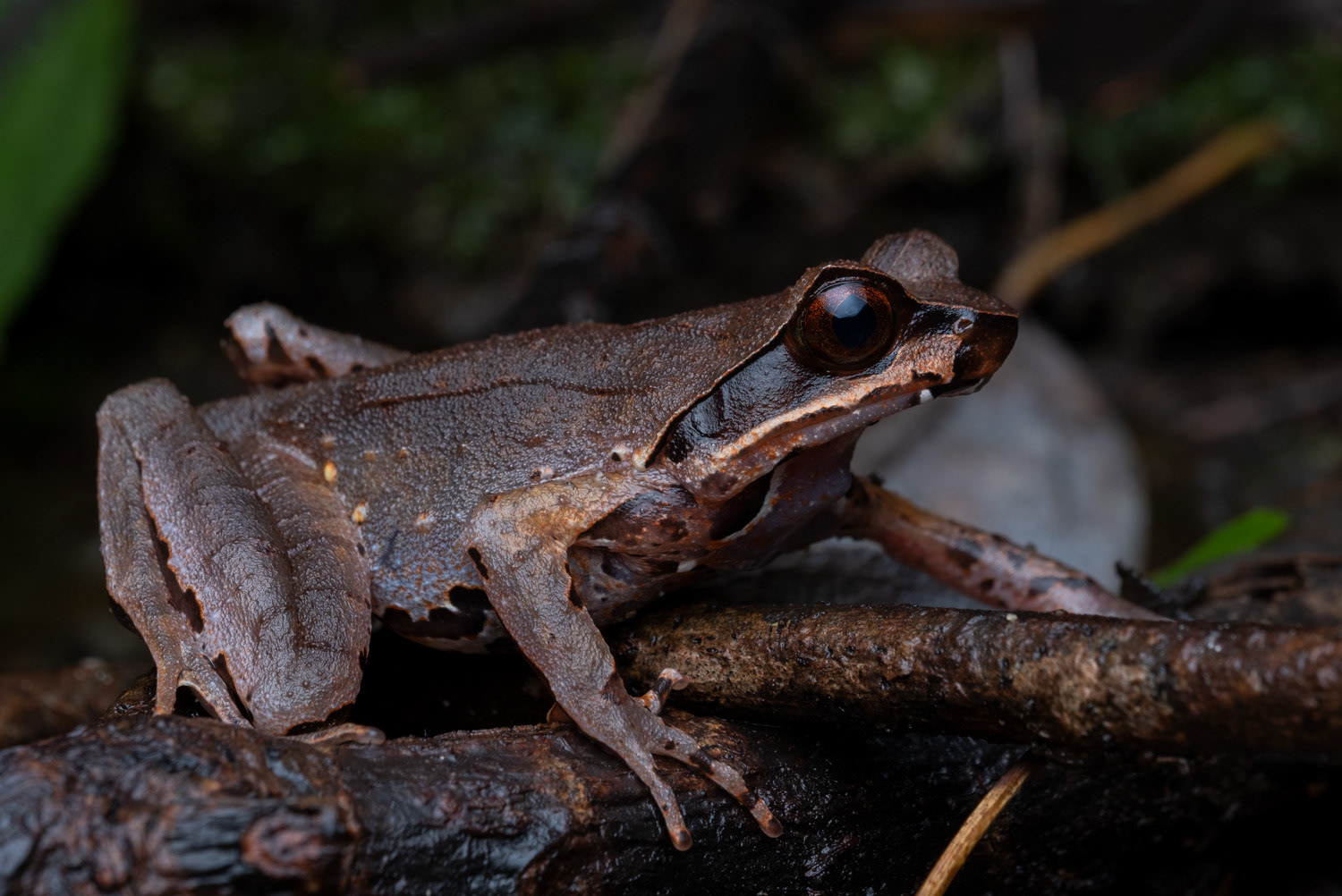
White-lipped horned frog (Megophrys major).
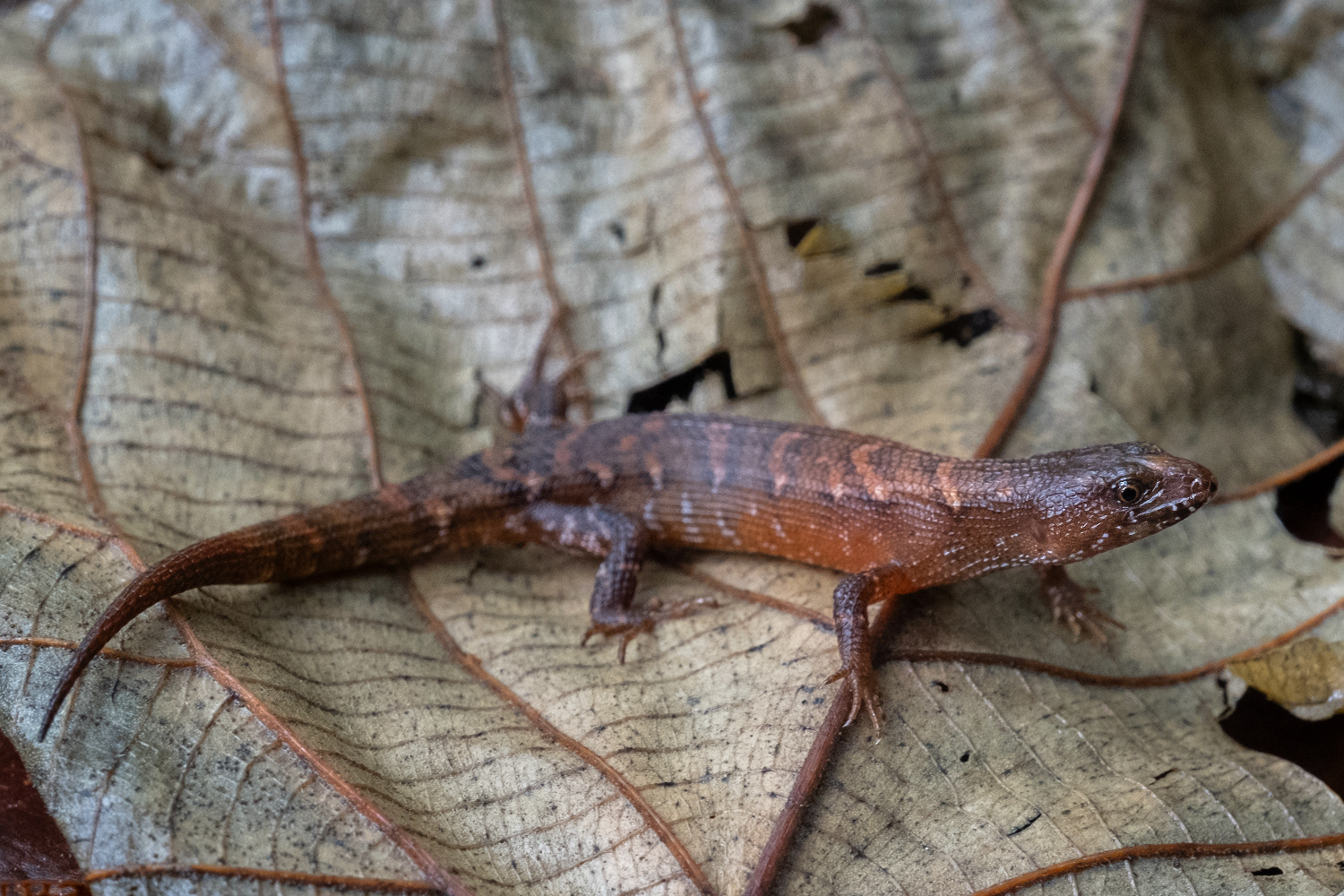
Thai stream skink (Tropidophorus thai).
The herping agenda for an average day on this expedition is breakfast at 8-9am, followed by road cruising and trail walking during the daytime, usually starting around 9-10am in the morning, with breaks in the afternoon for rest and dinner. Dinner is served at 5pm as we must be out at sunset to make the most of prime time. At night, we will road cruise during peak activity hours, supplementing the evening activities with stream walking, roadside shining and hiking on trails. Activity tends to slow down after 11pm, so we typically finish herping around midnight. We will be split into two or three separate groups on most days, and will share our best finds together. Covering as much ground as possible is essential for finding the most desirable species in this region.
